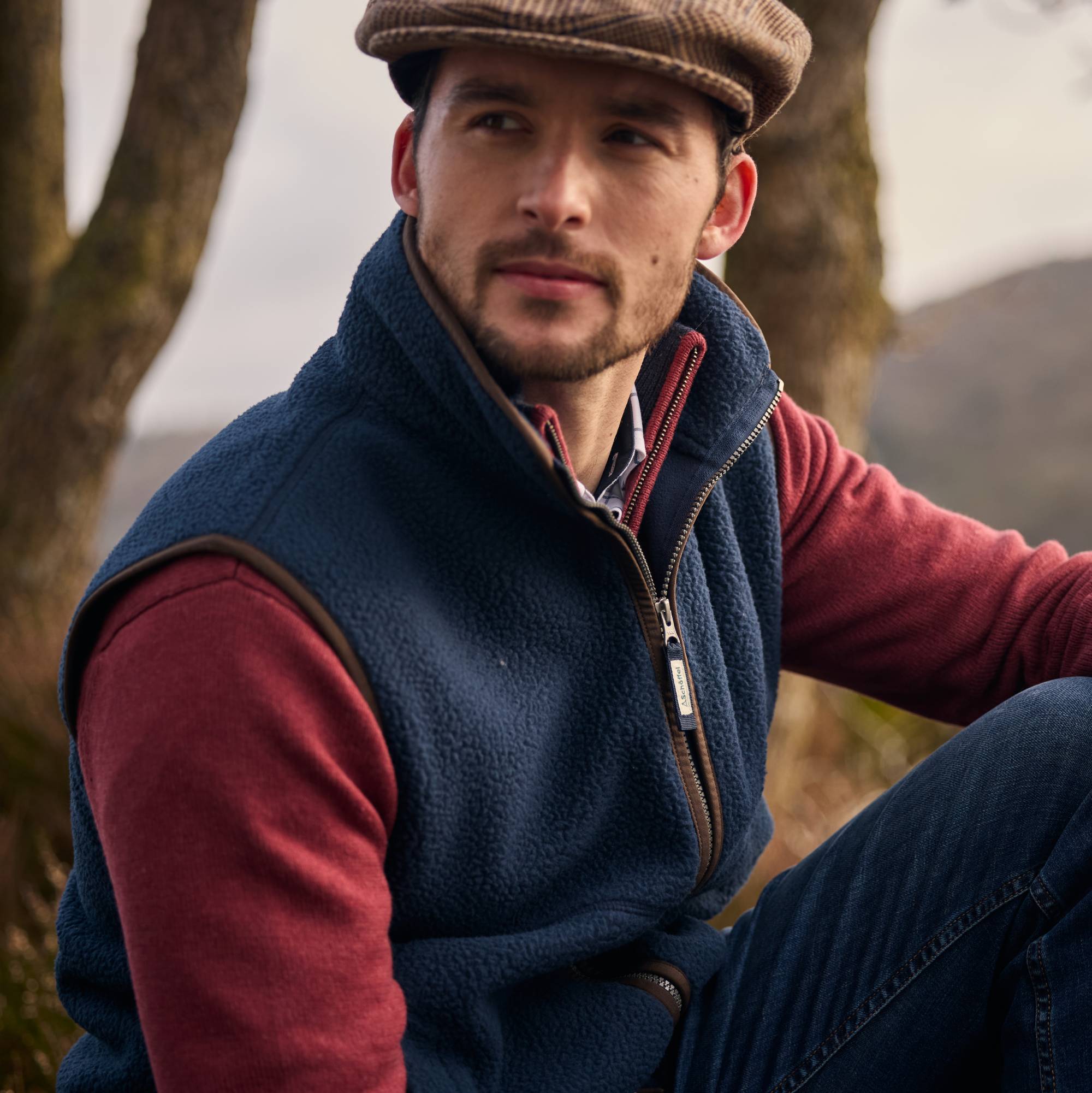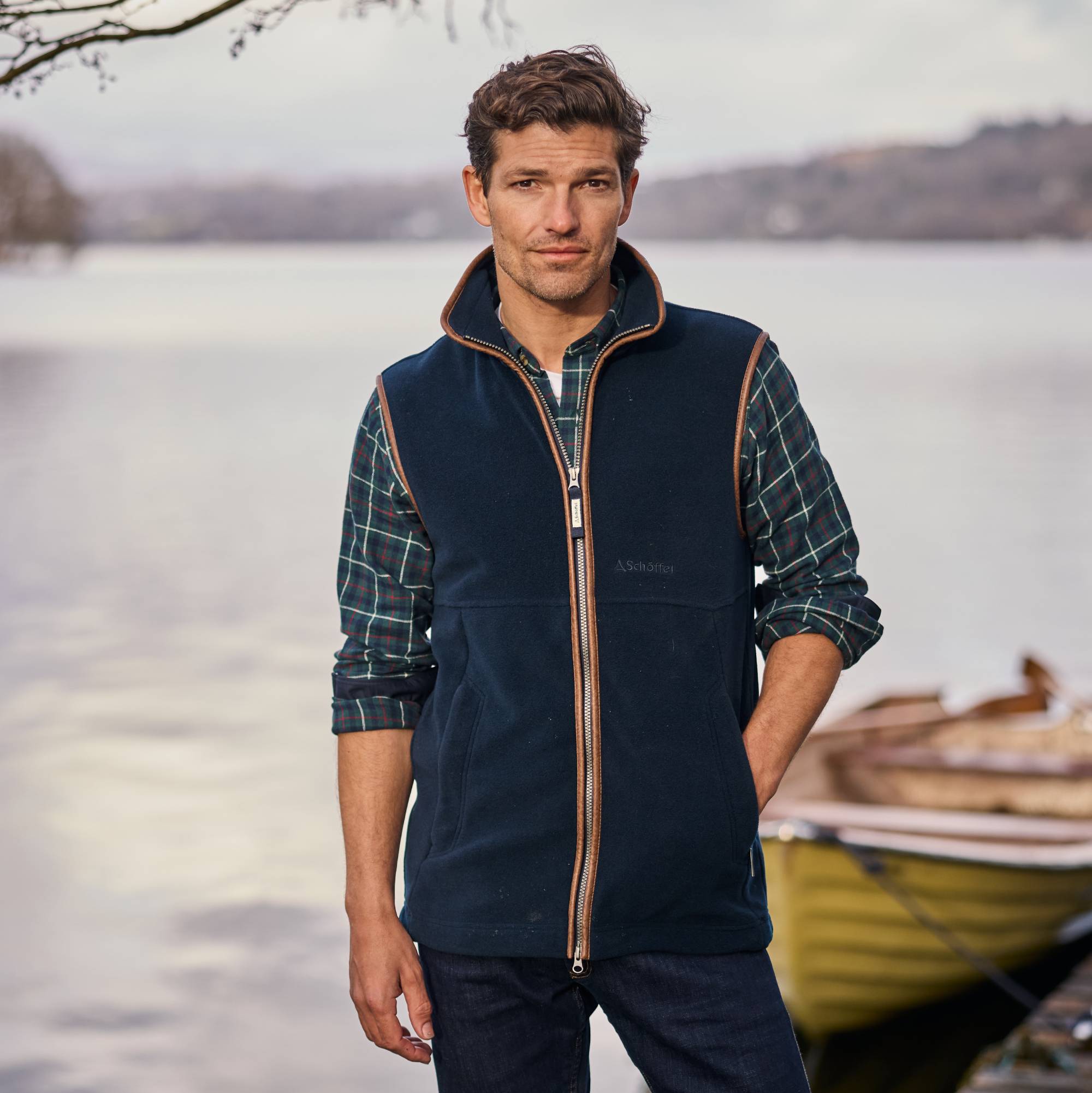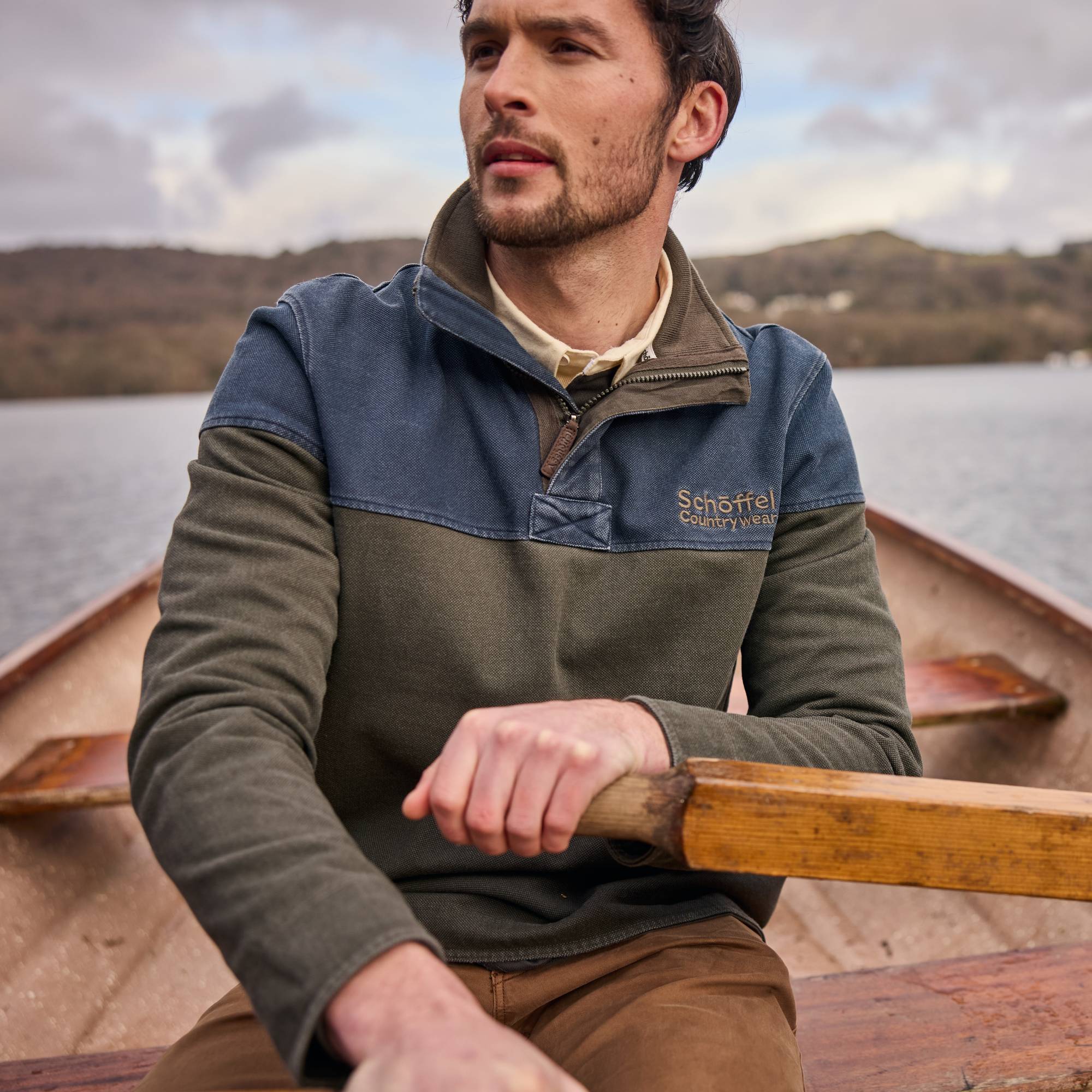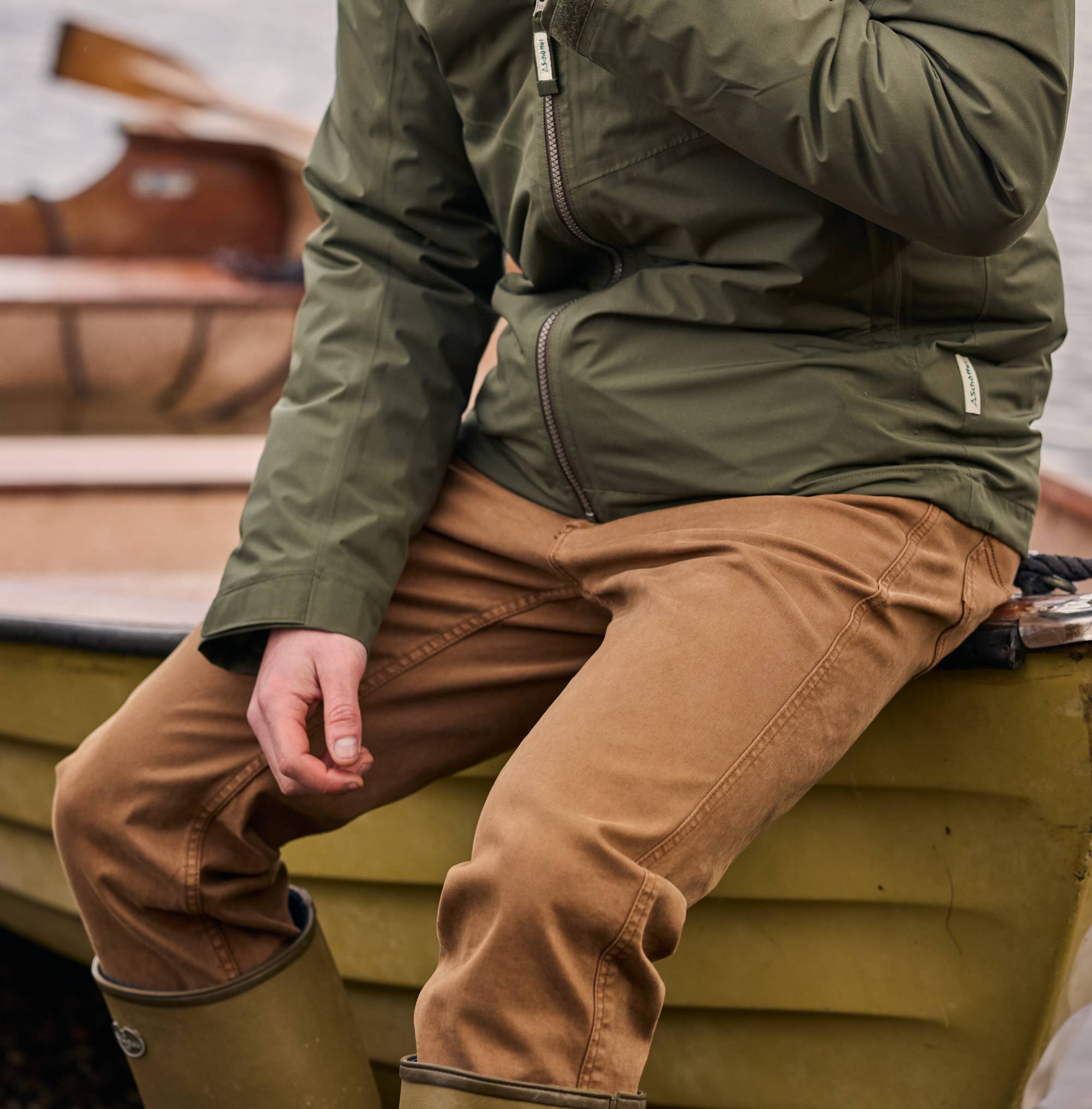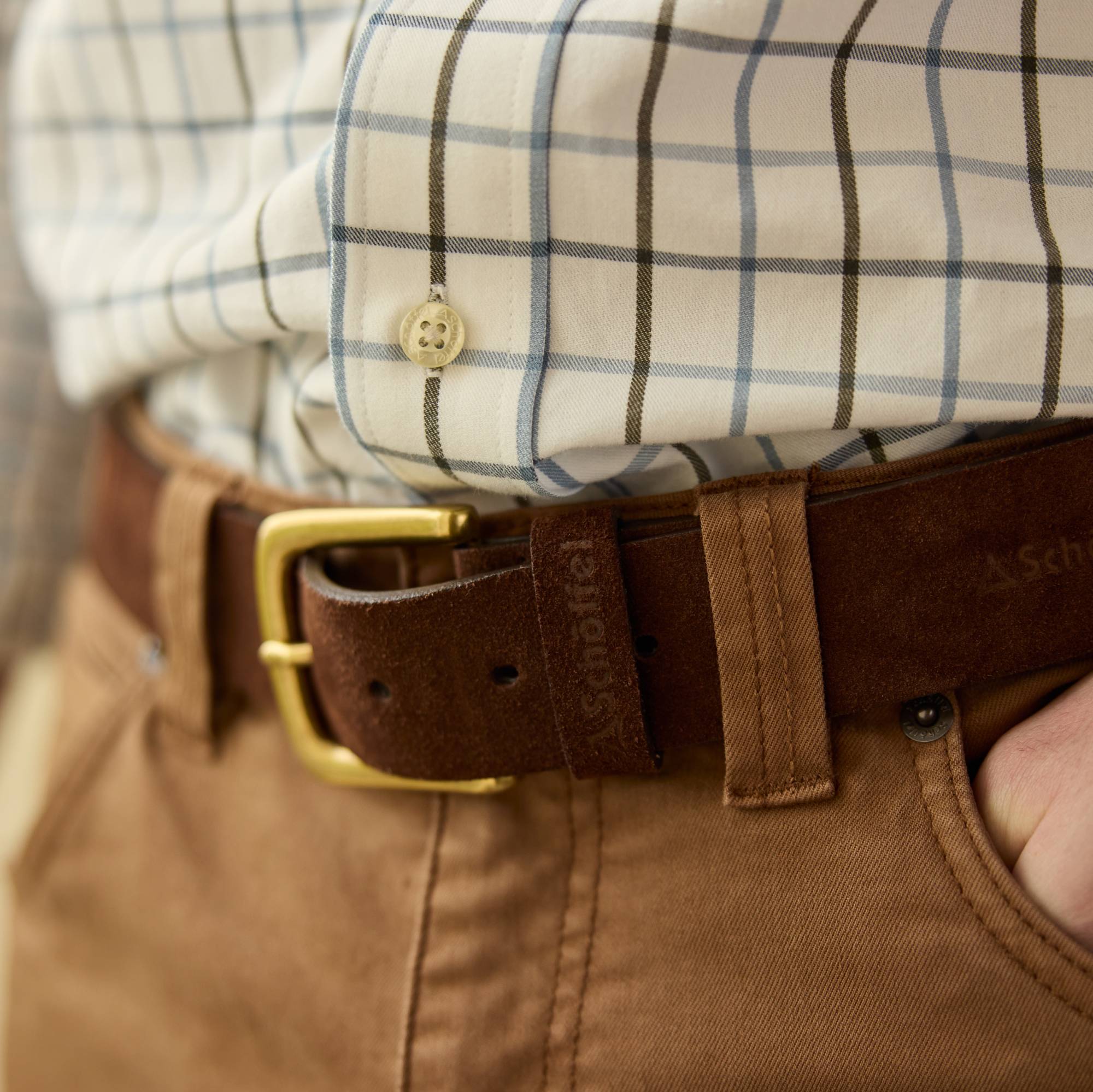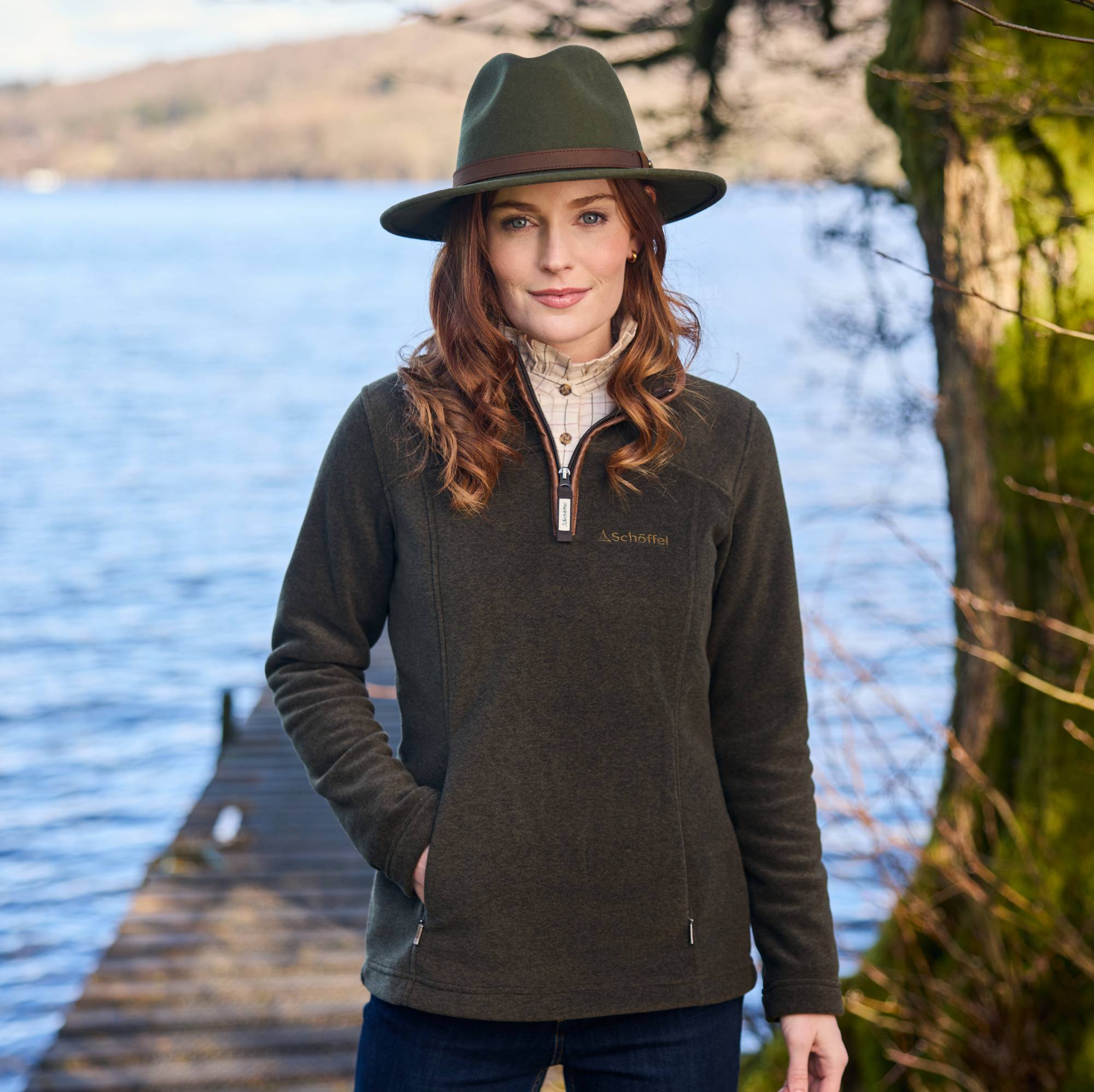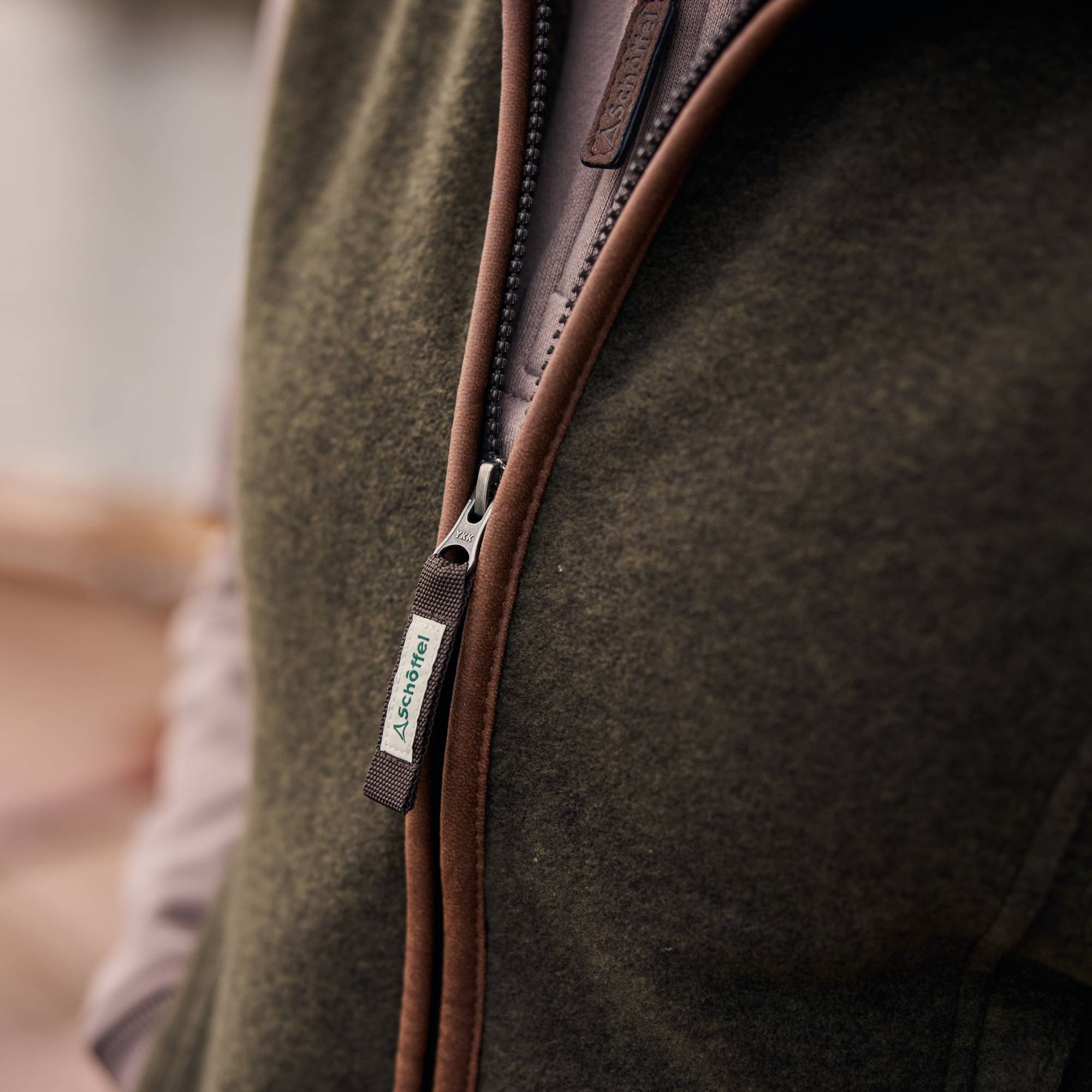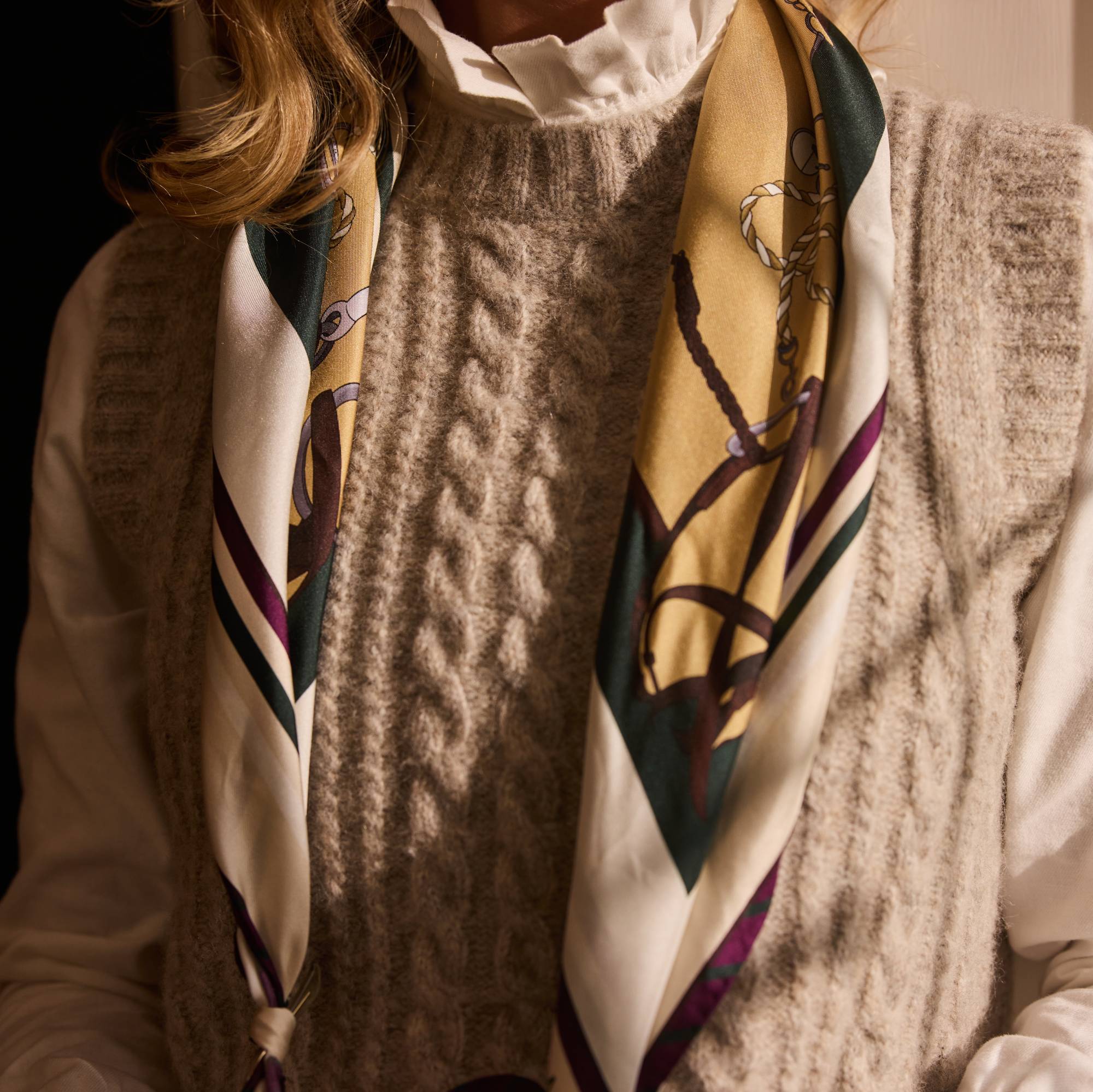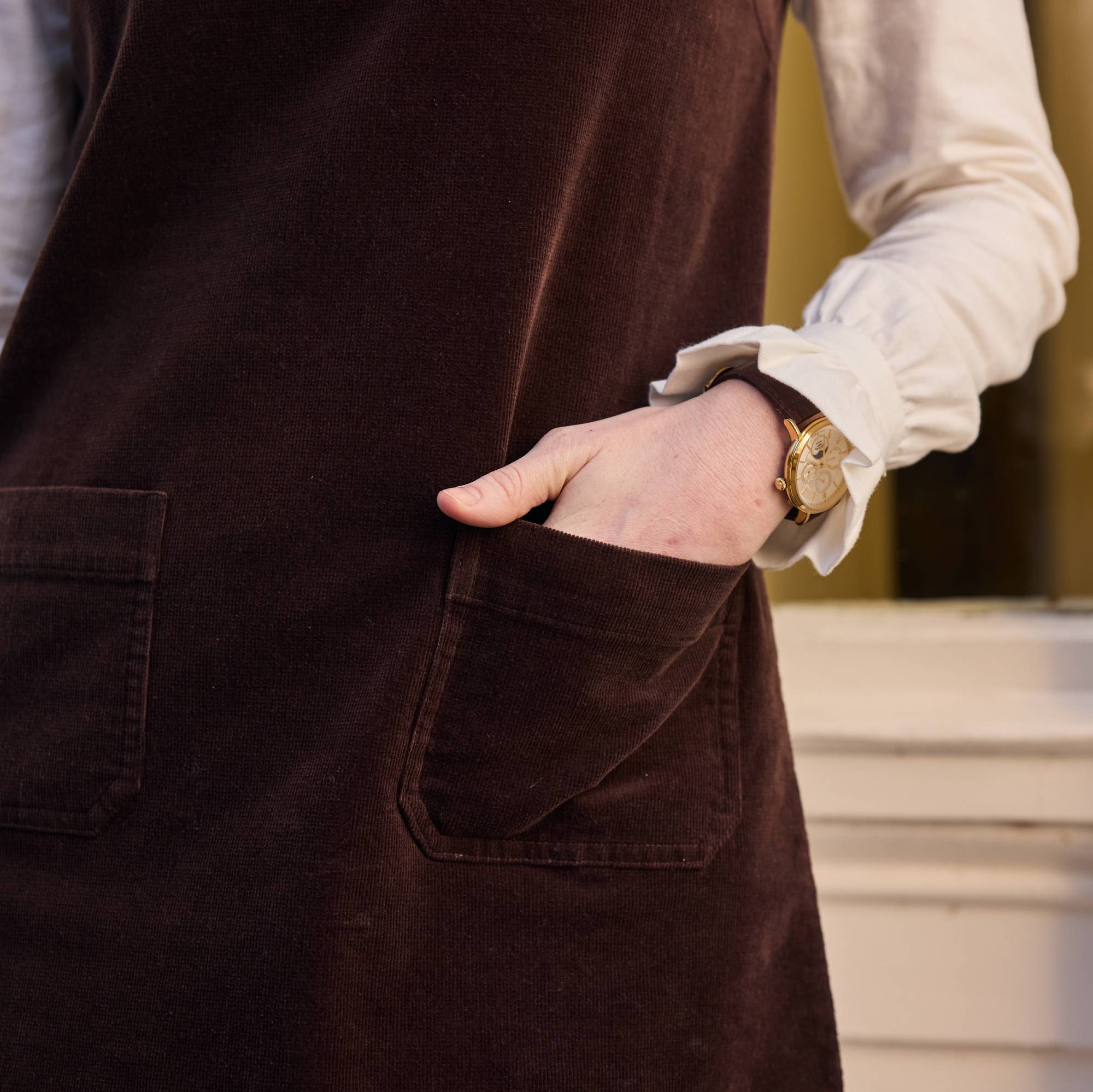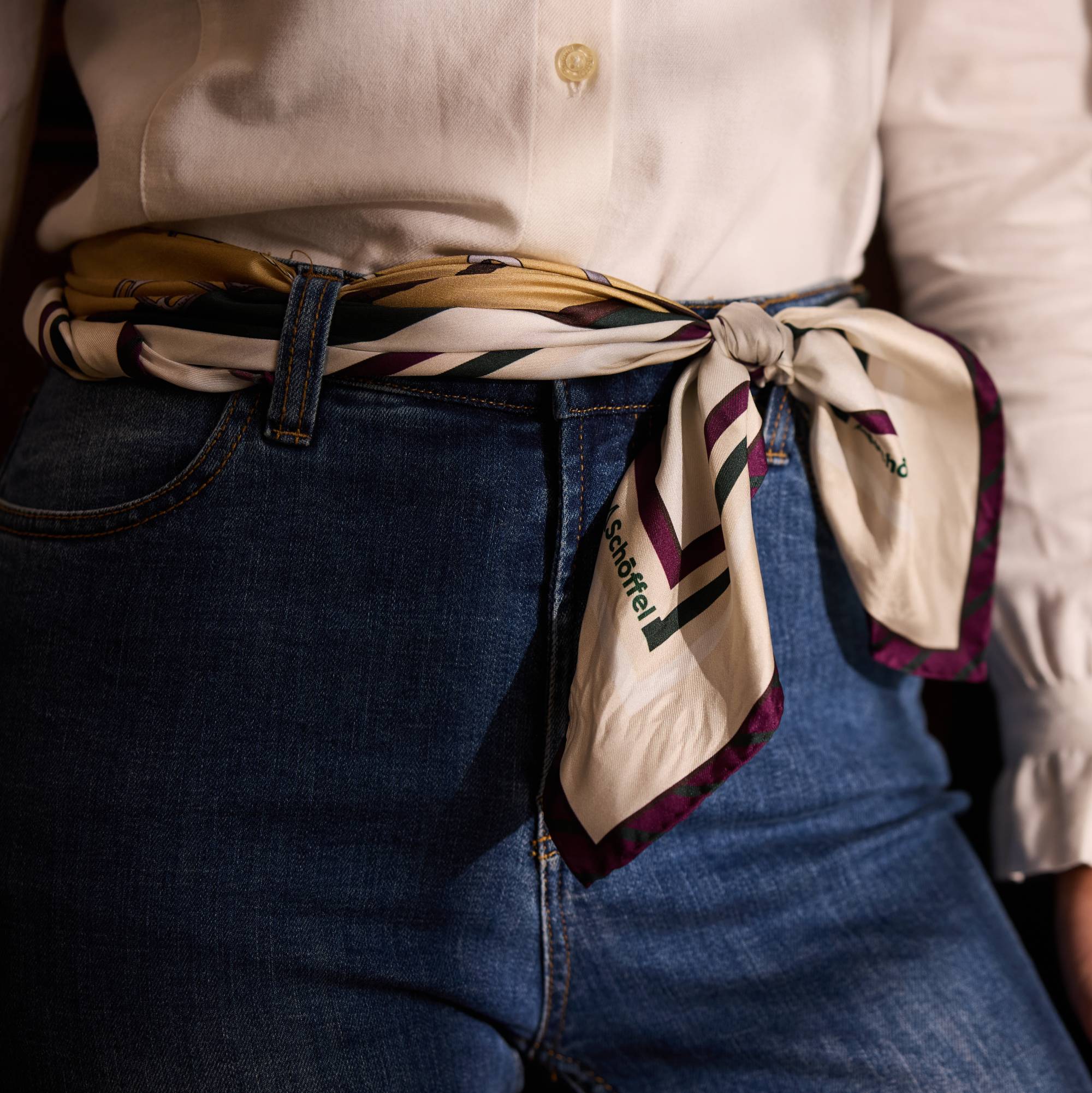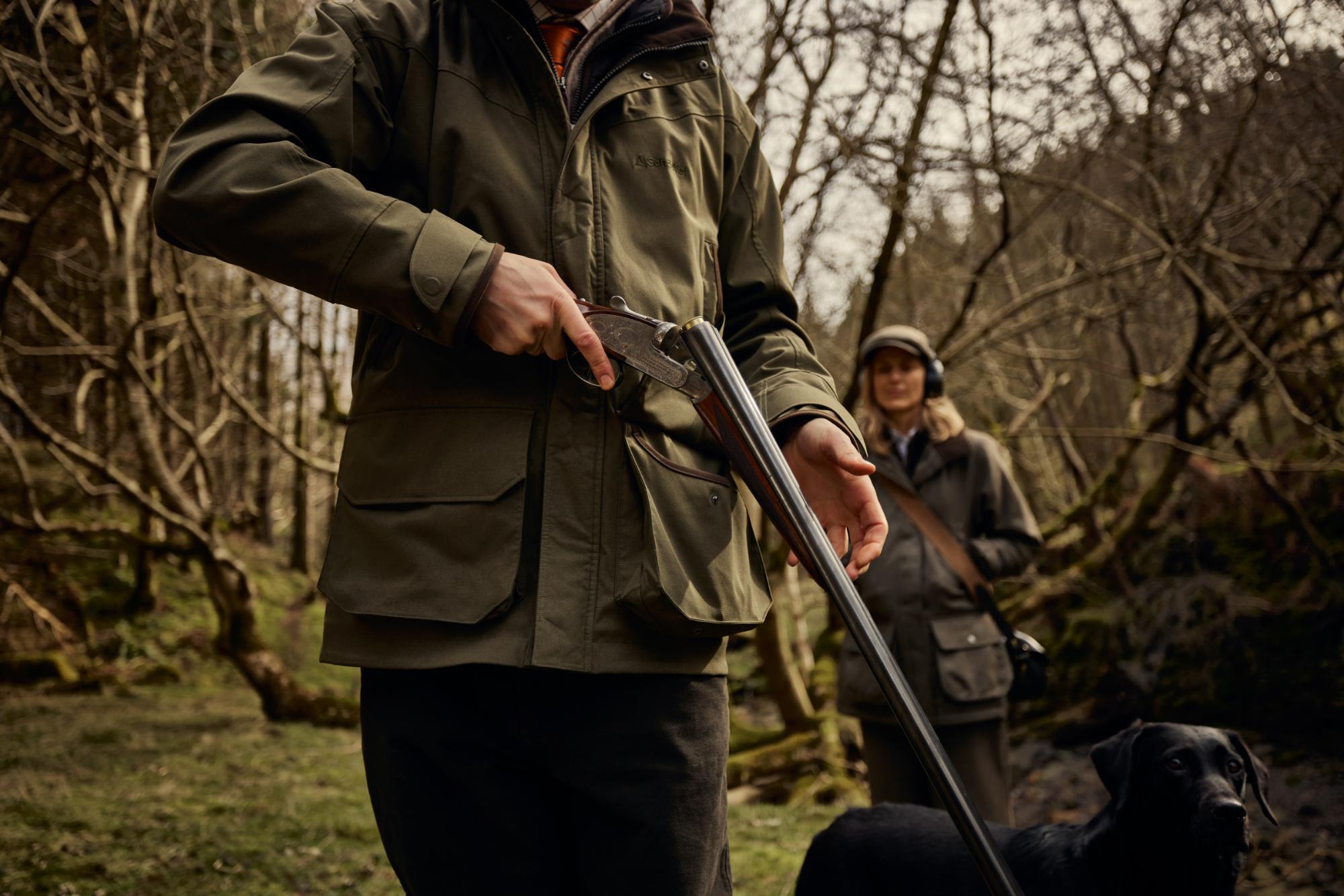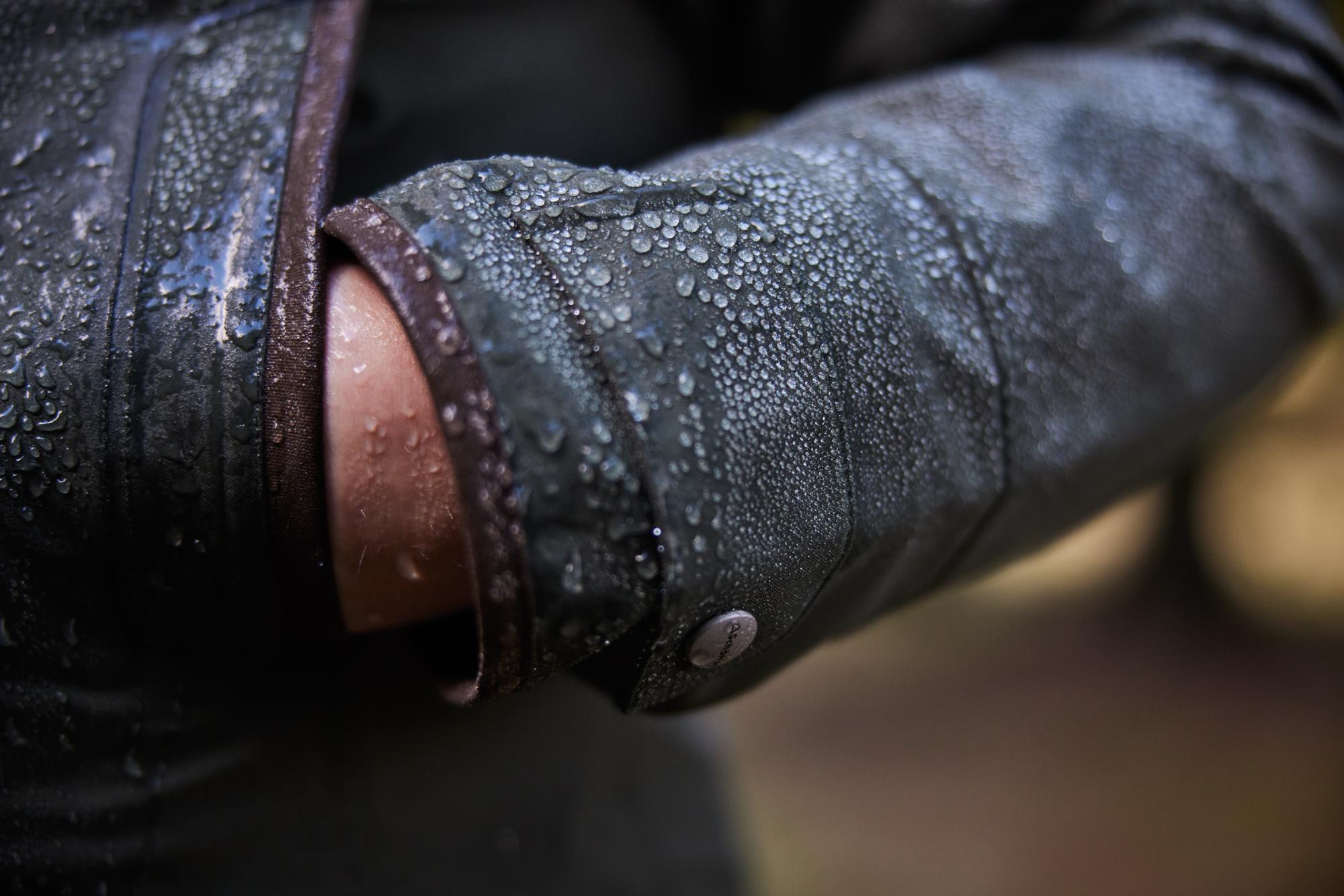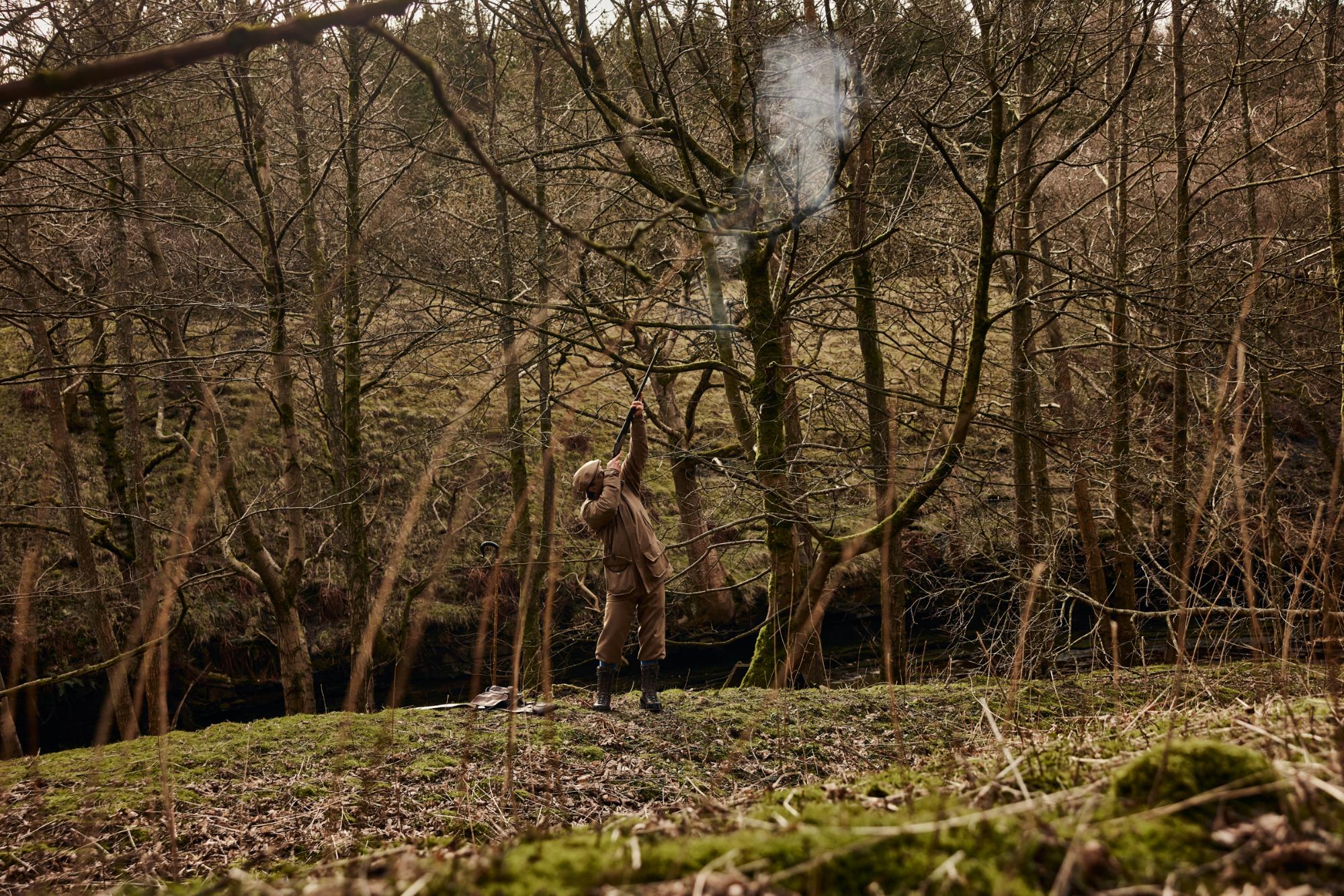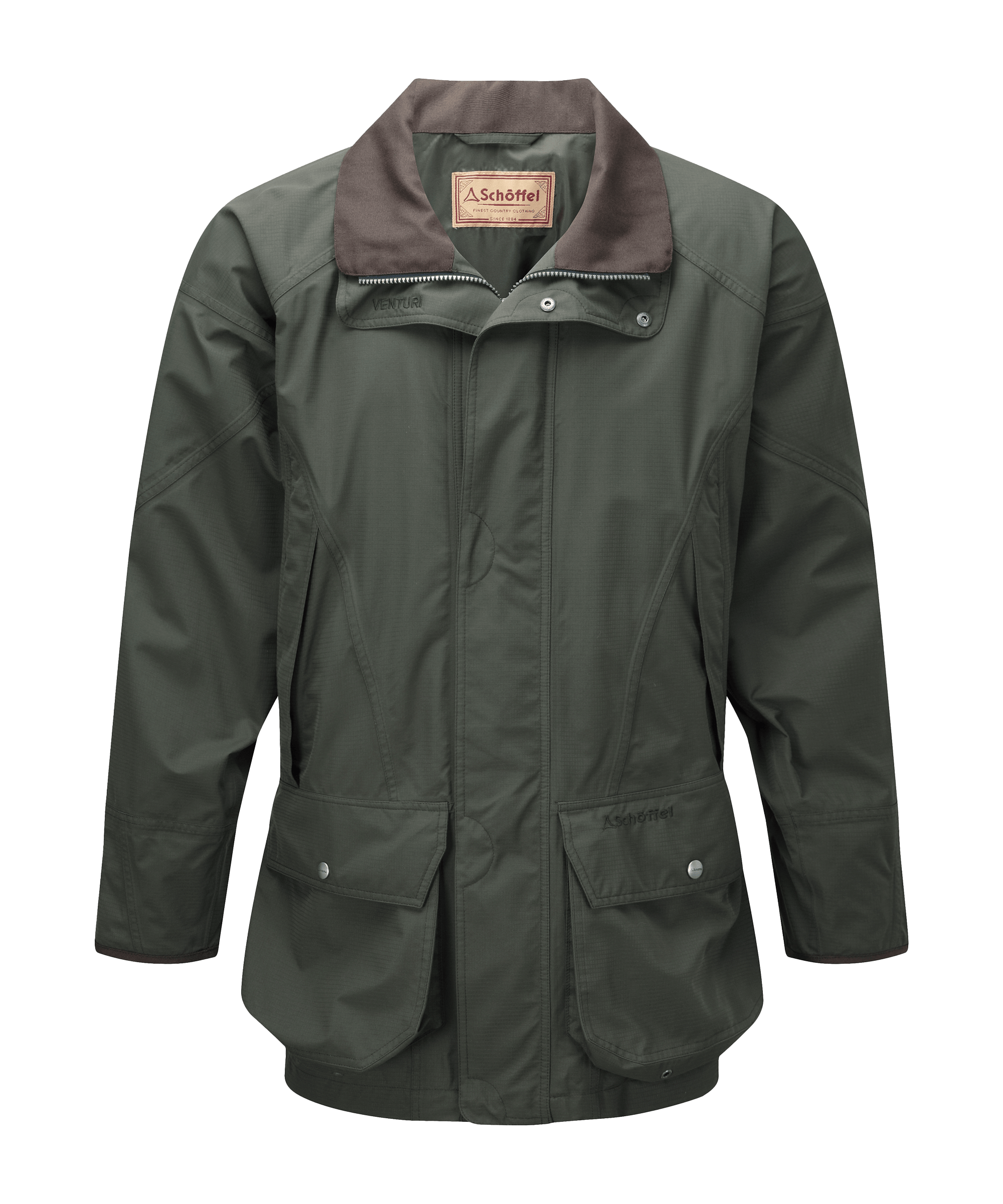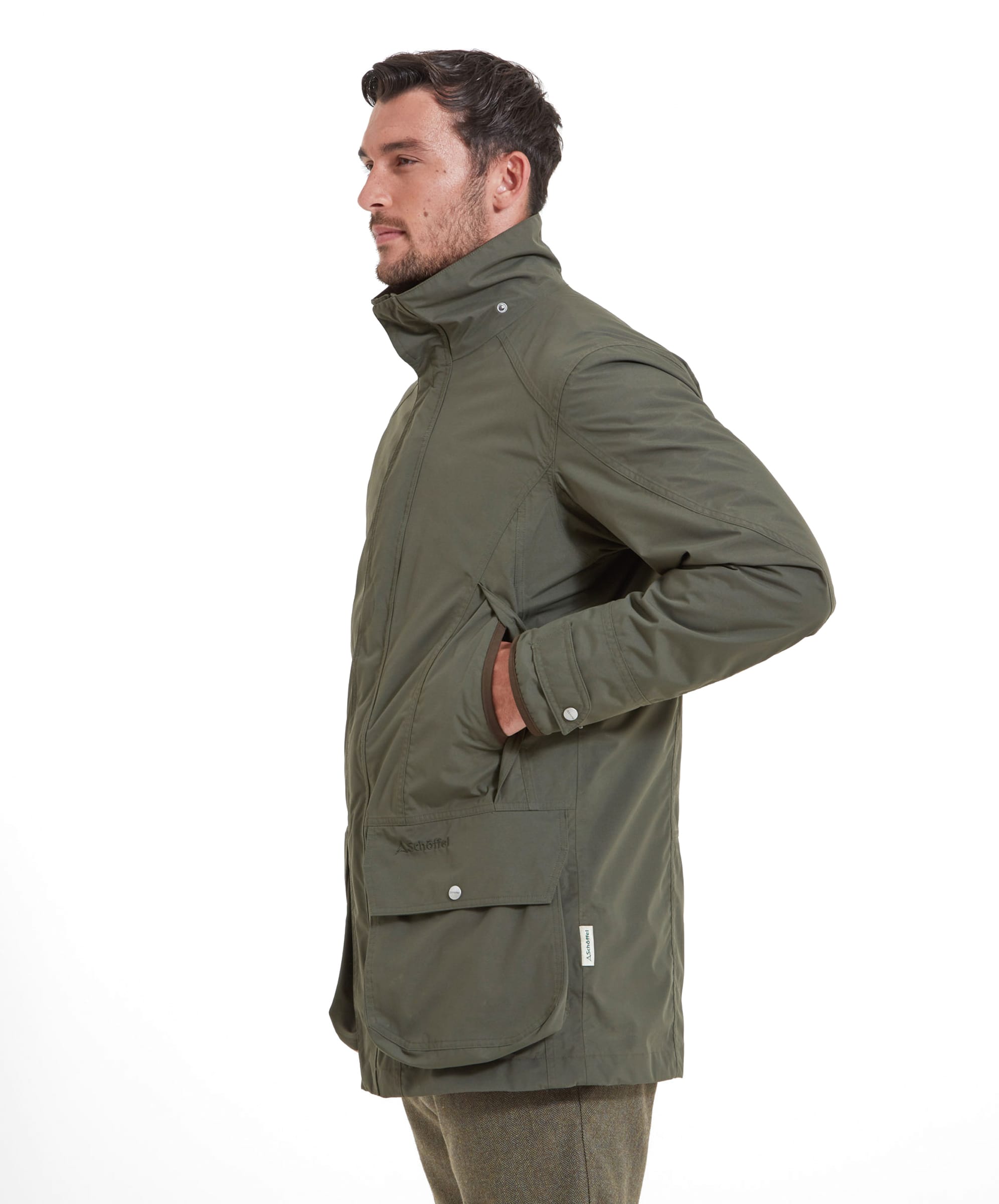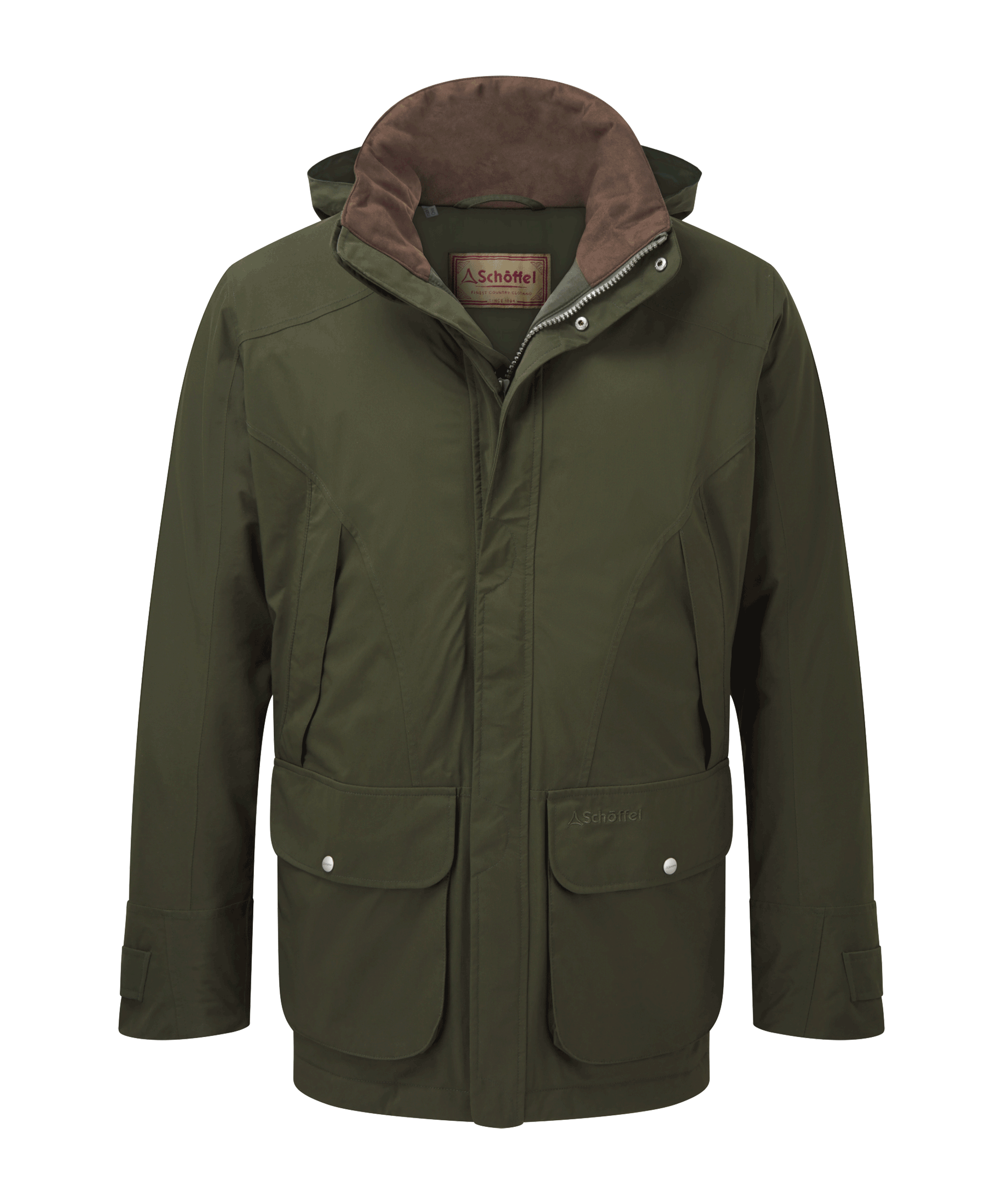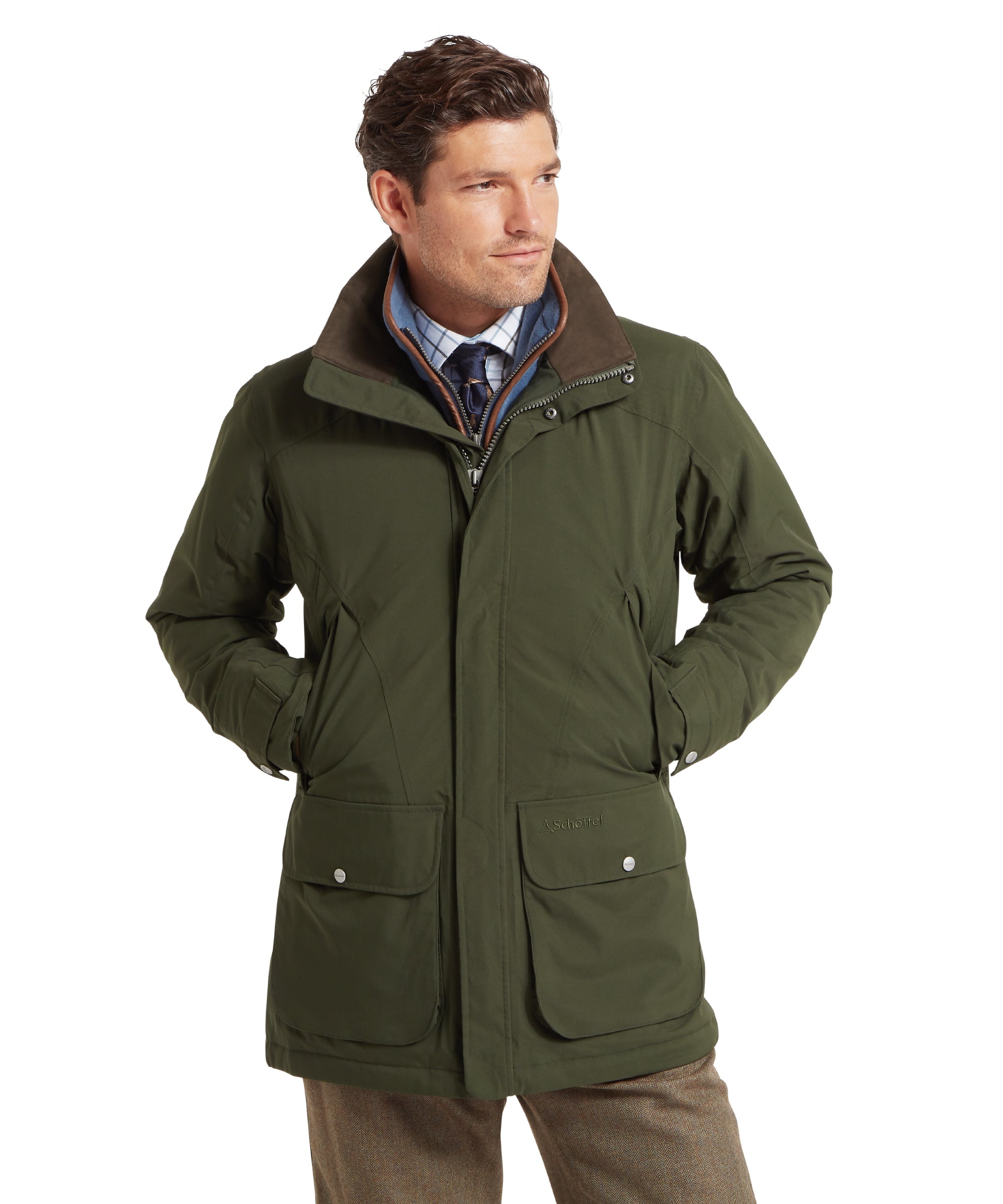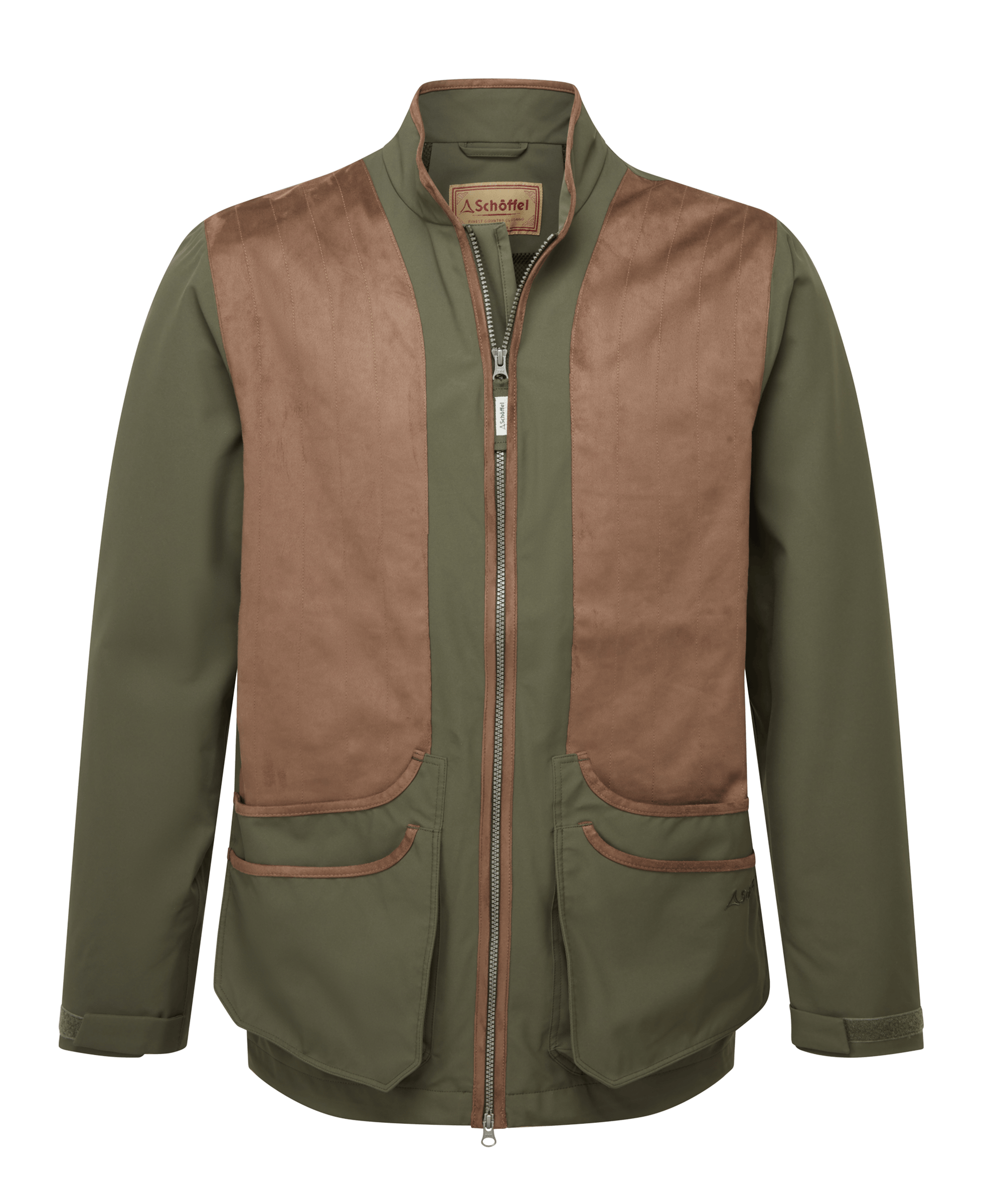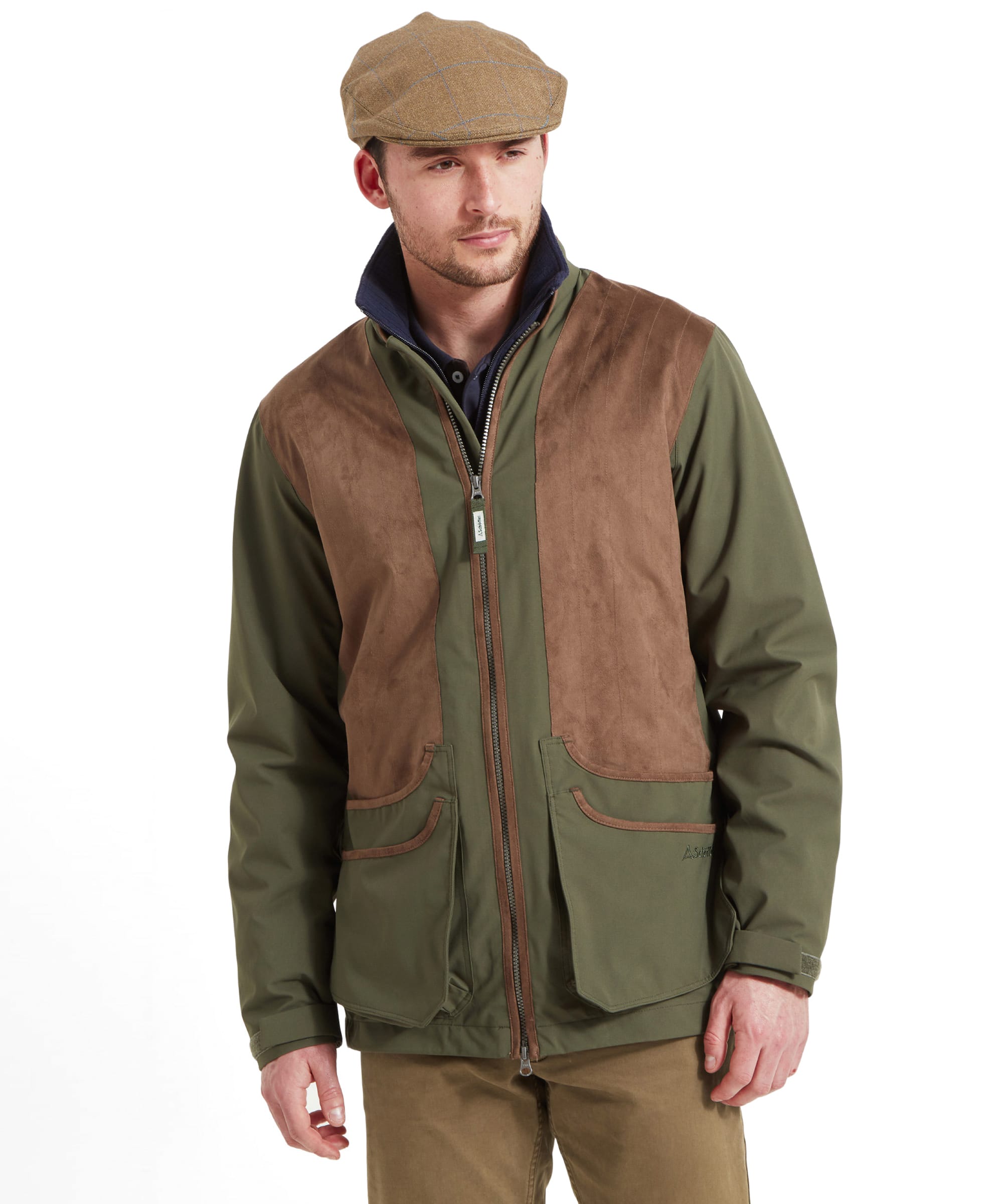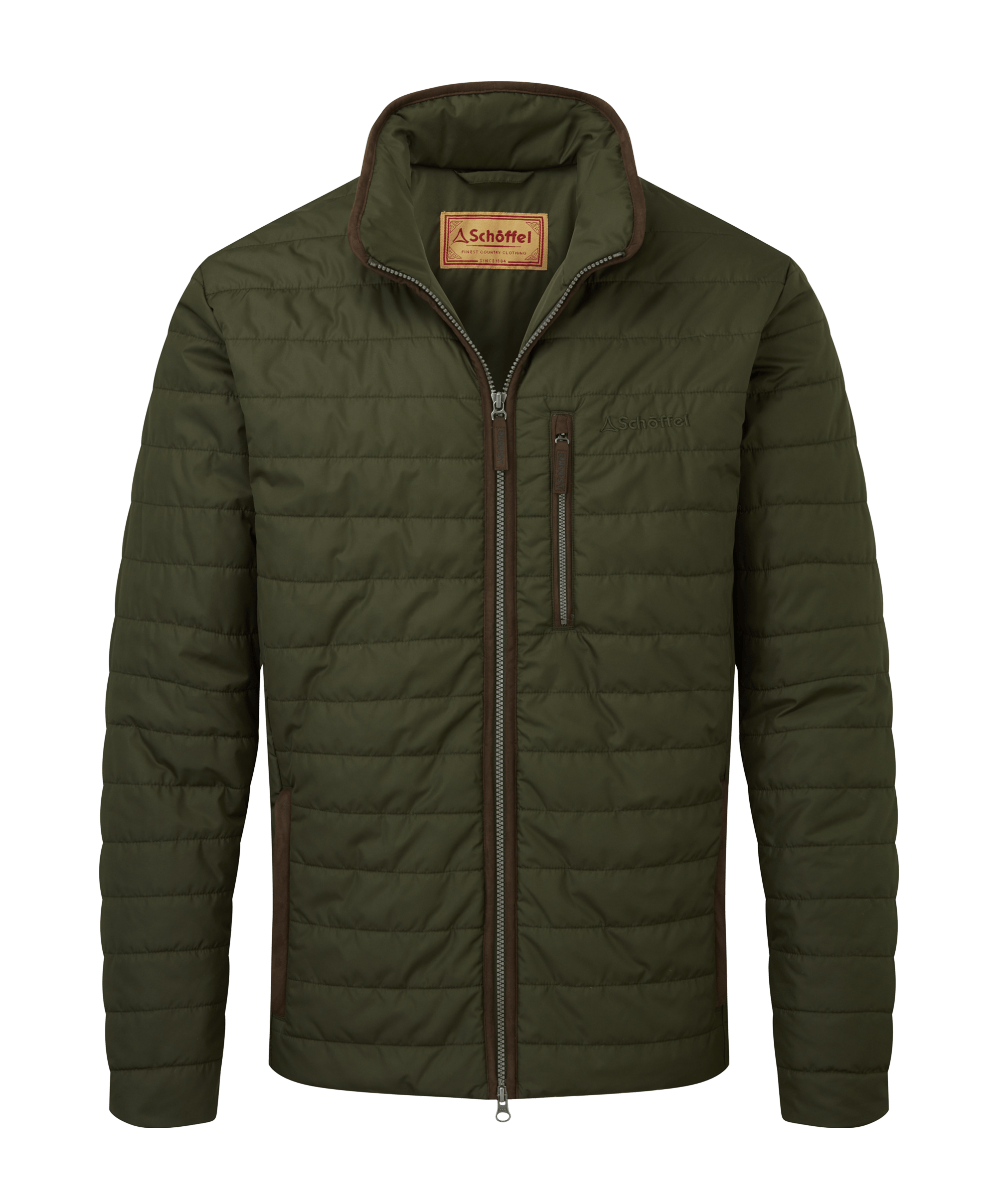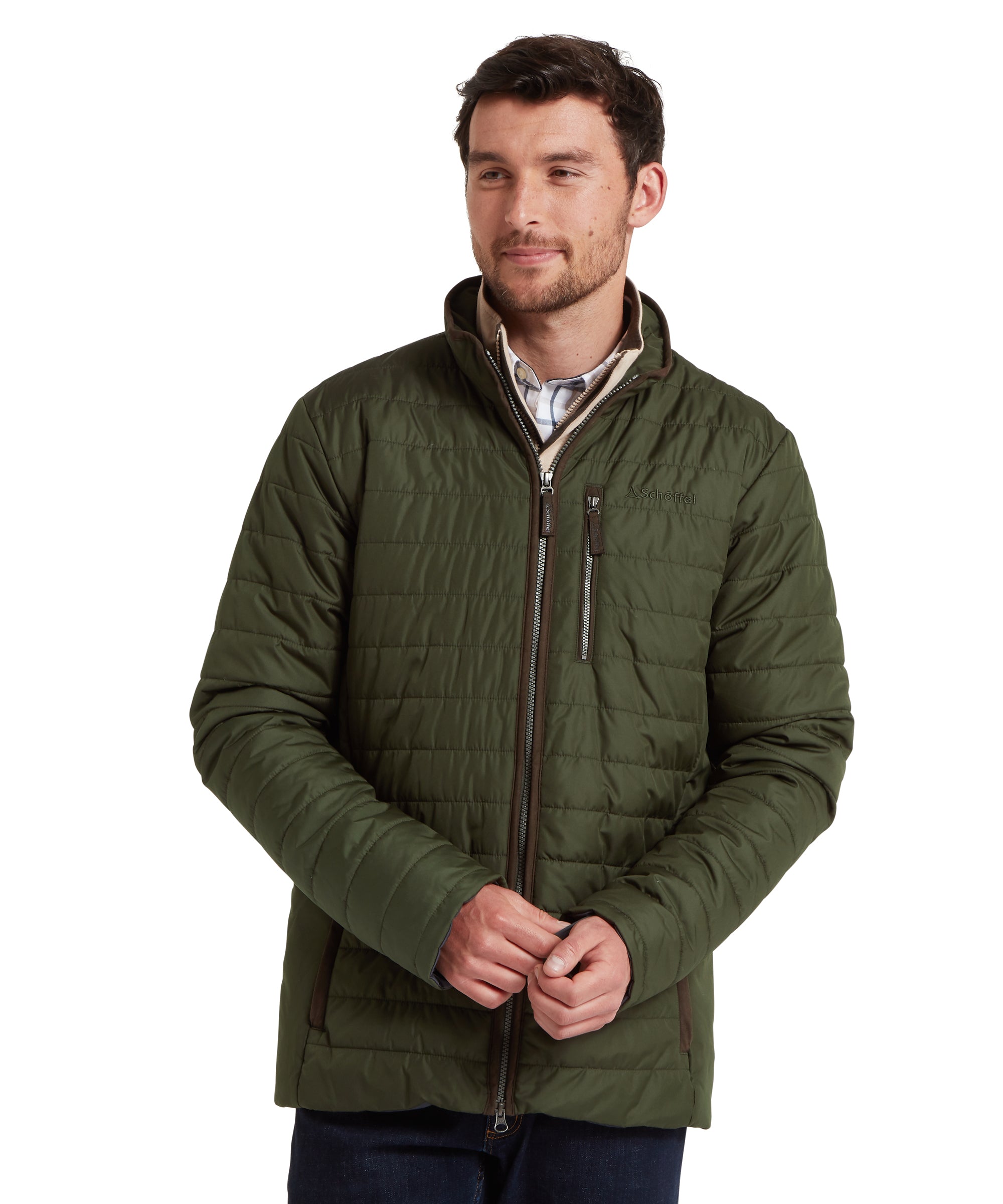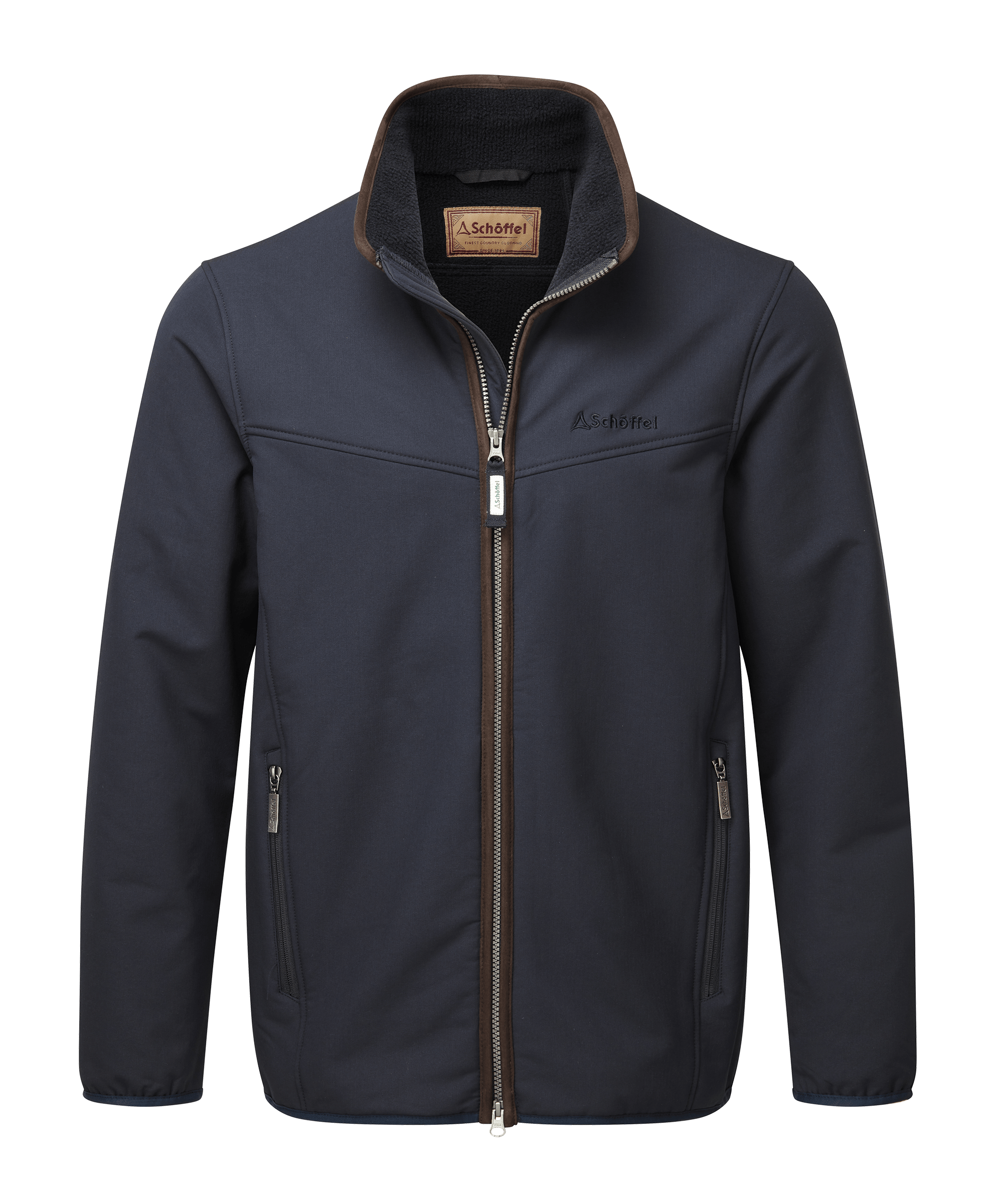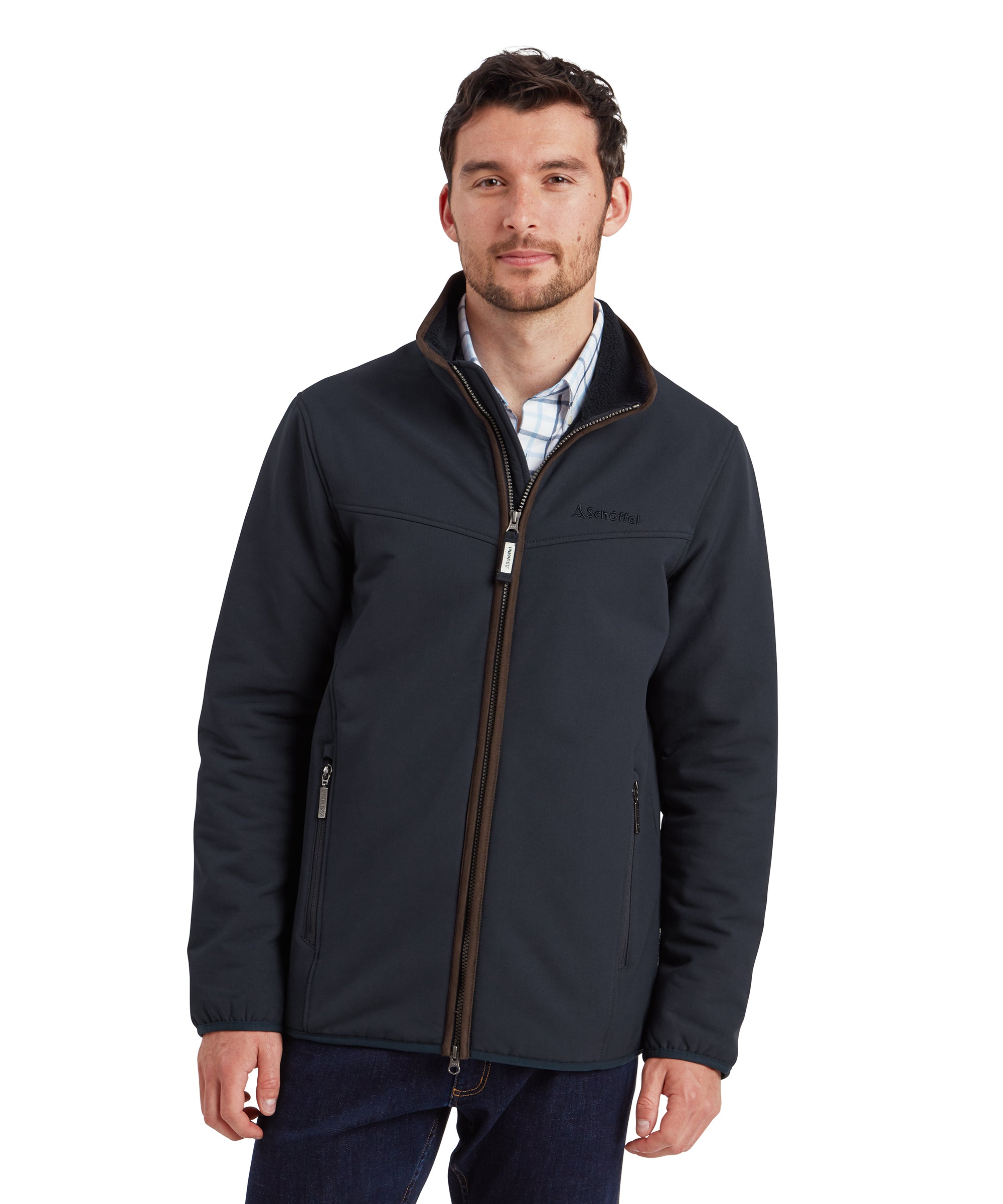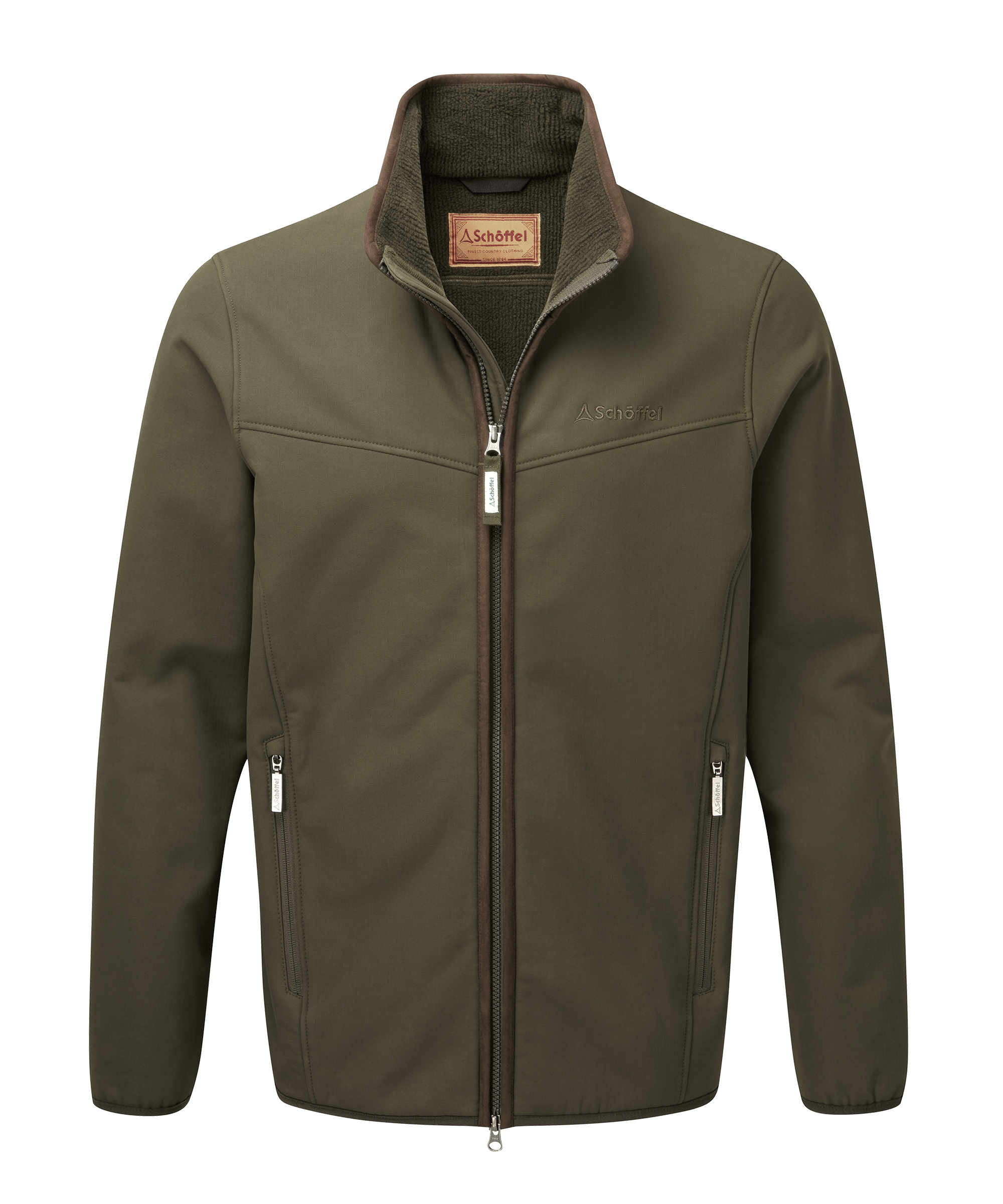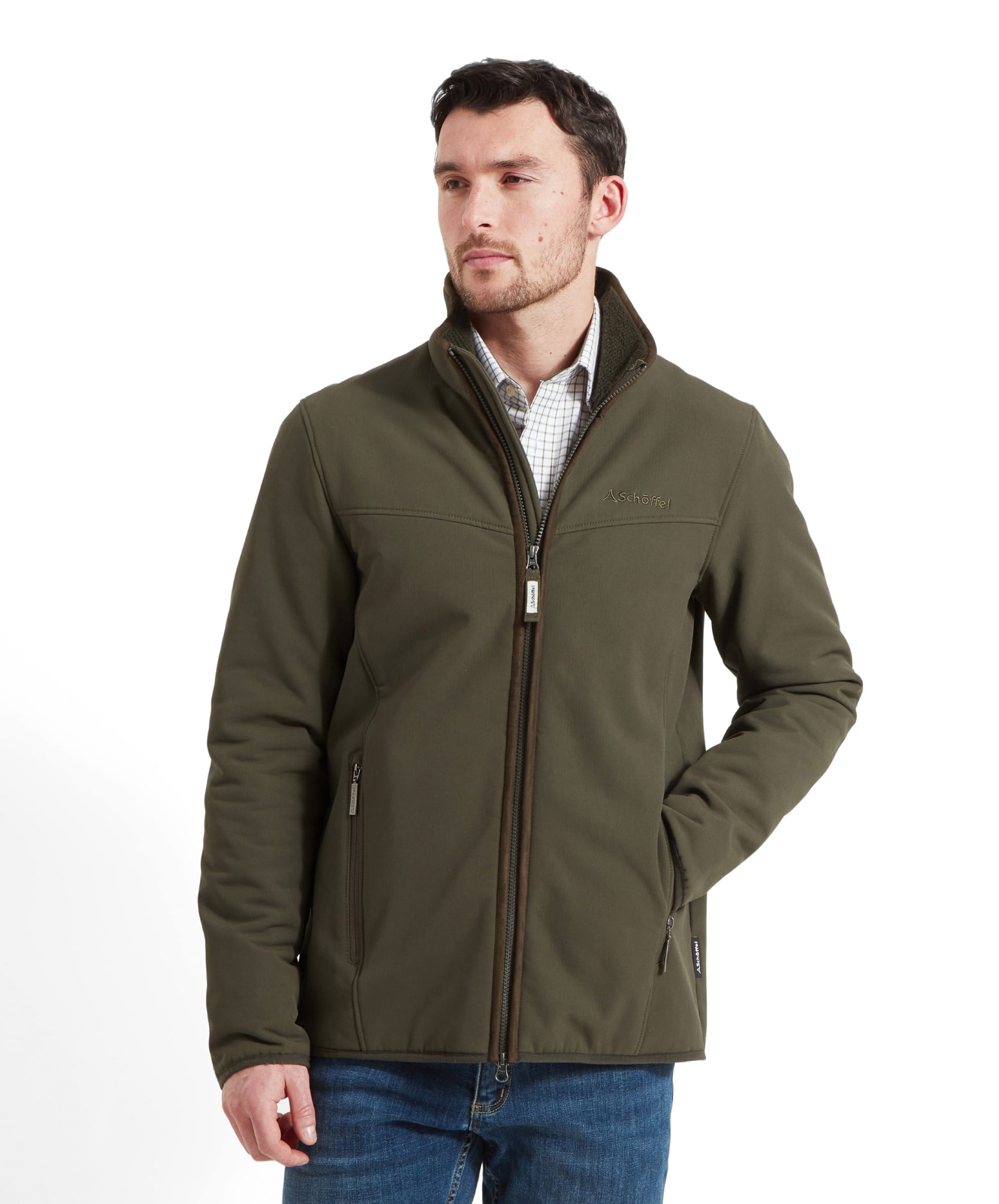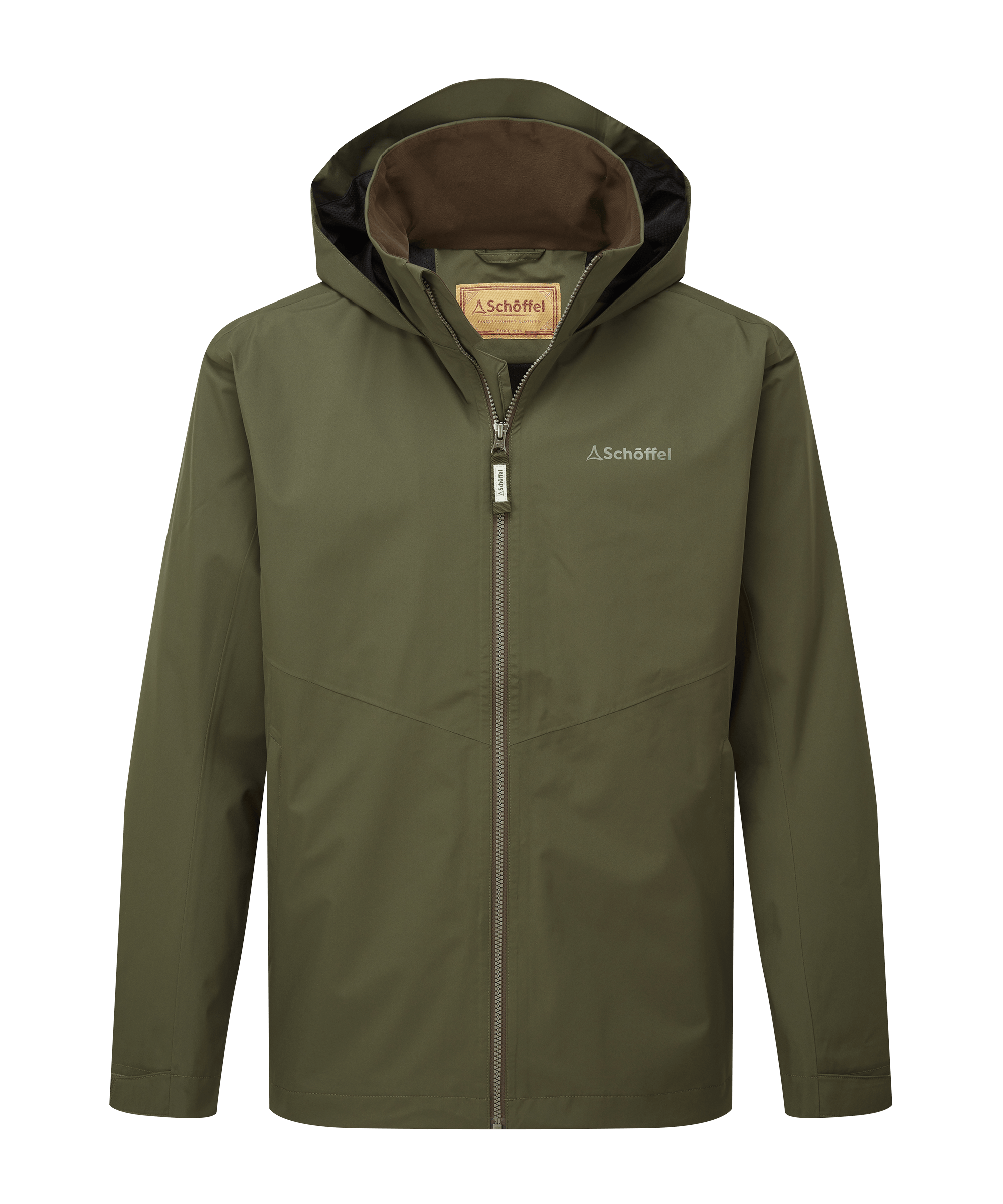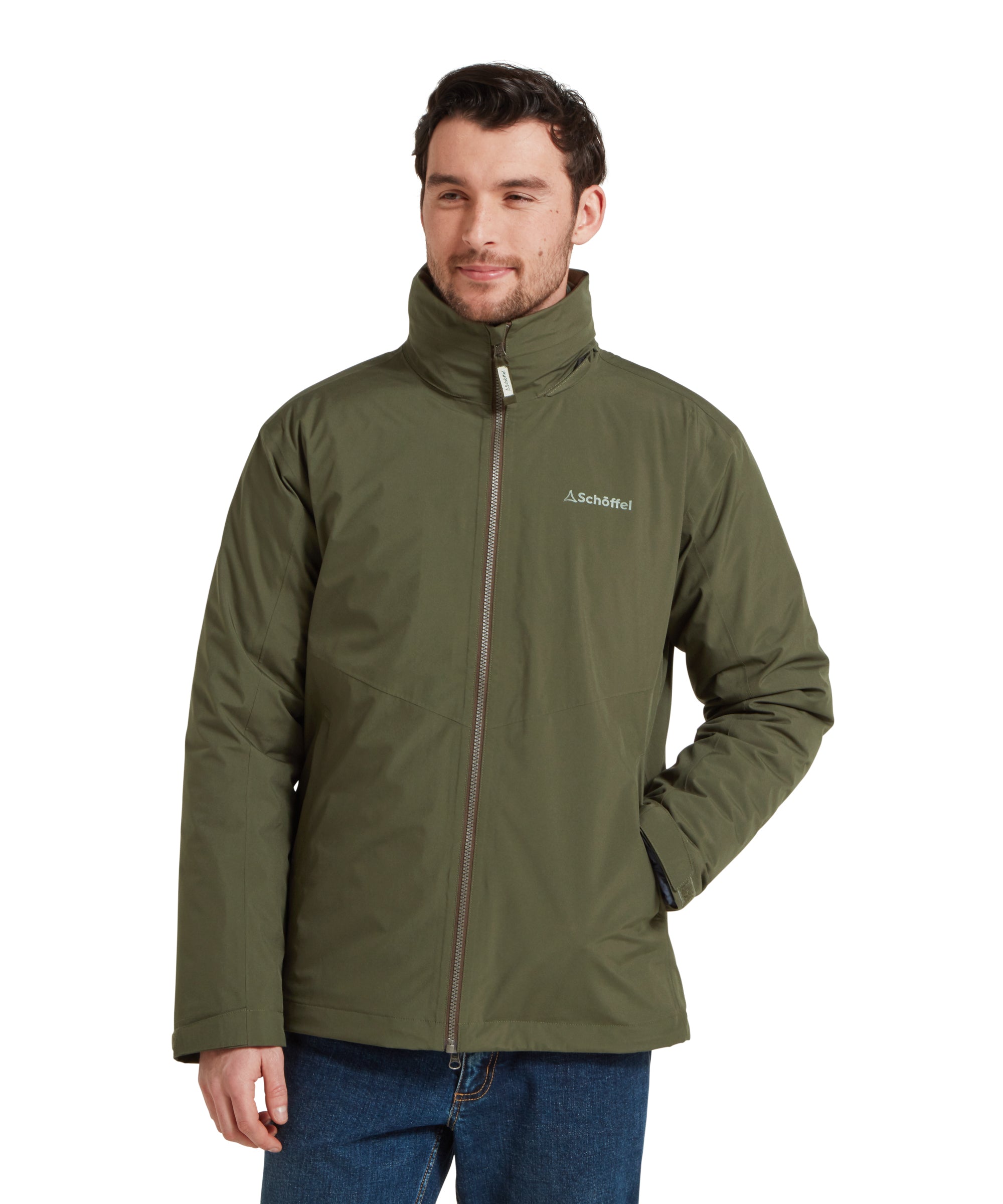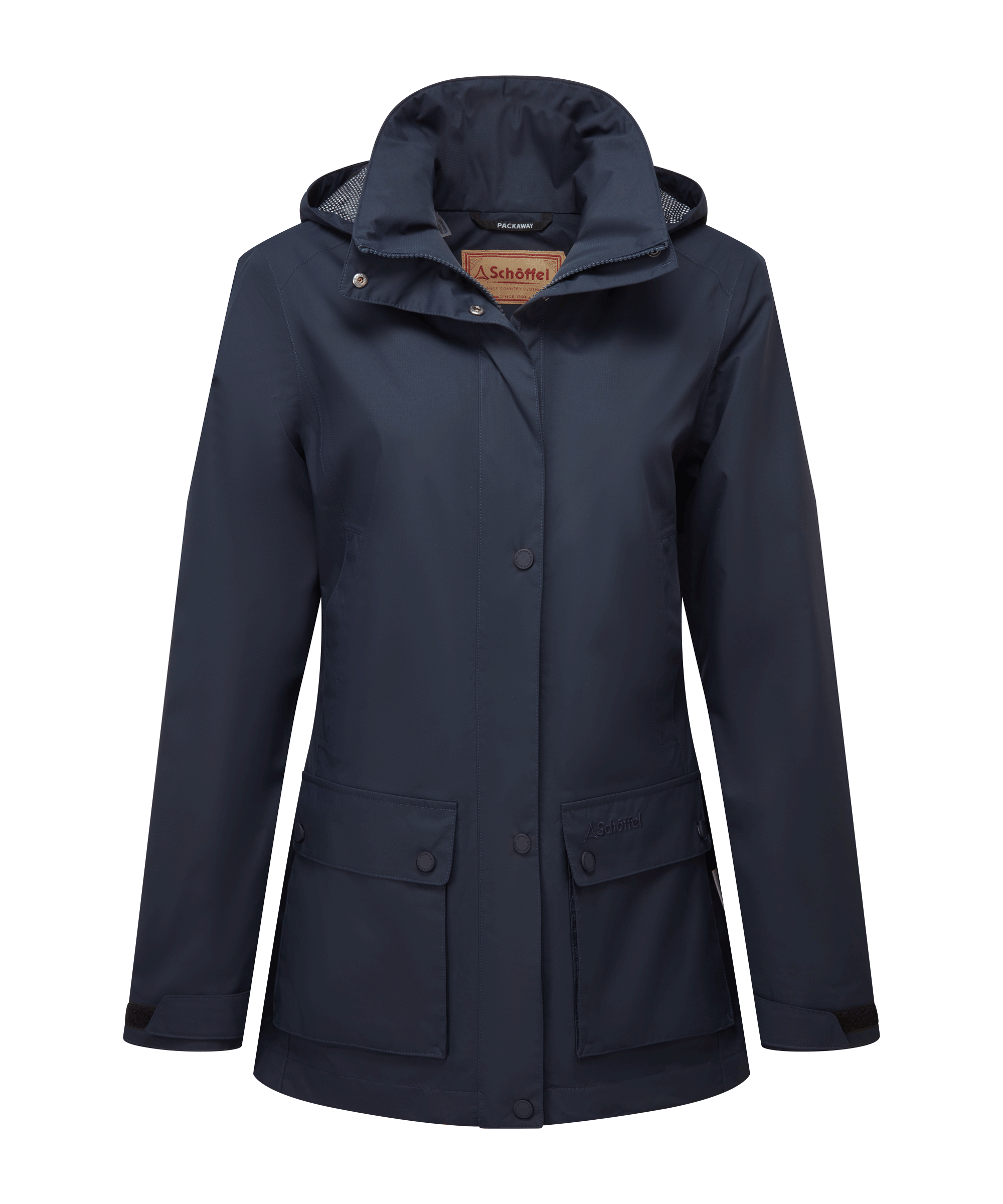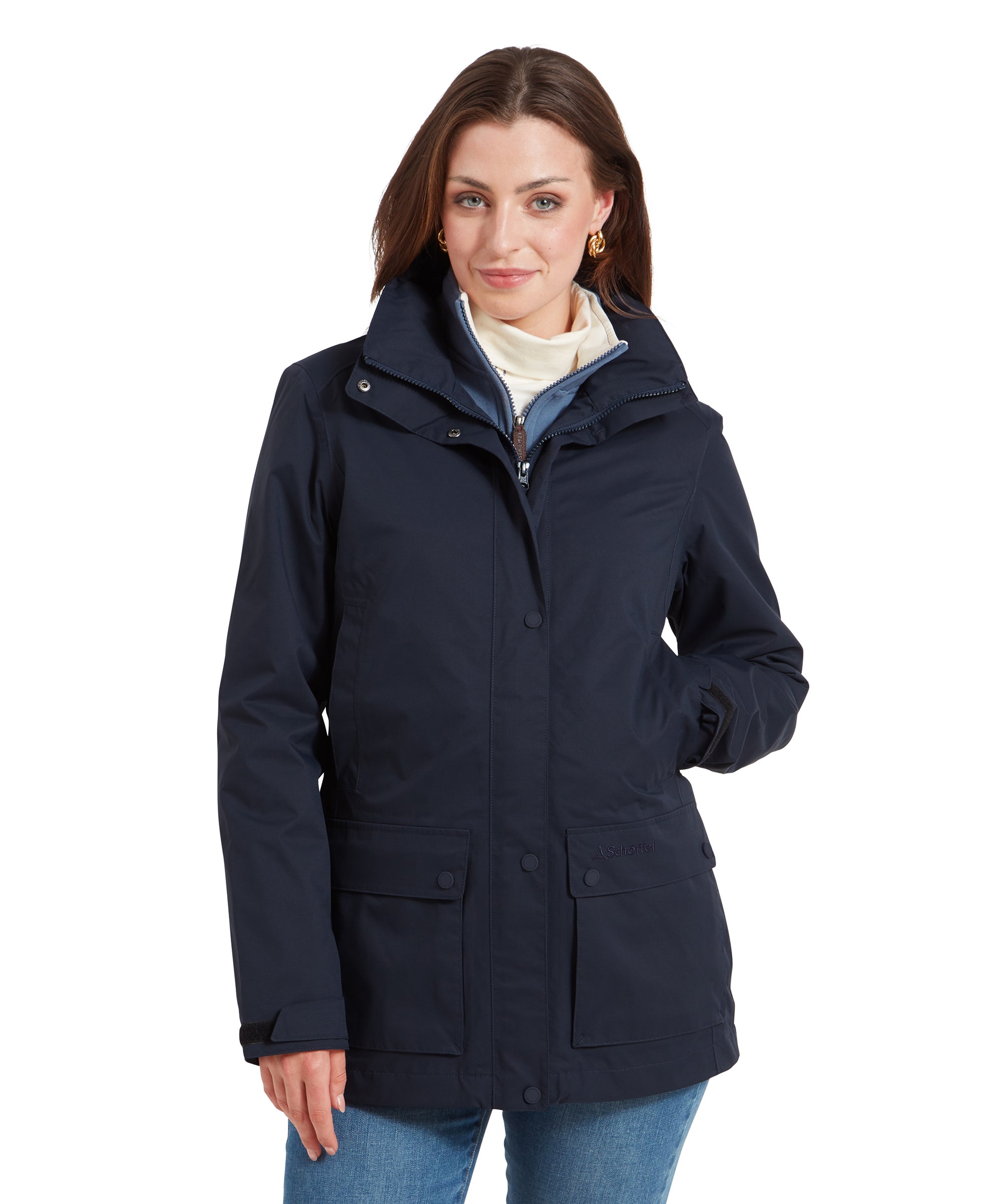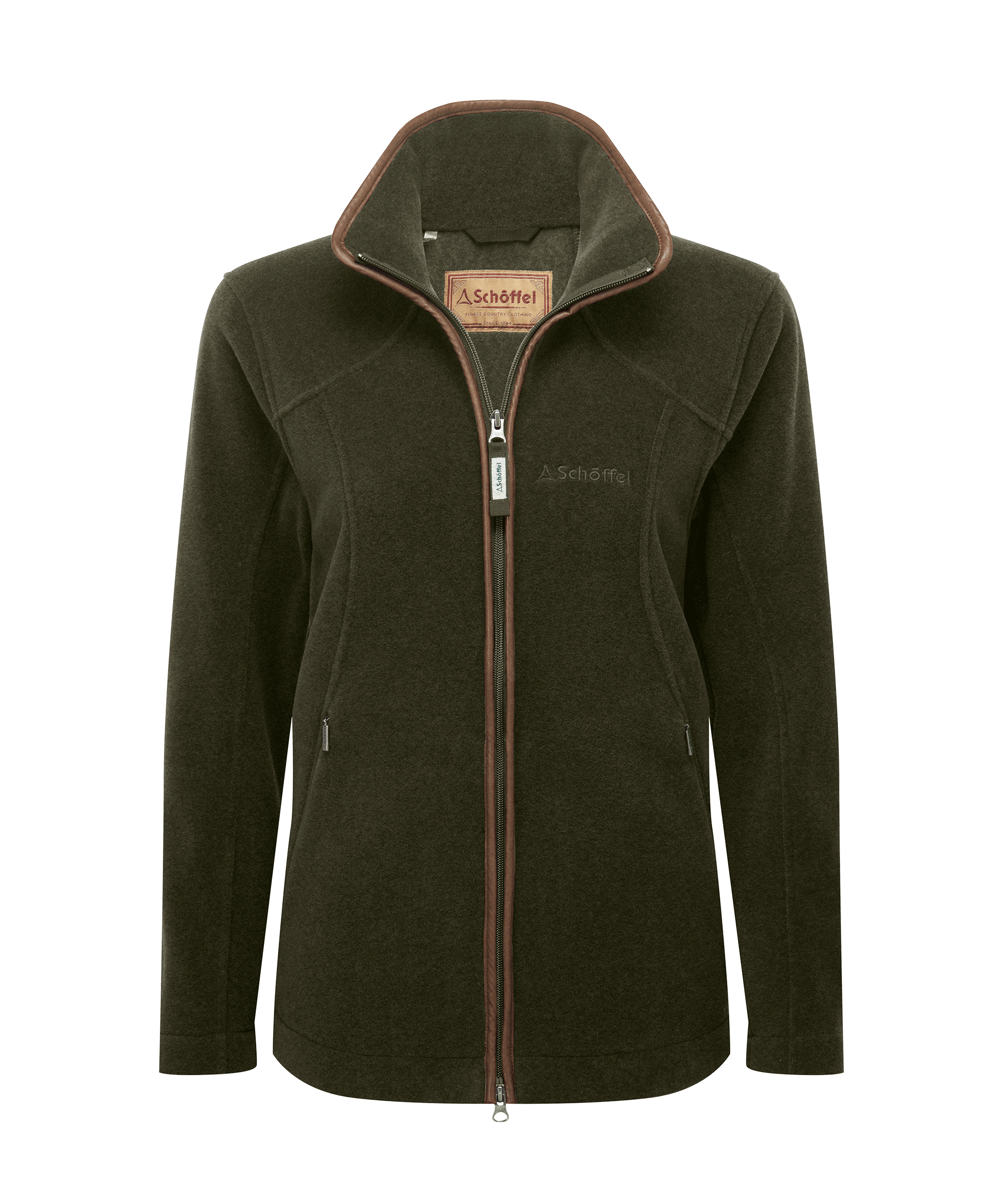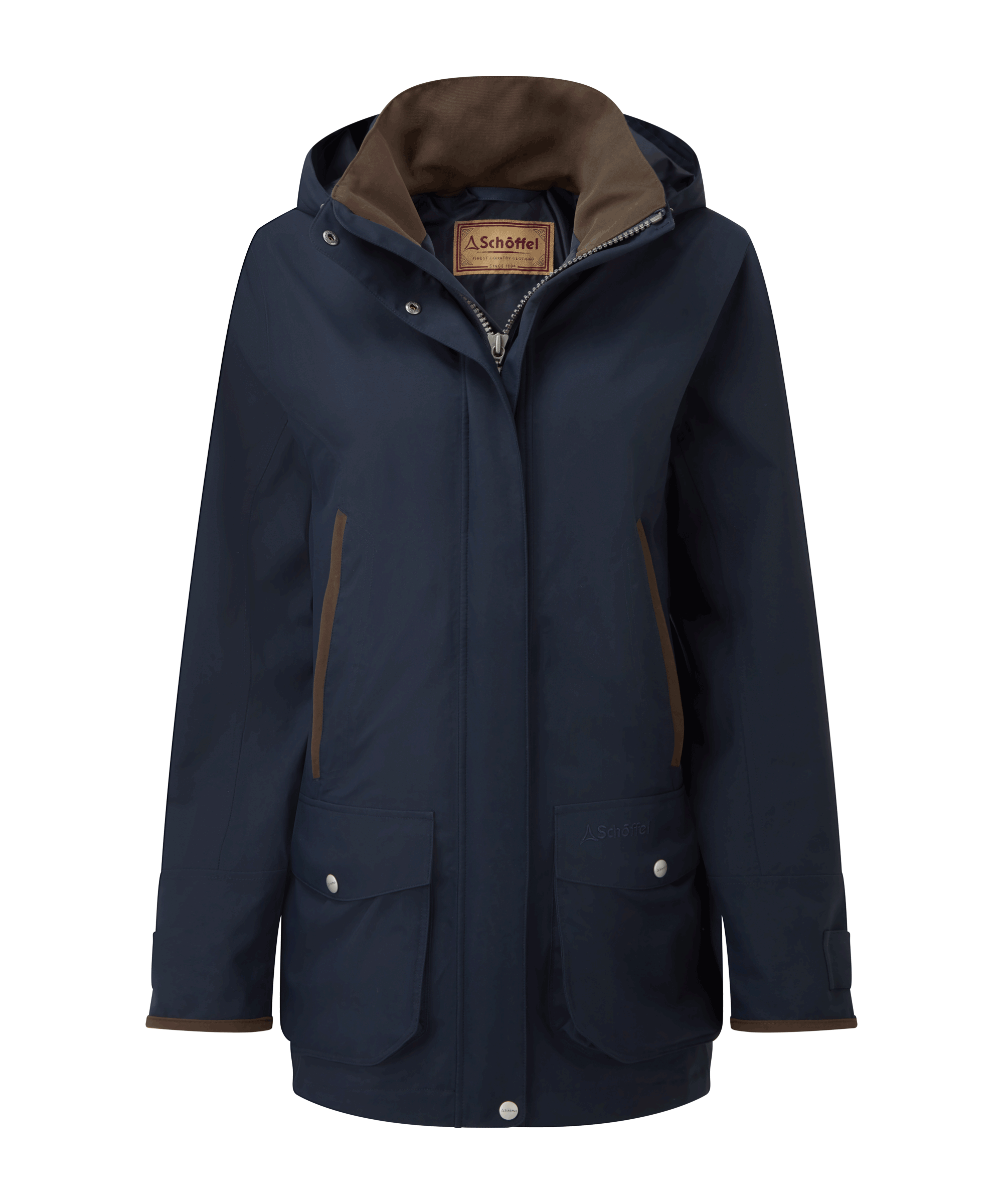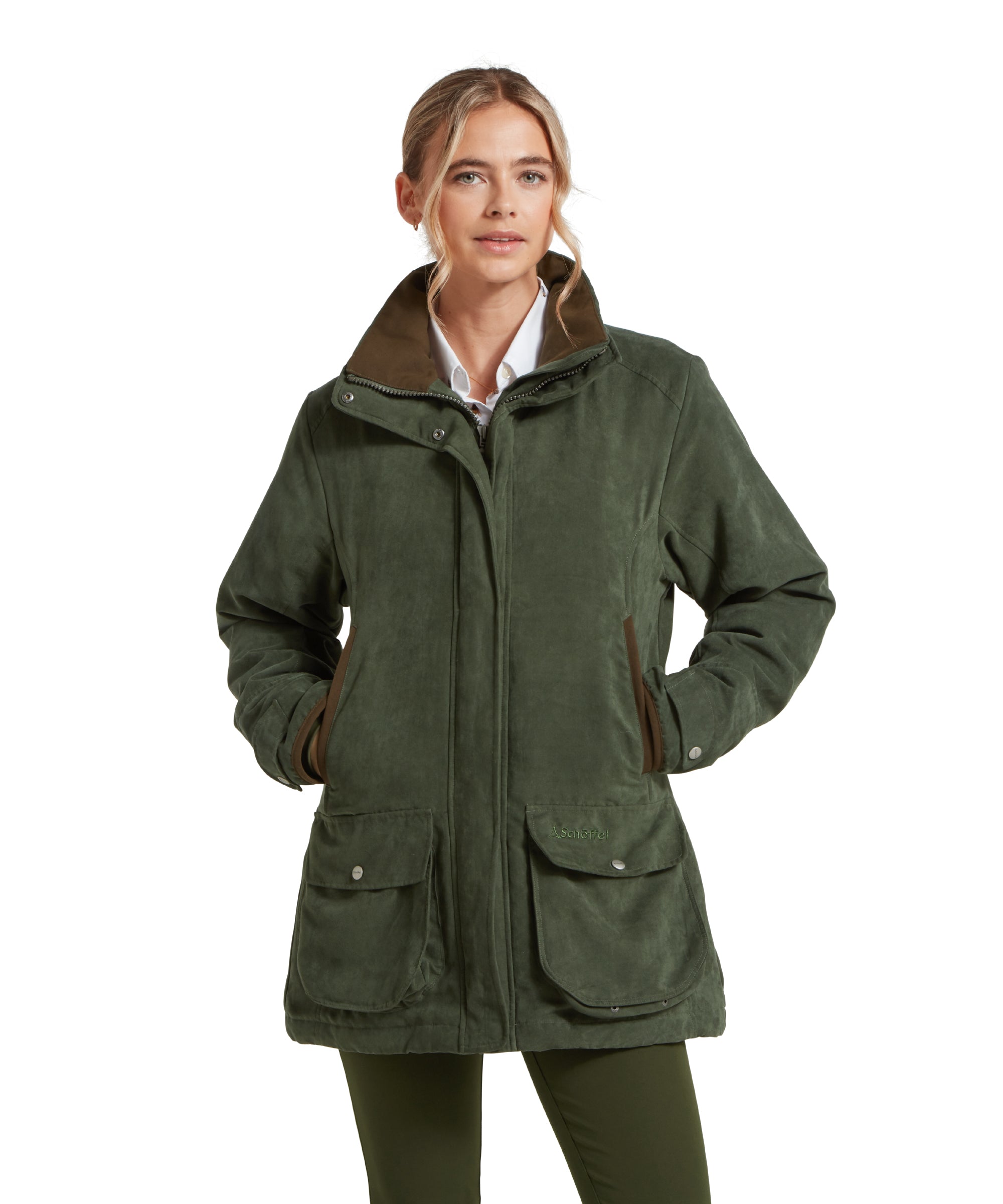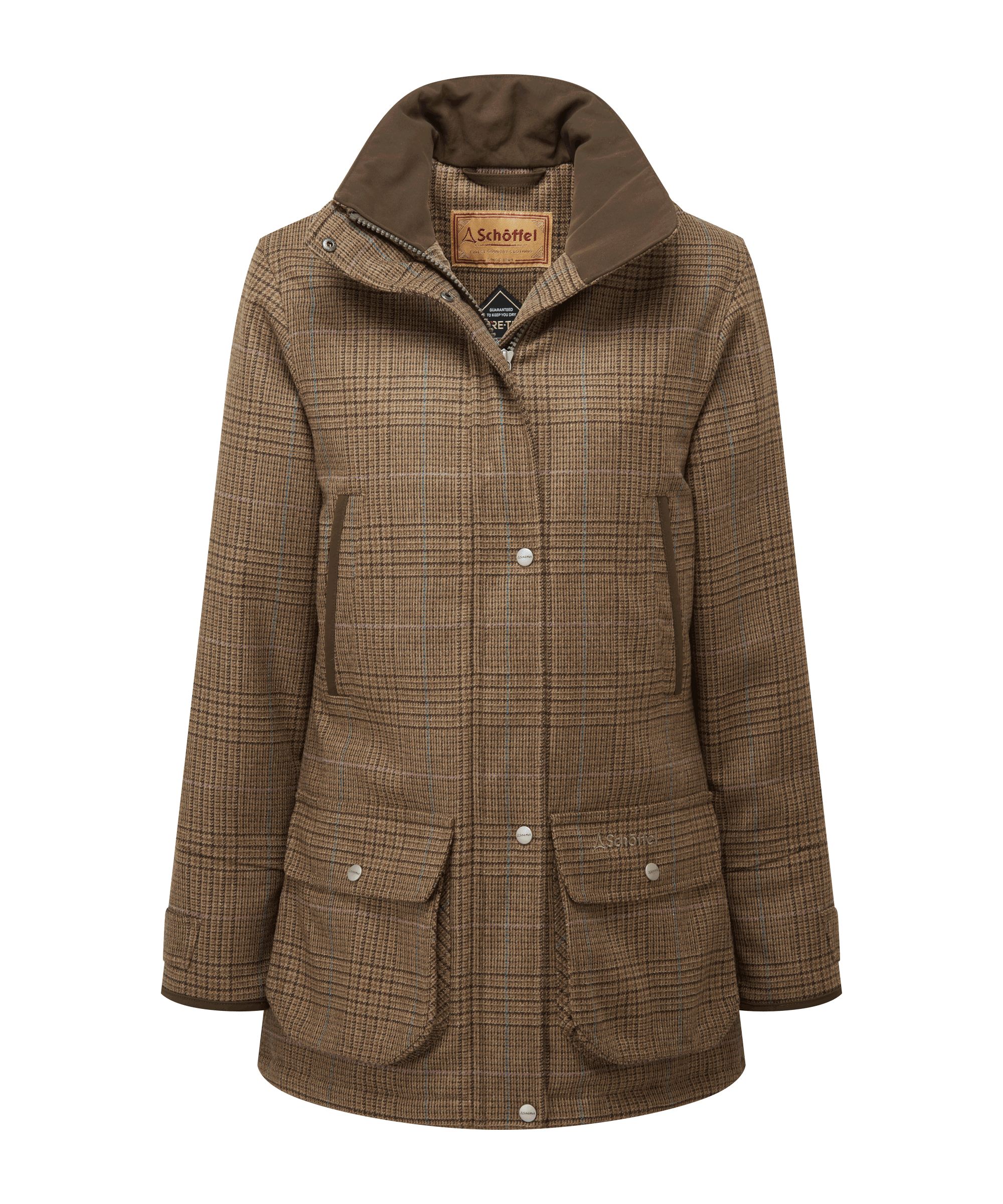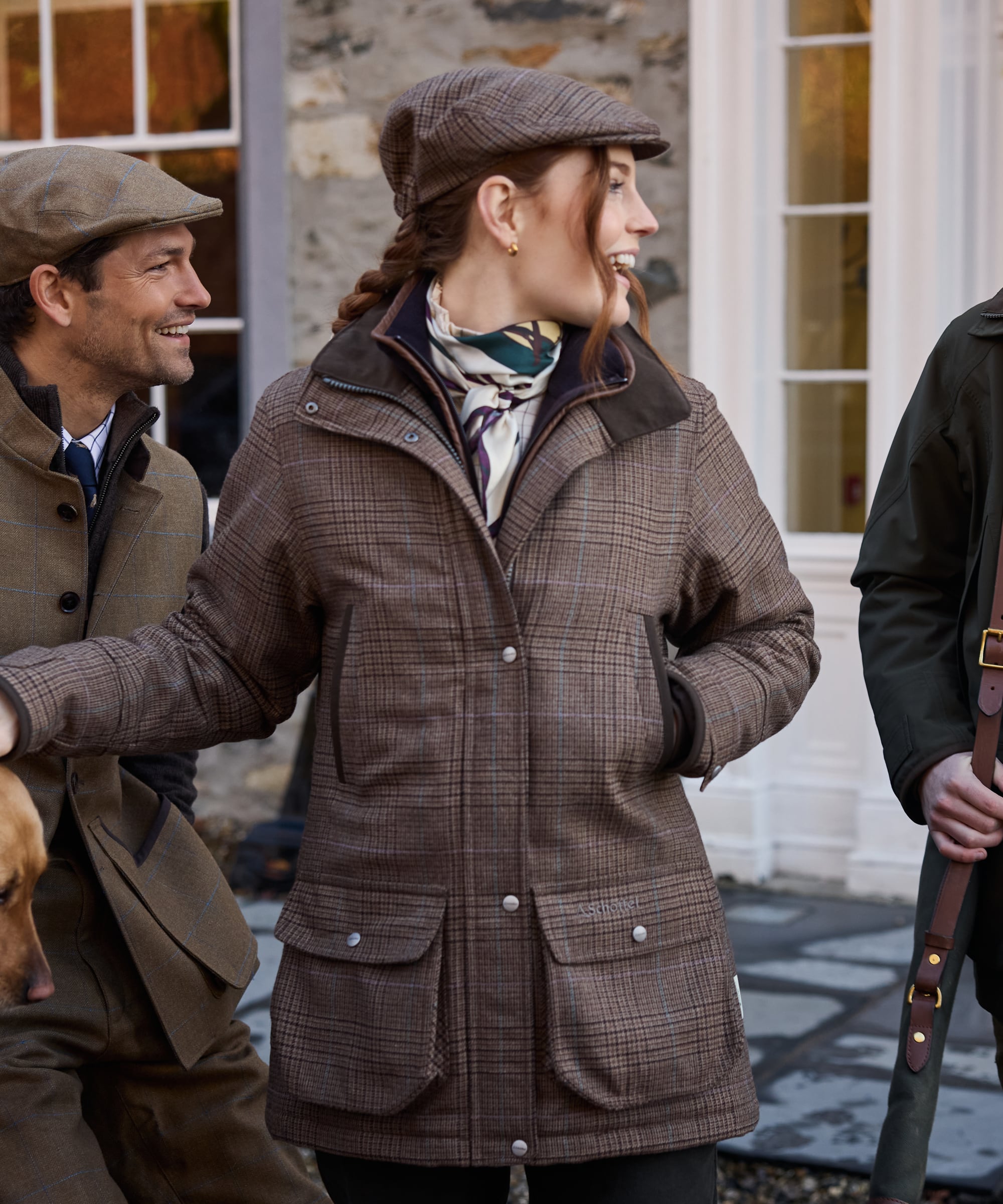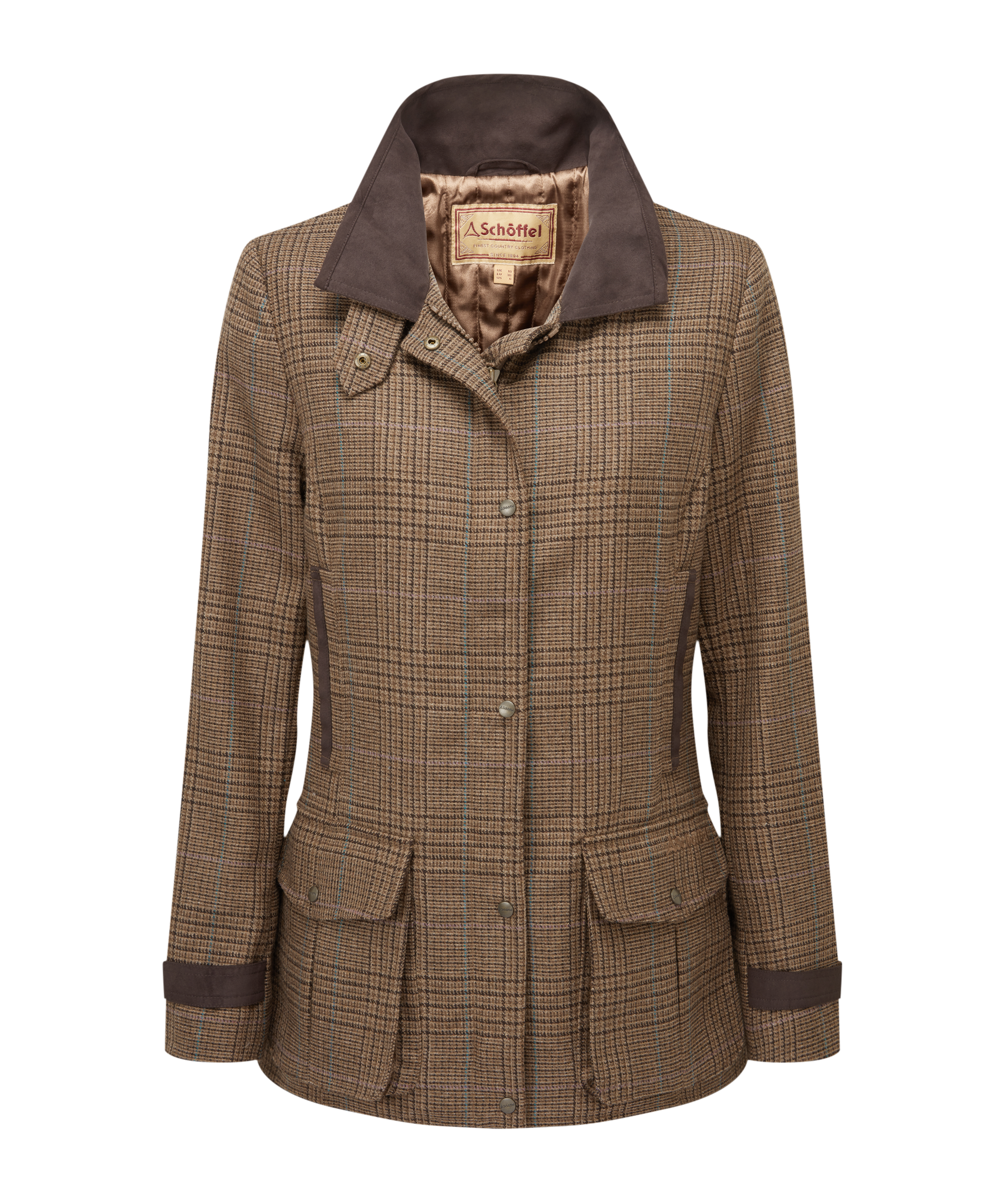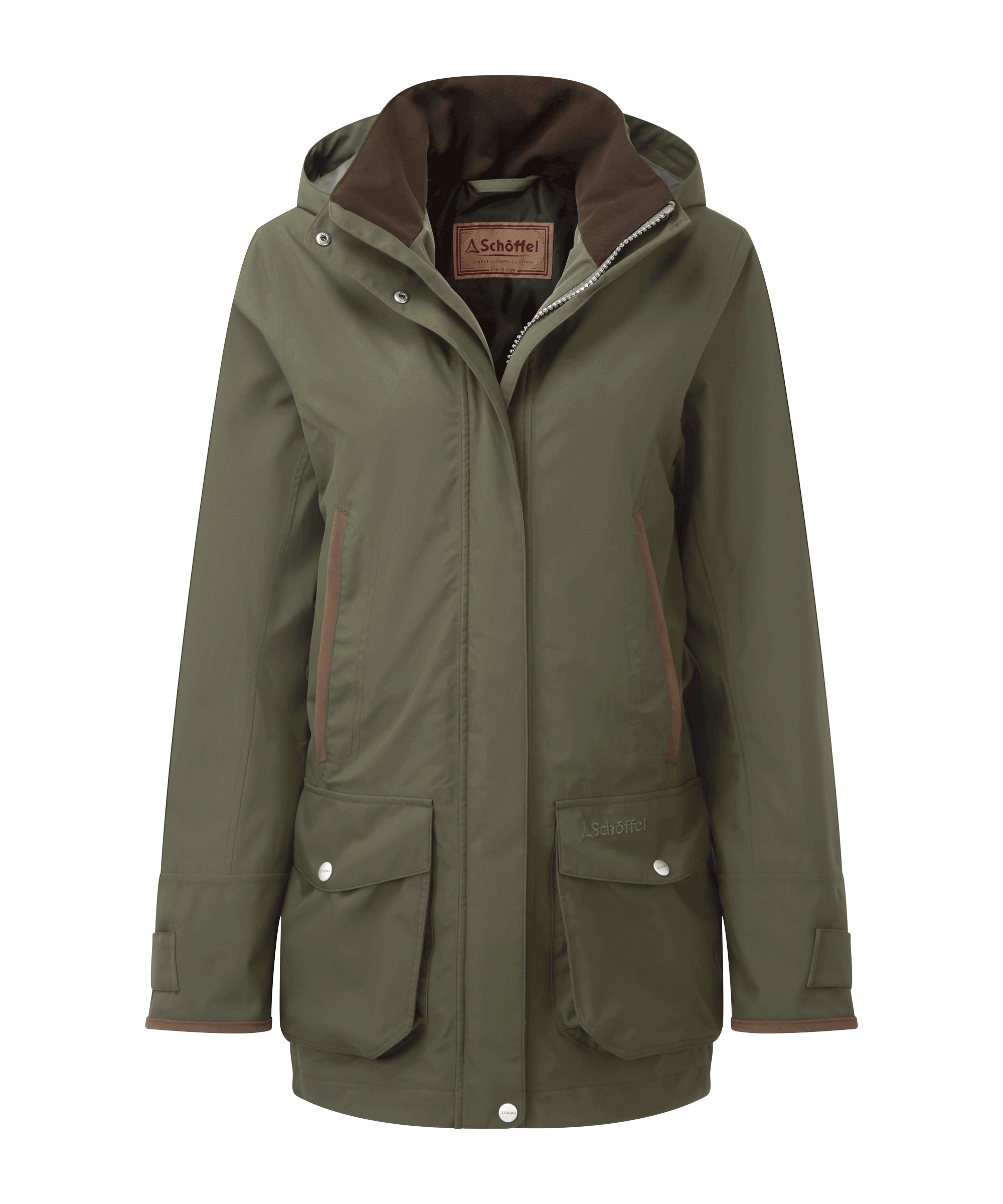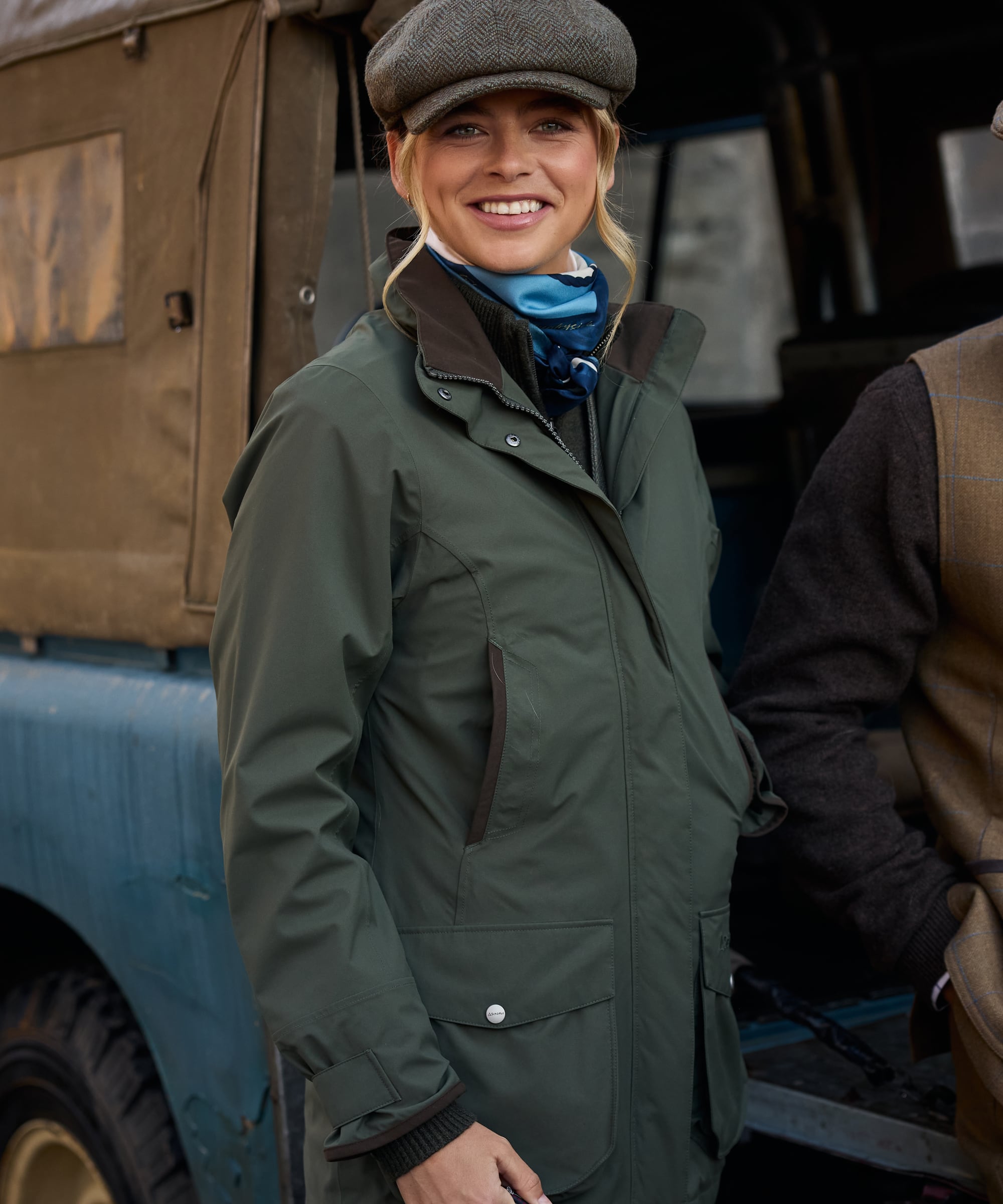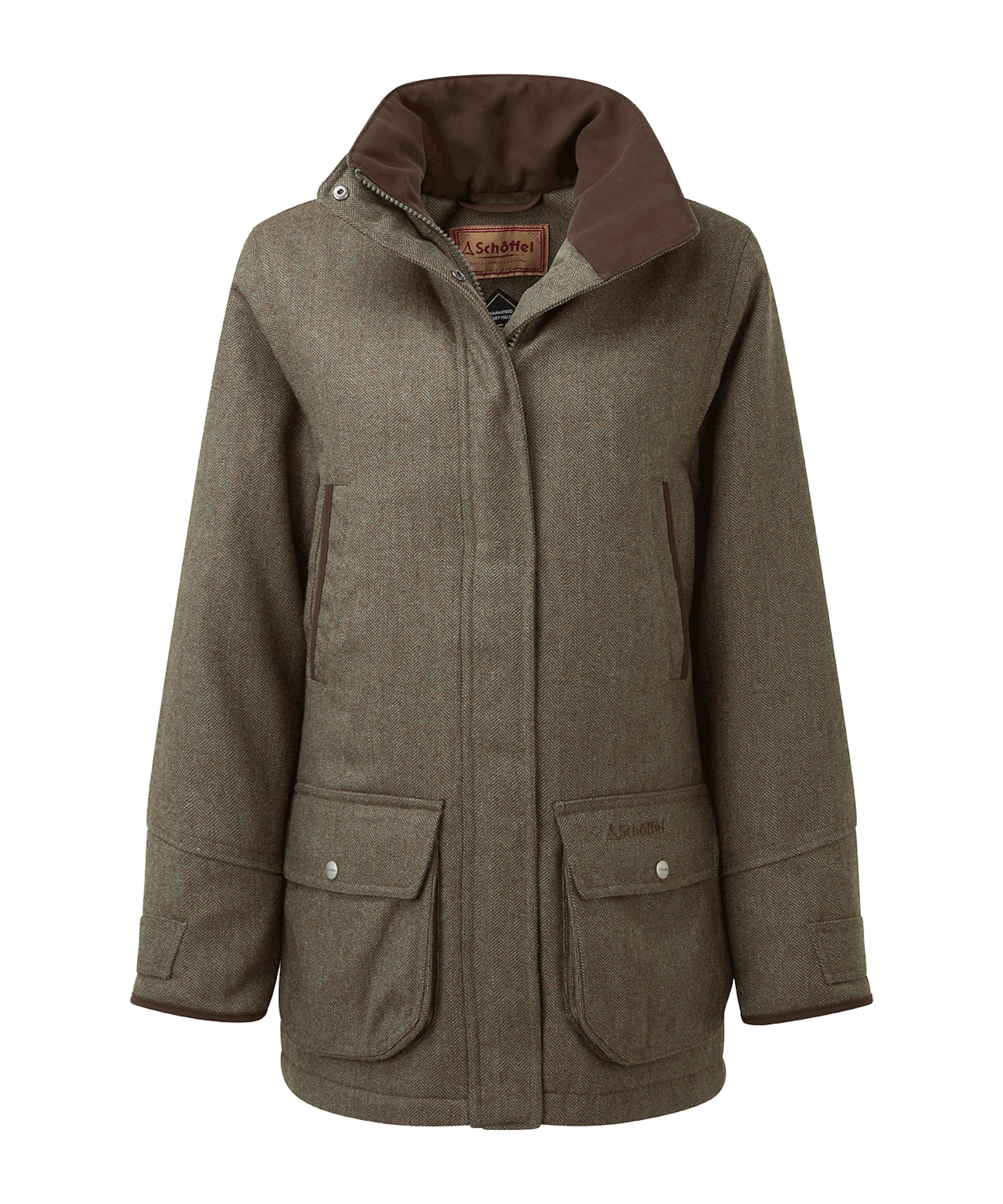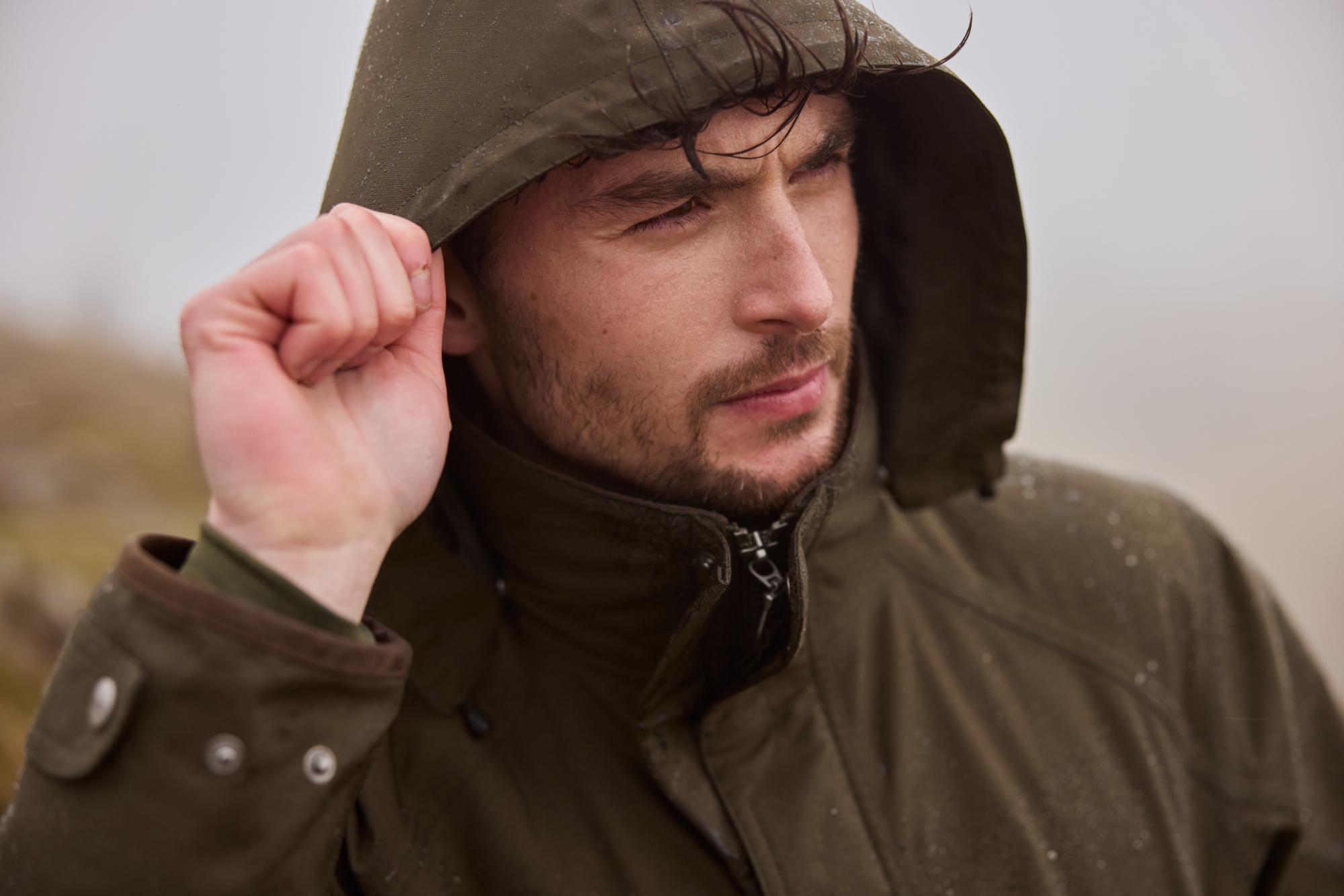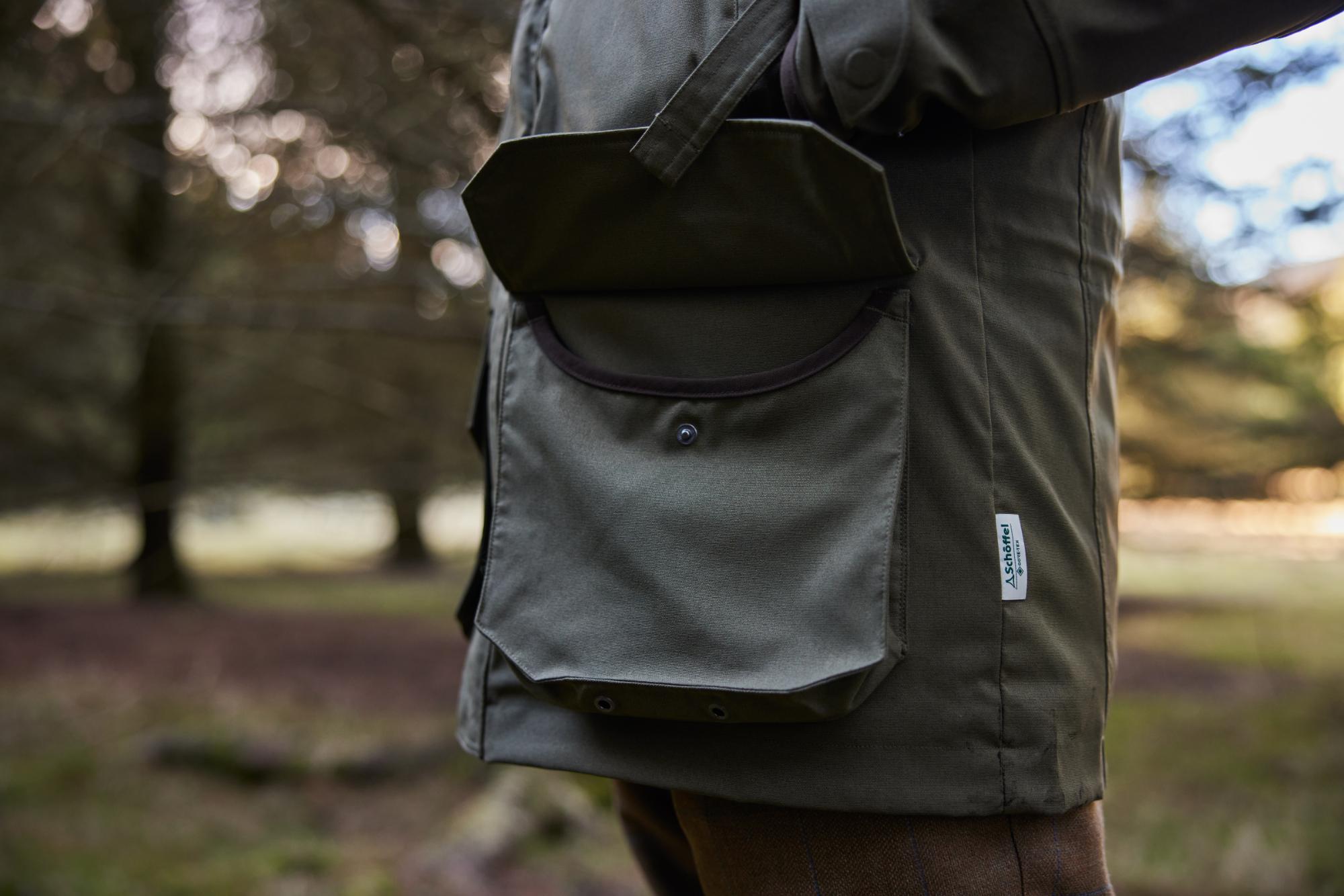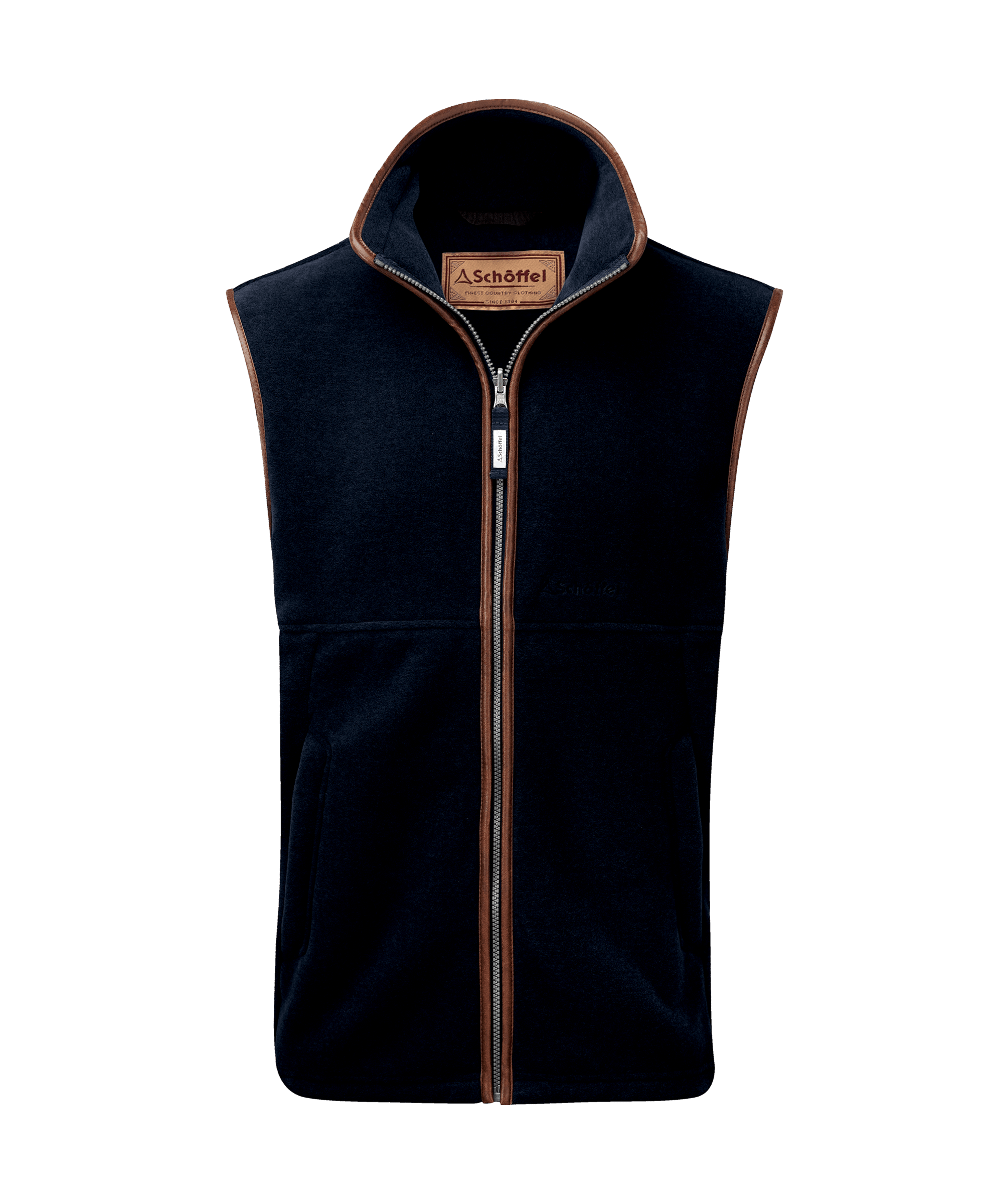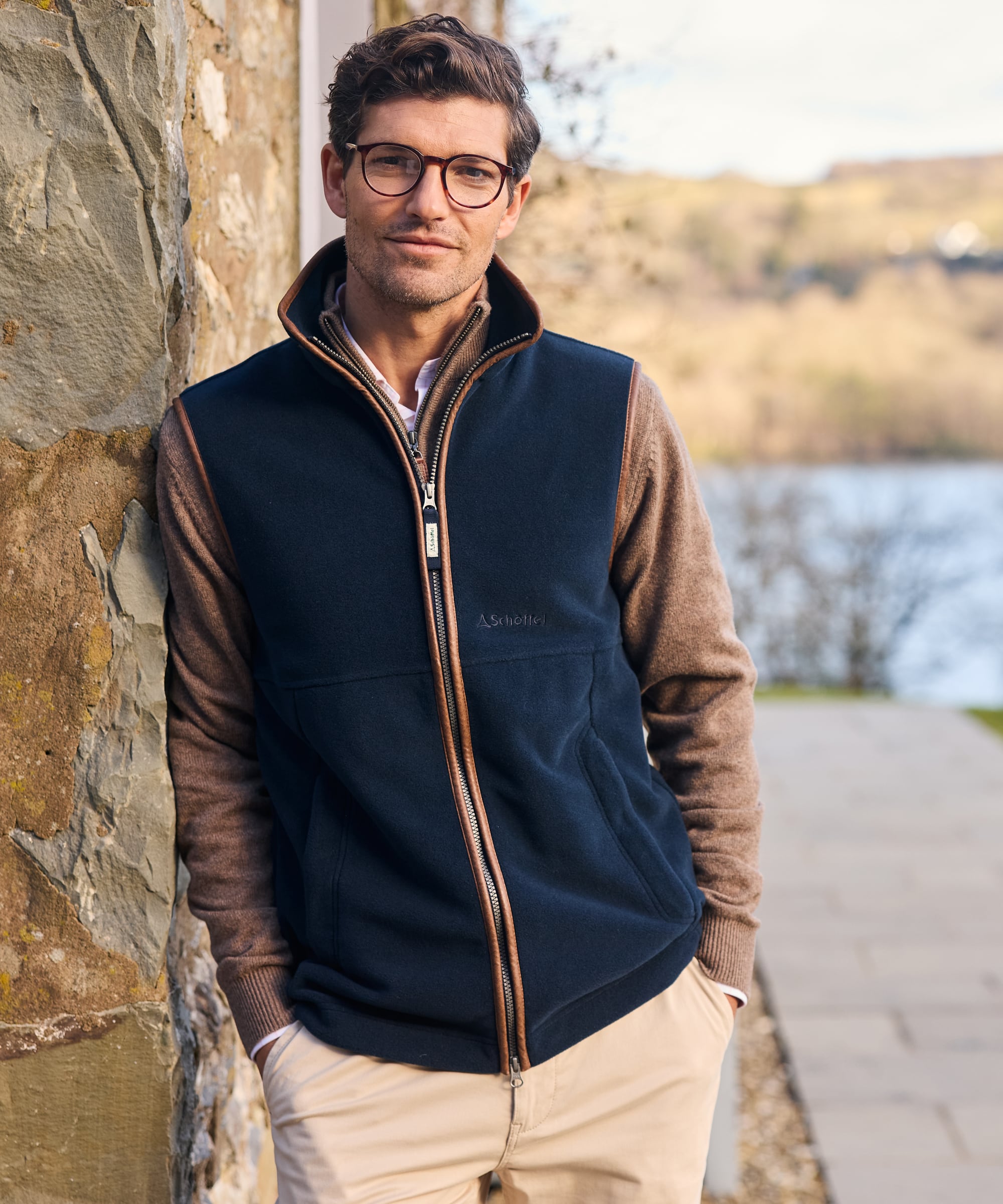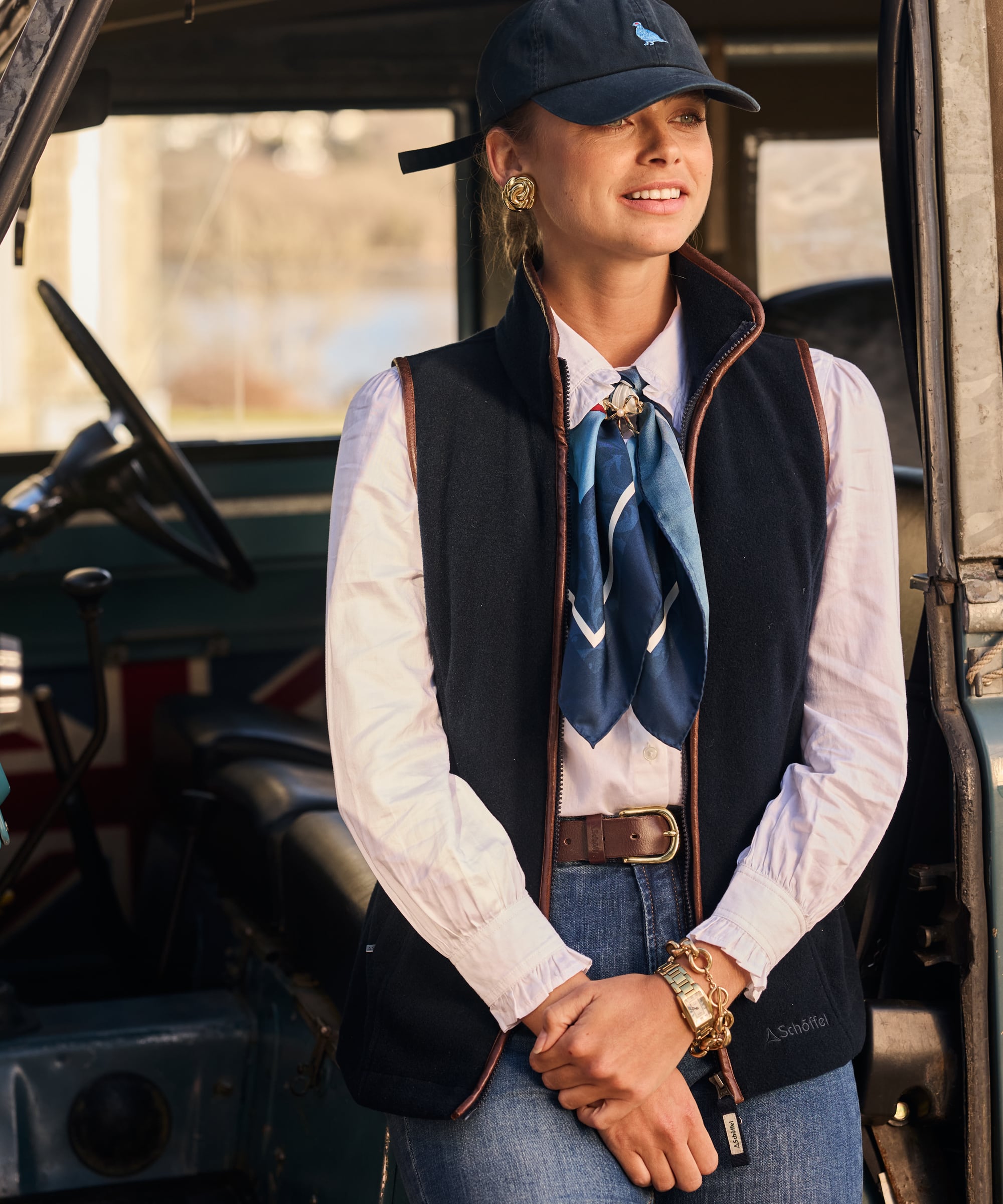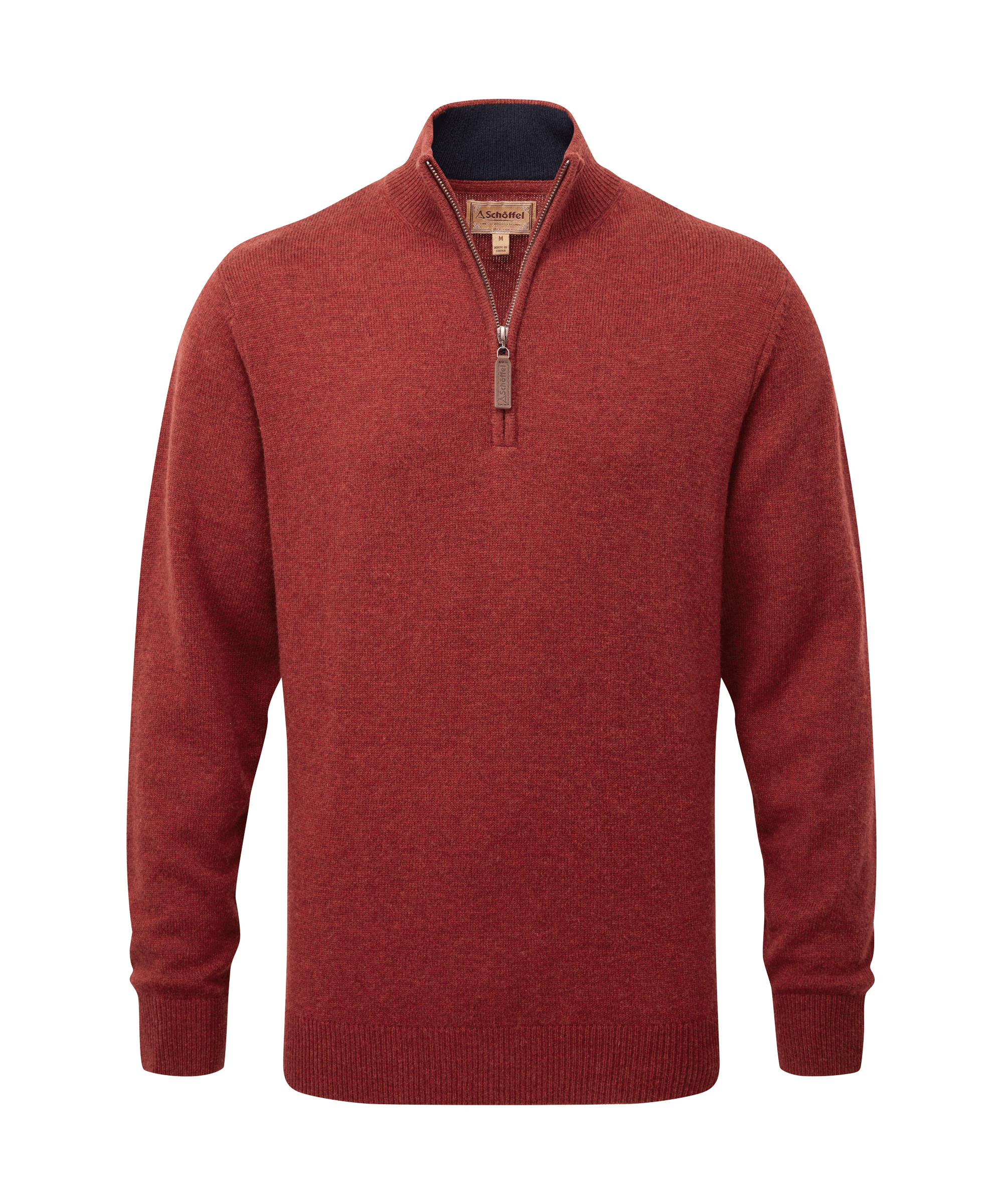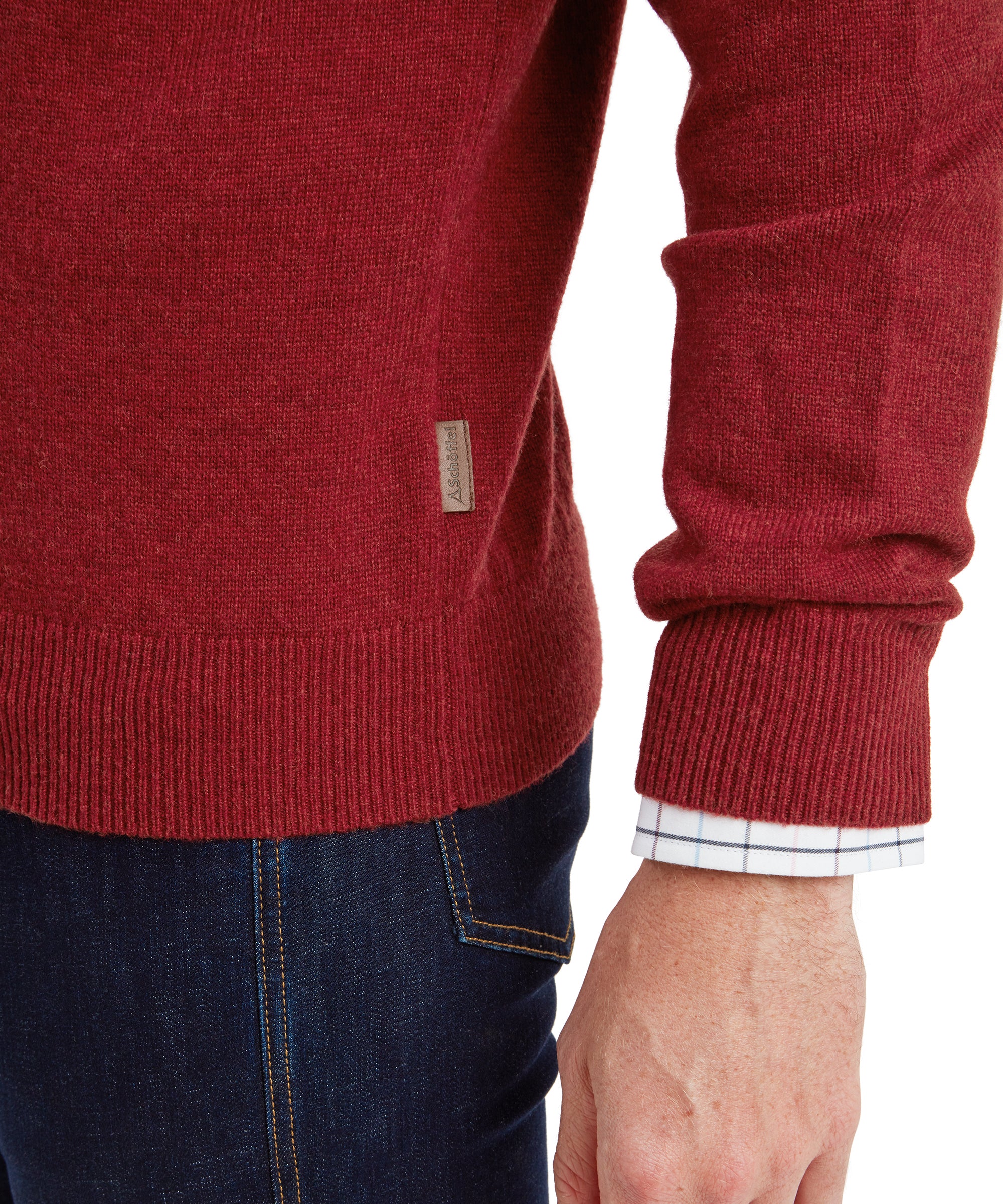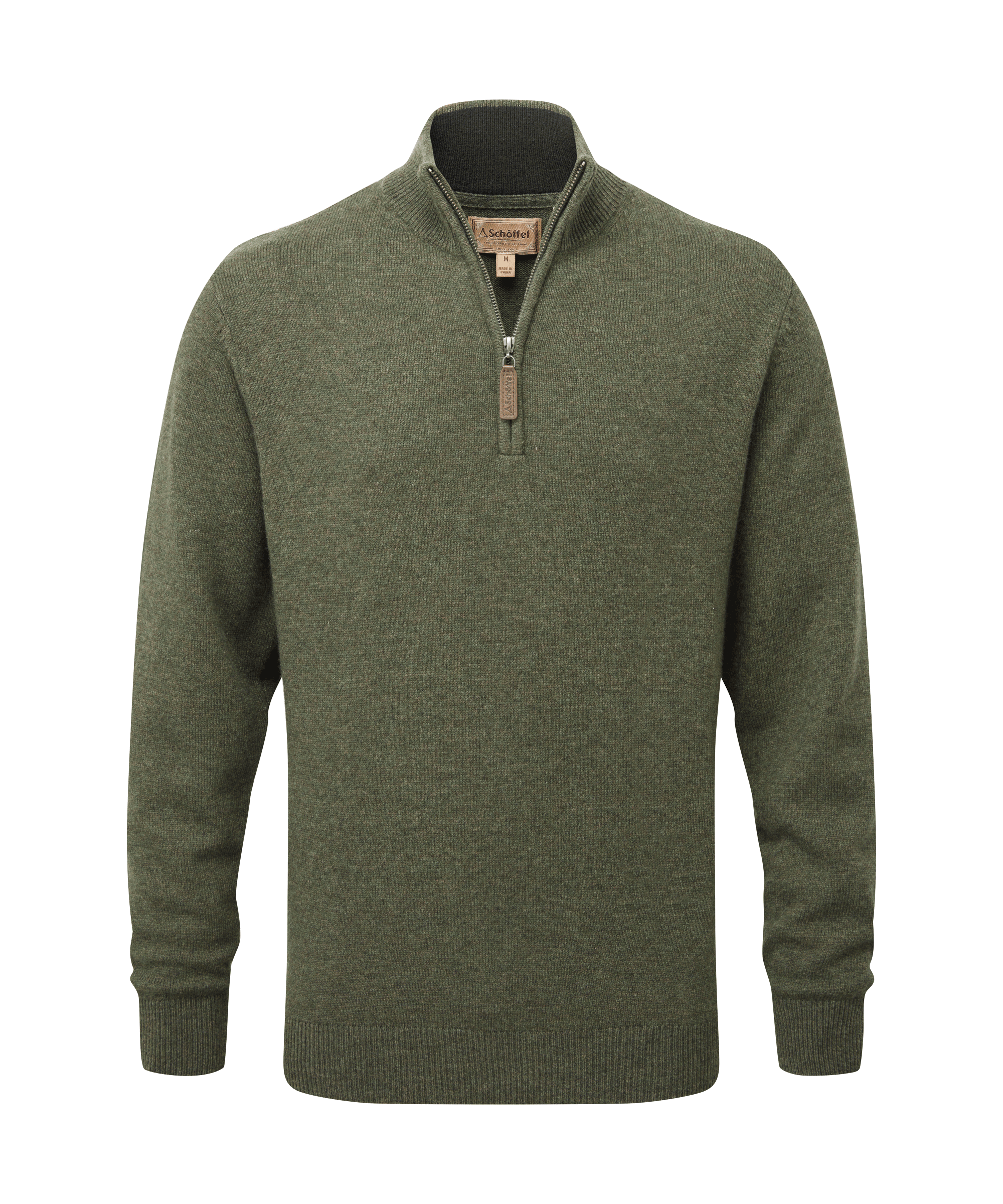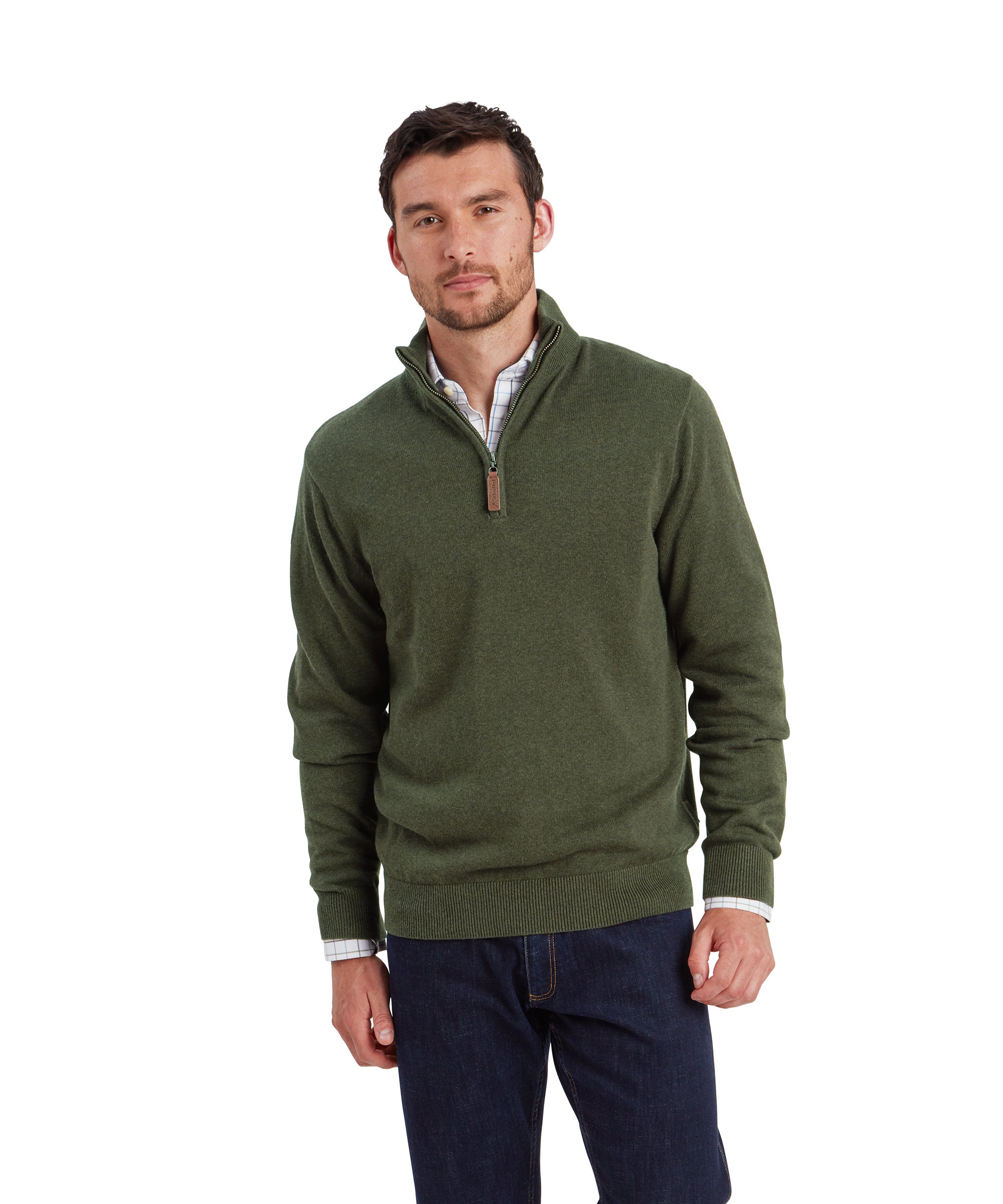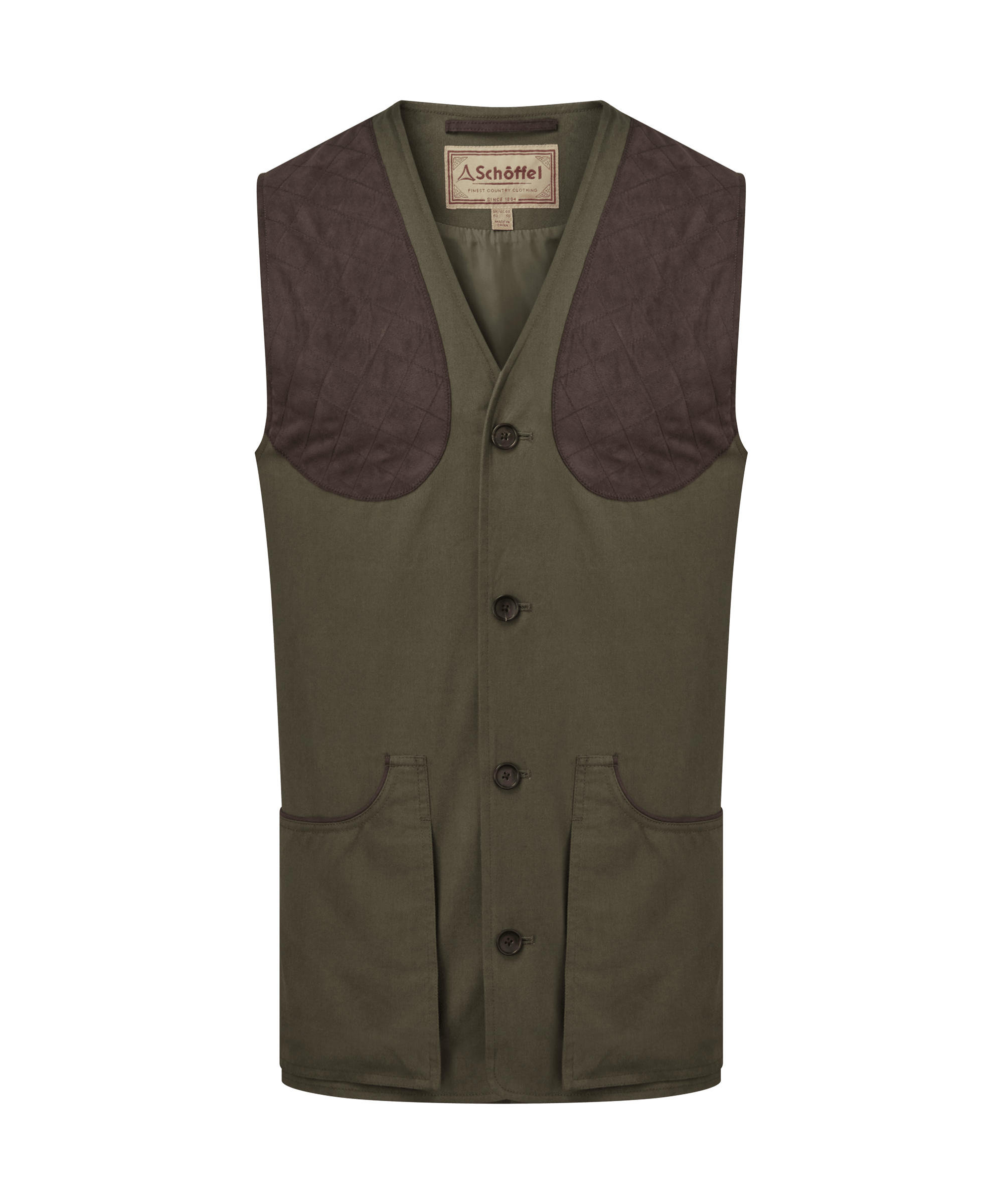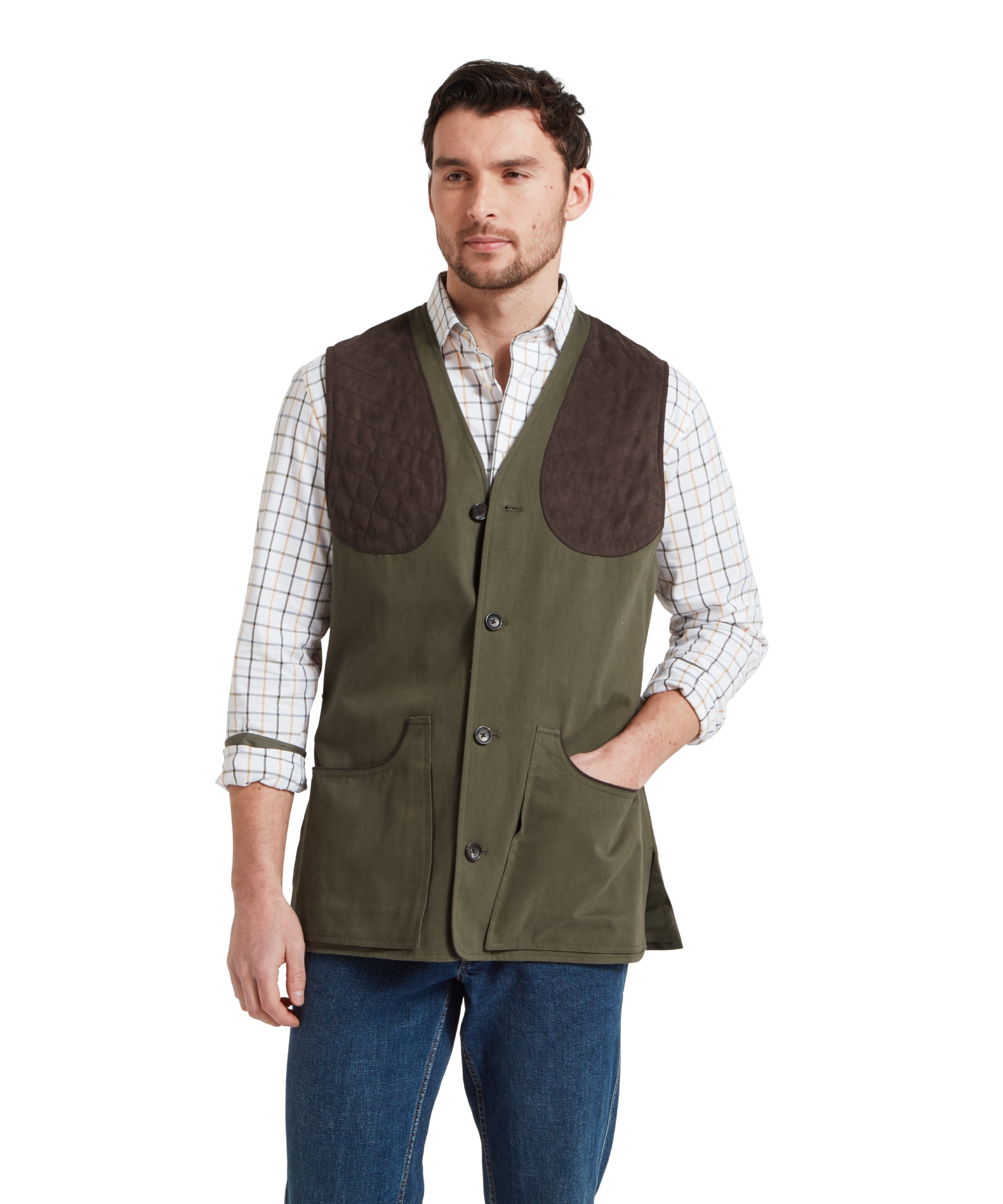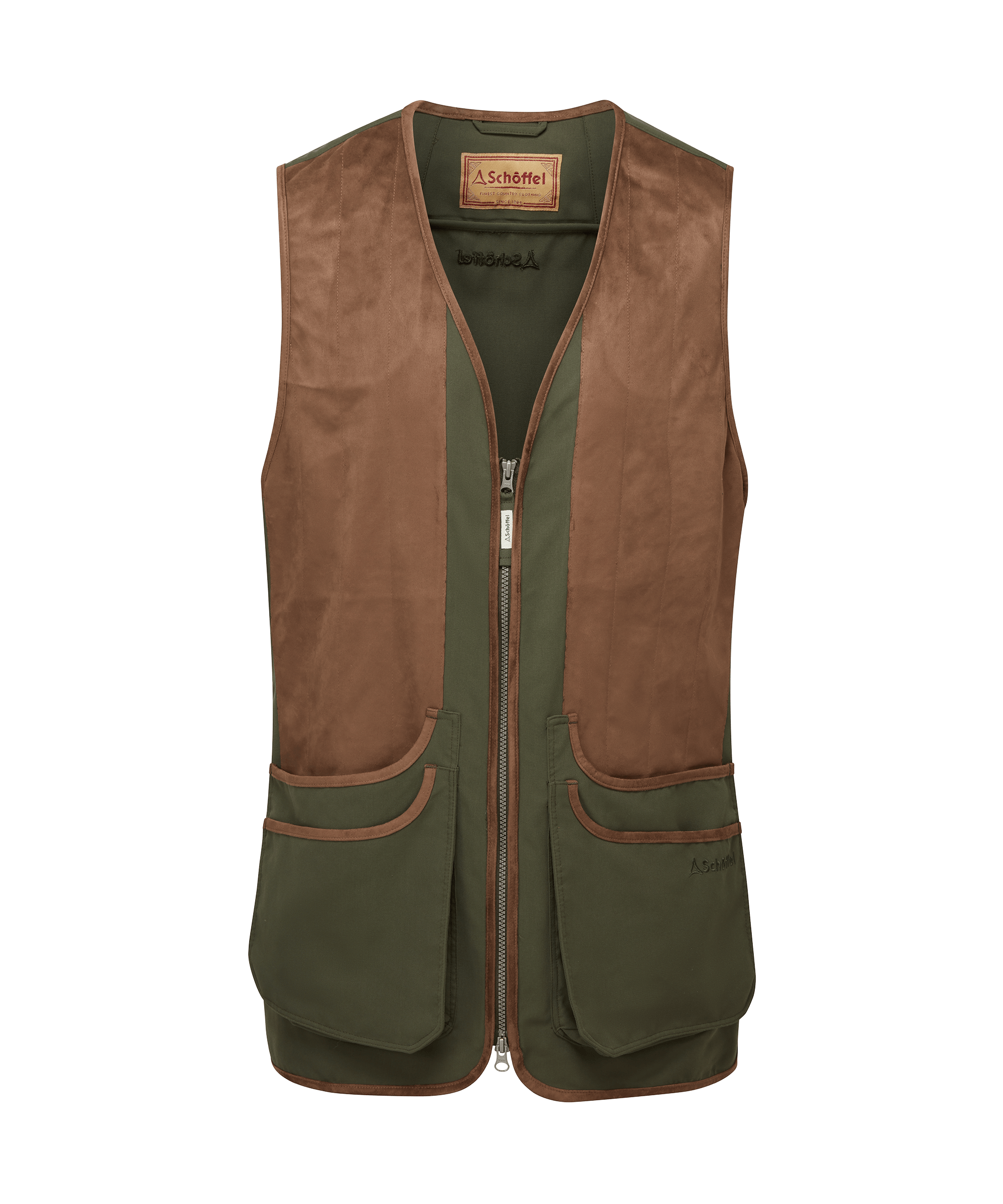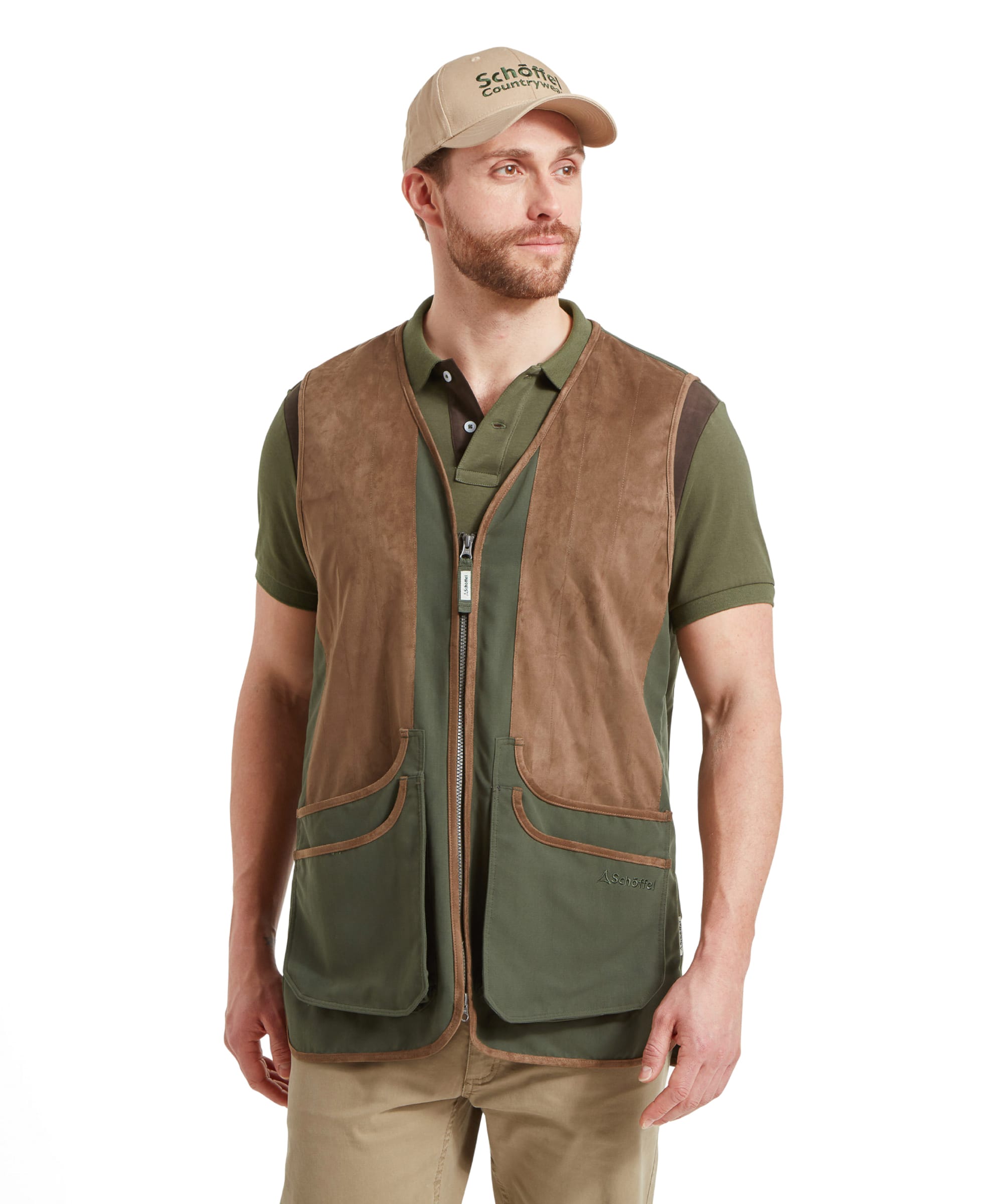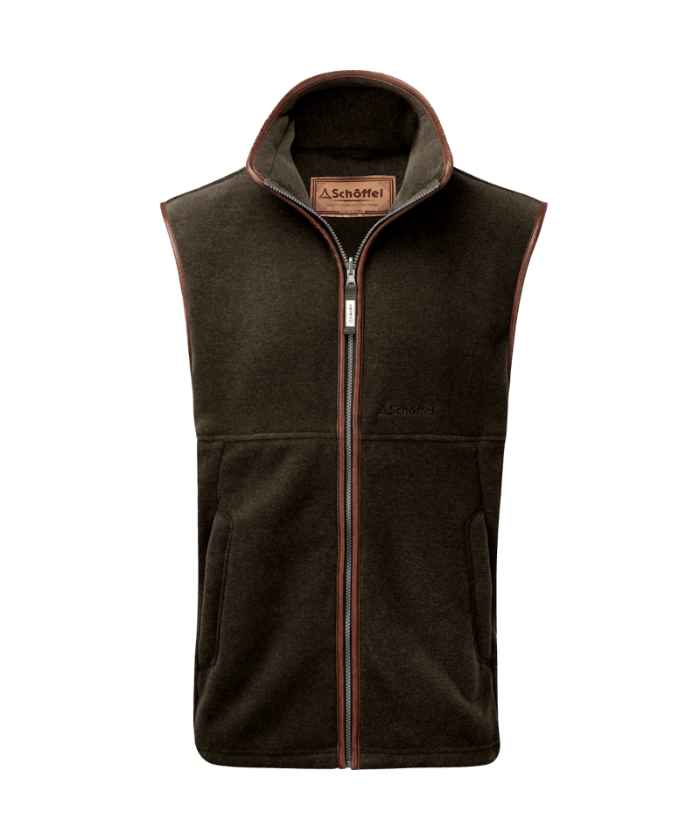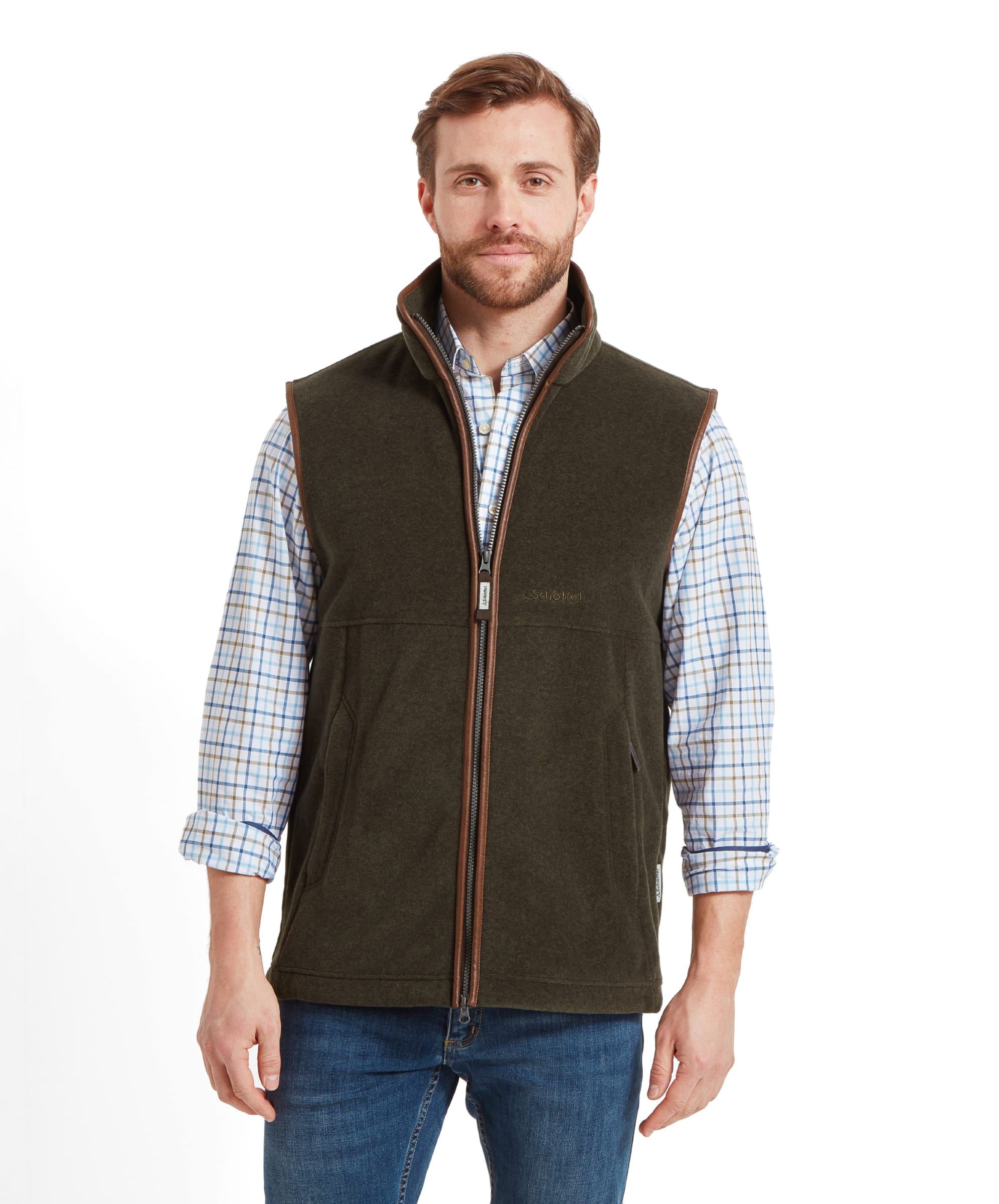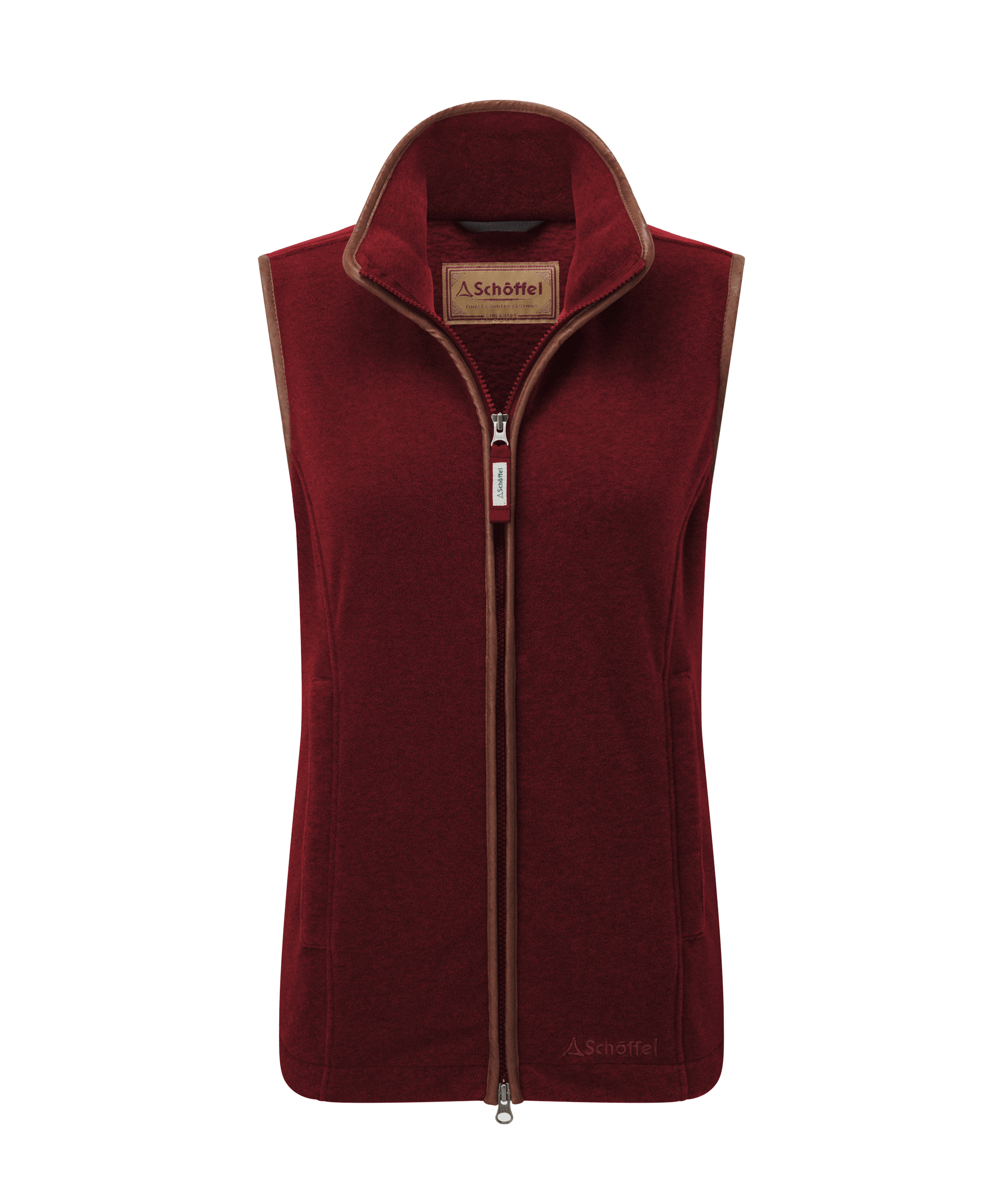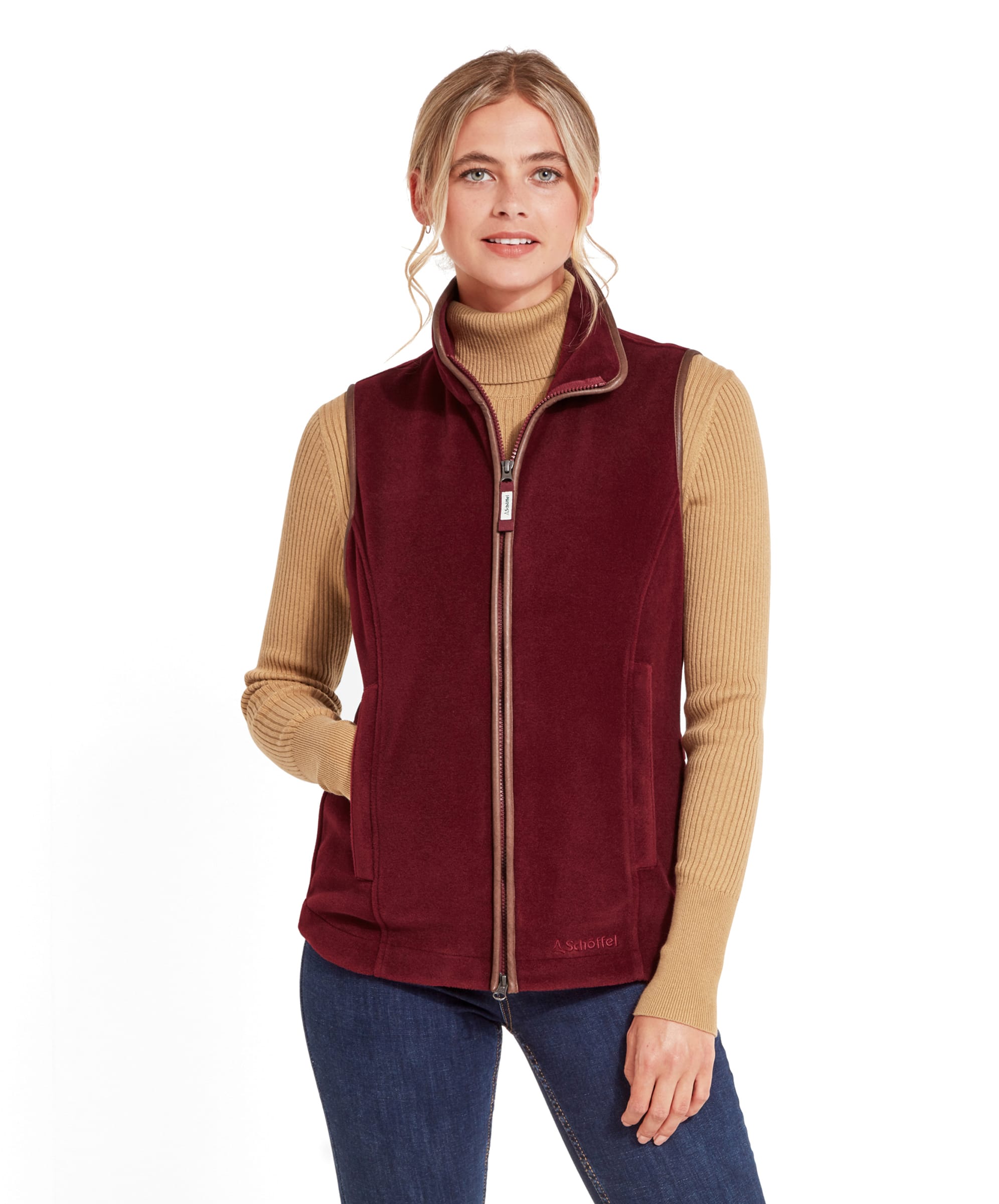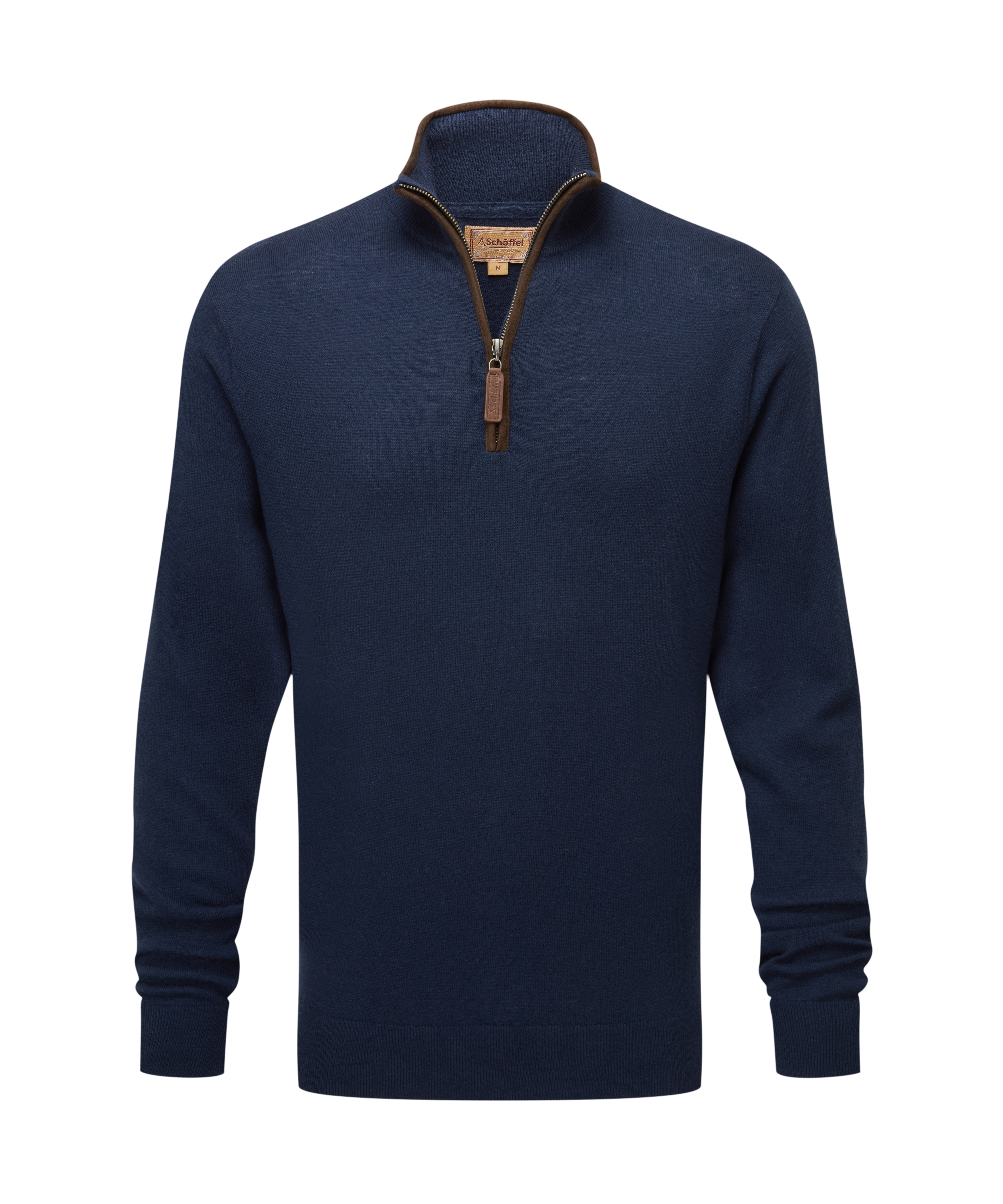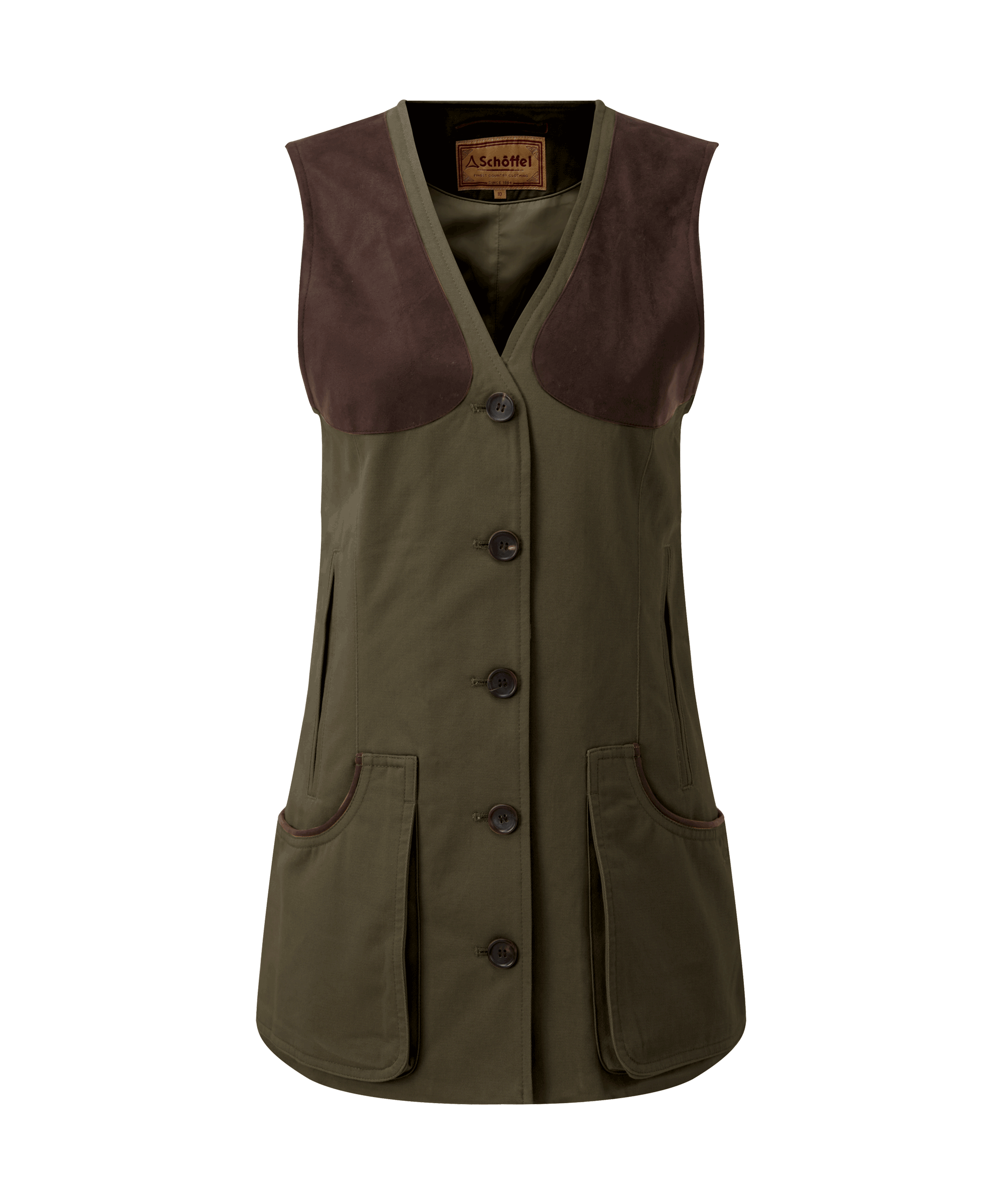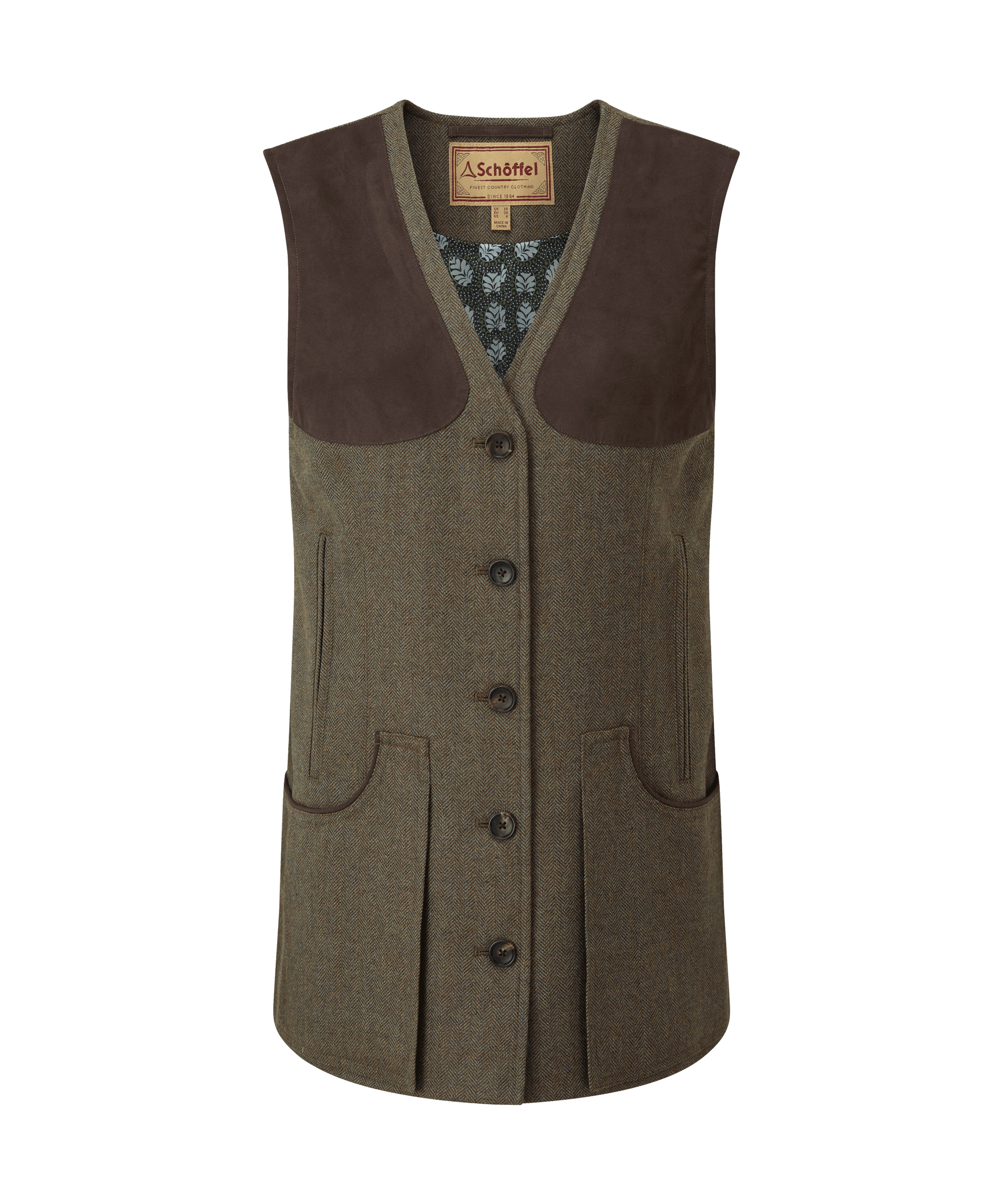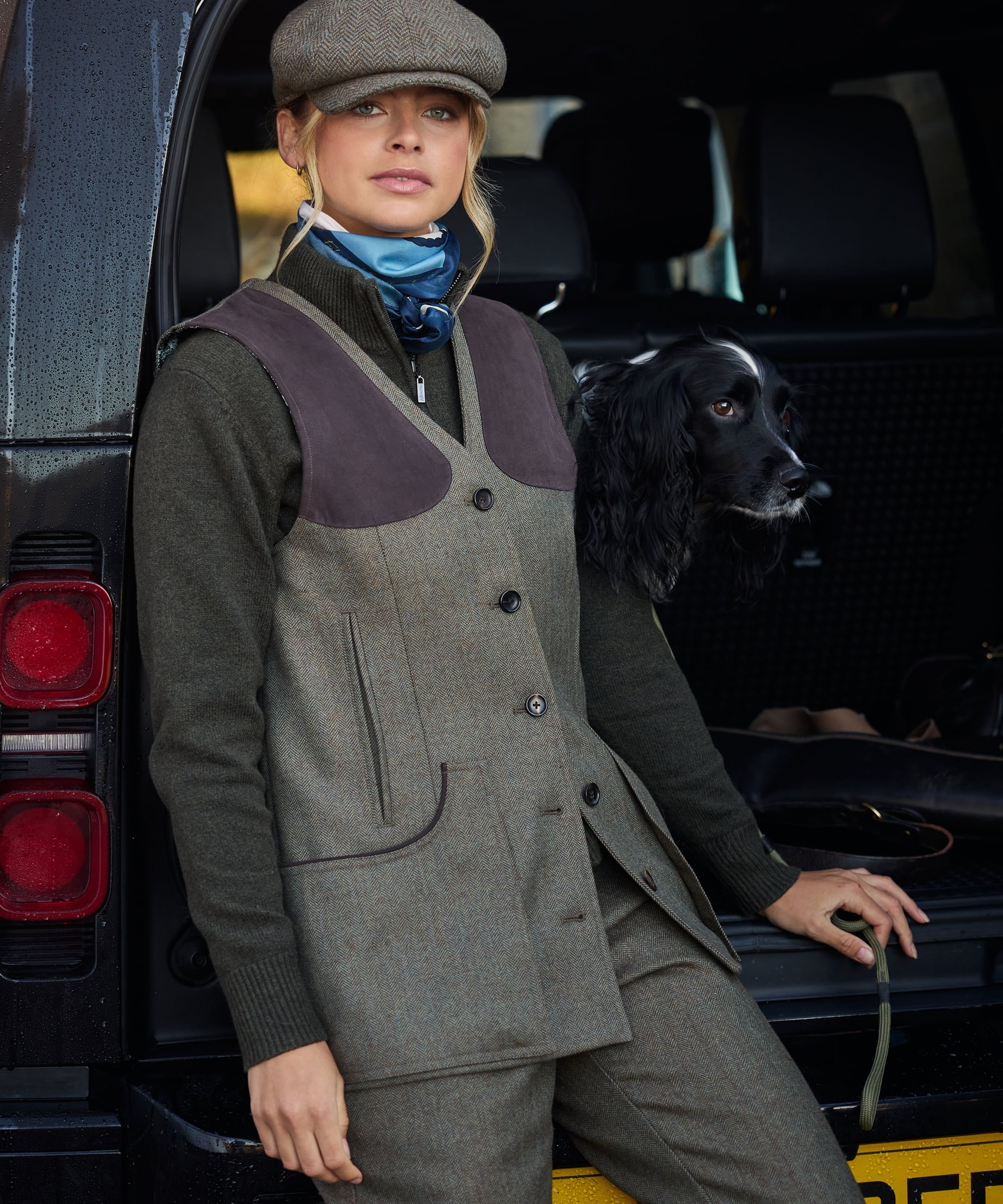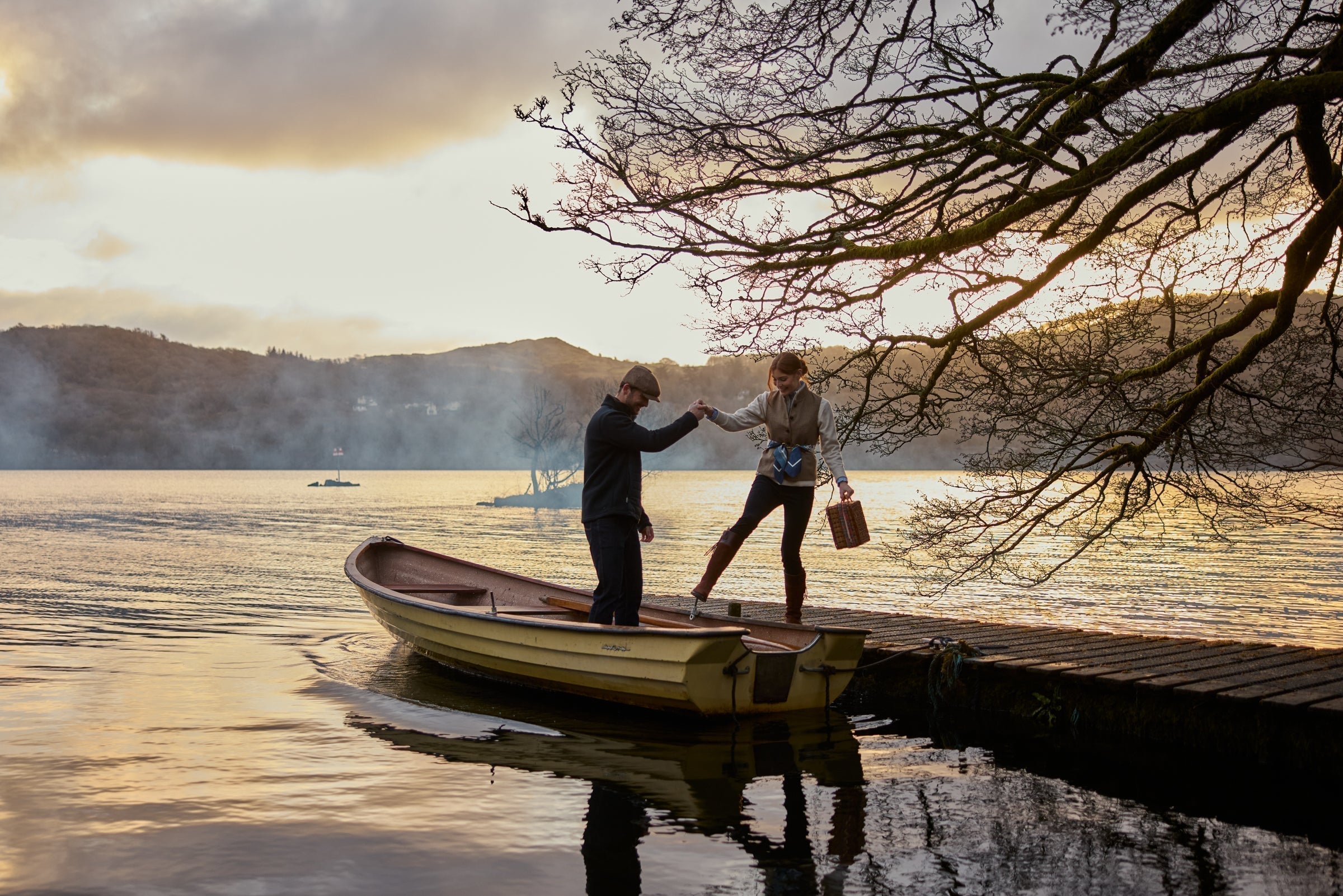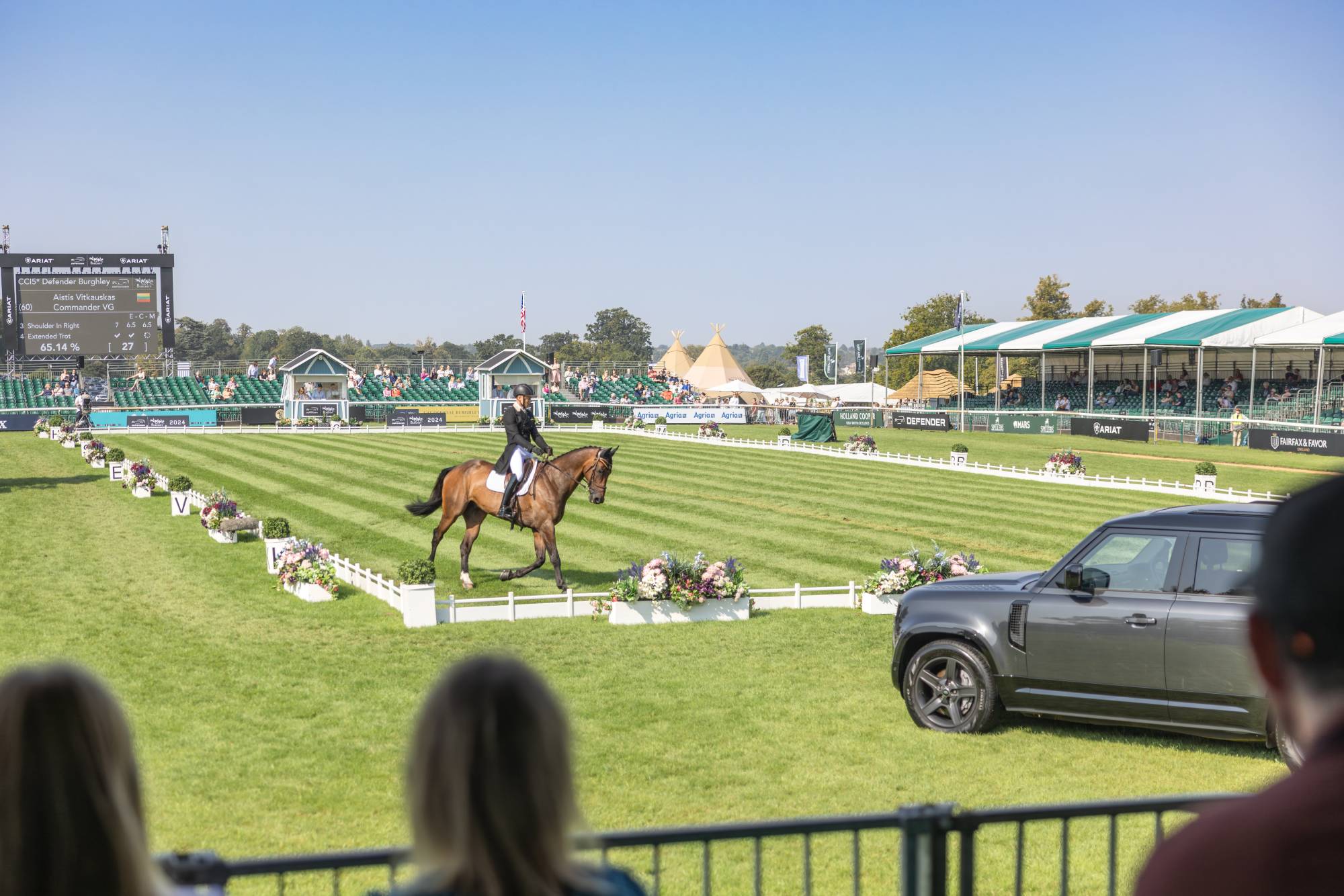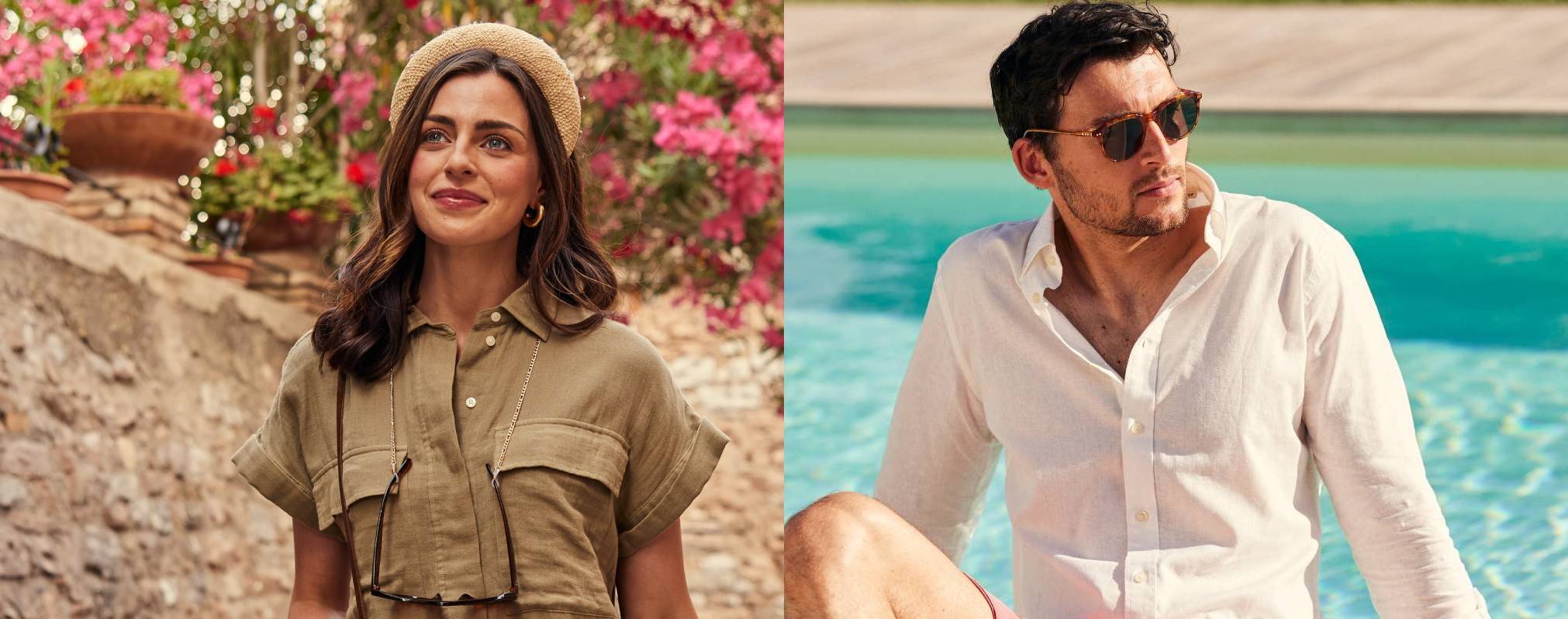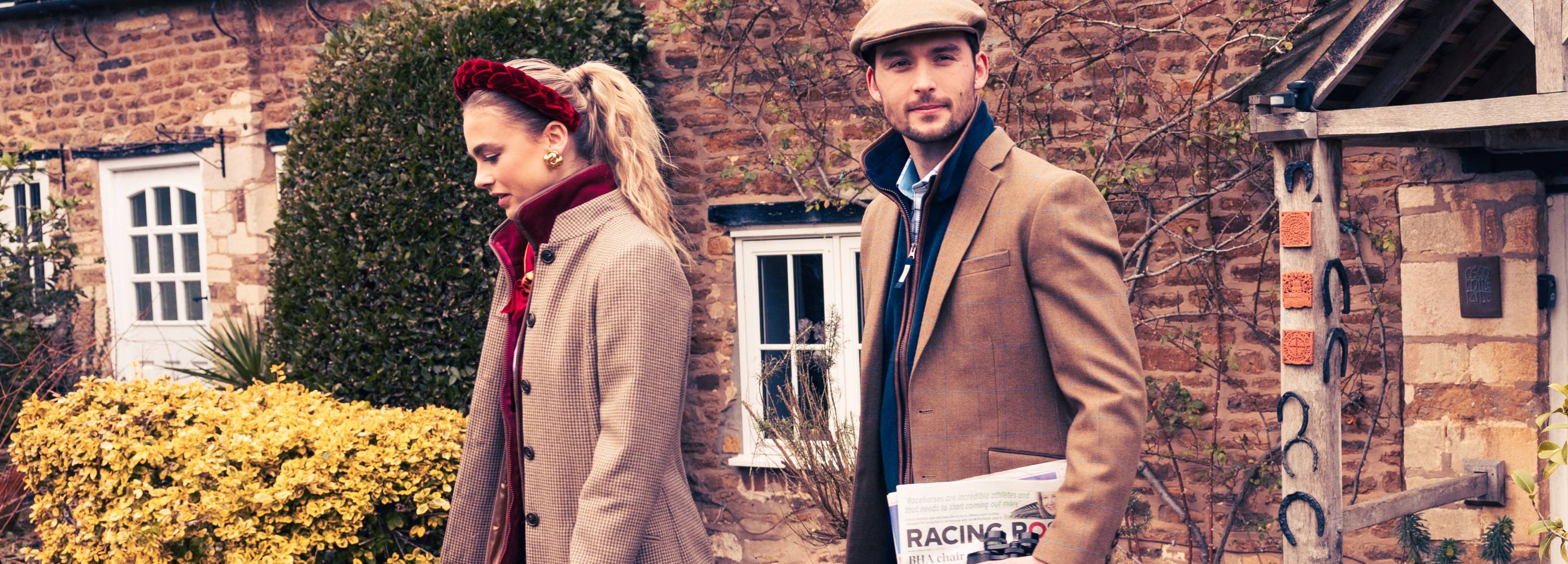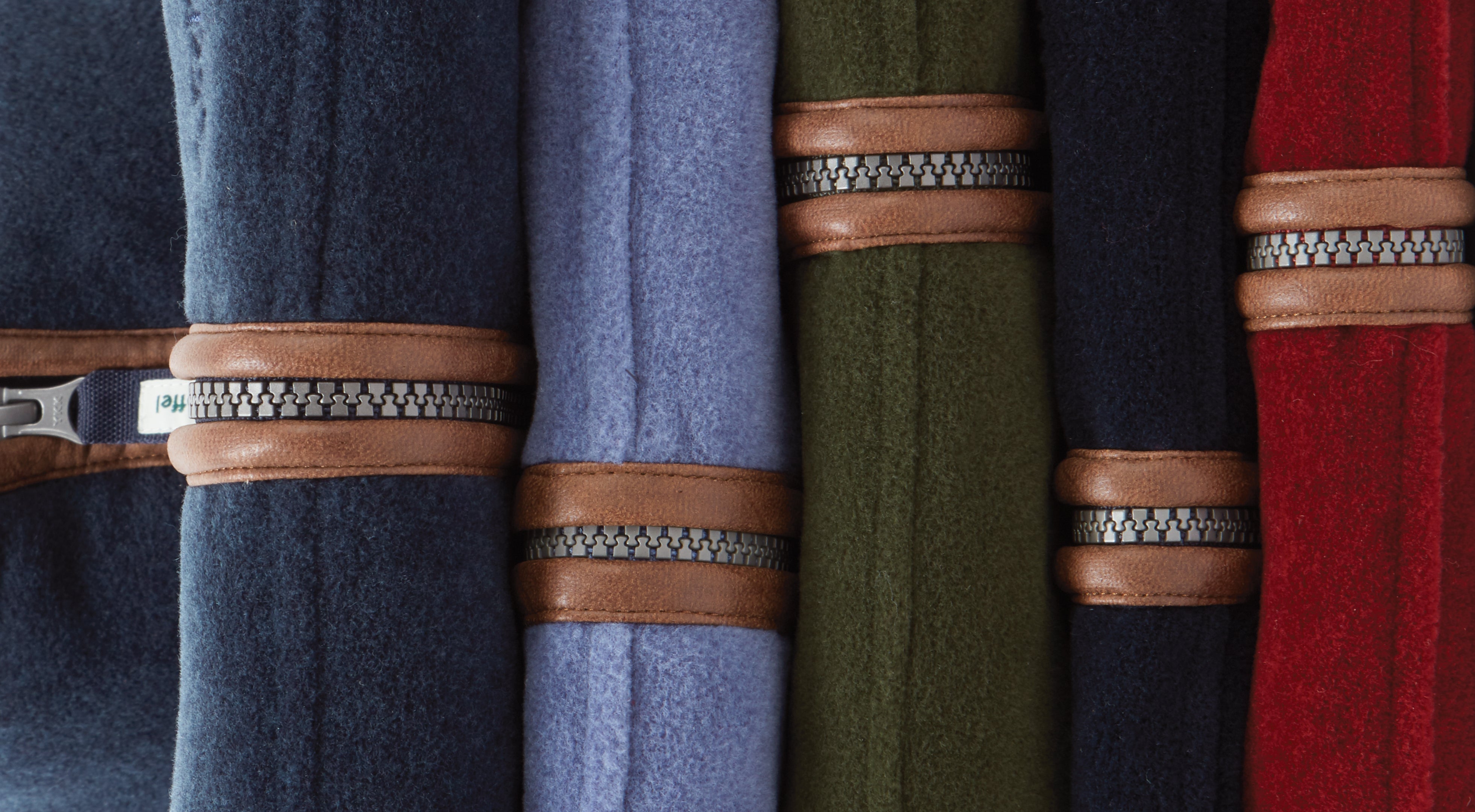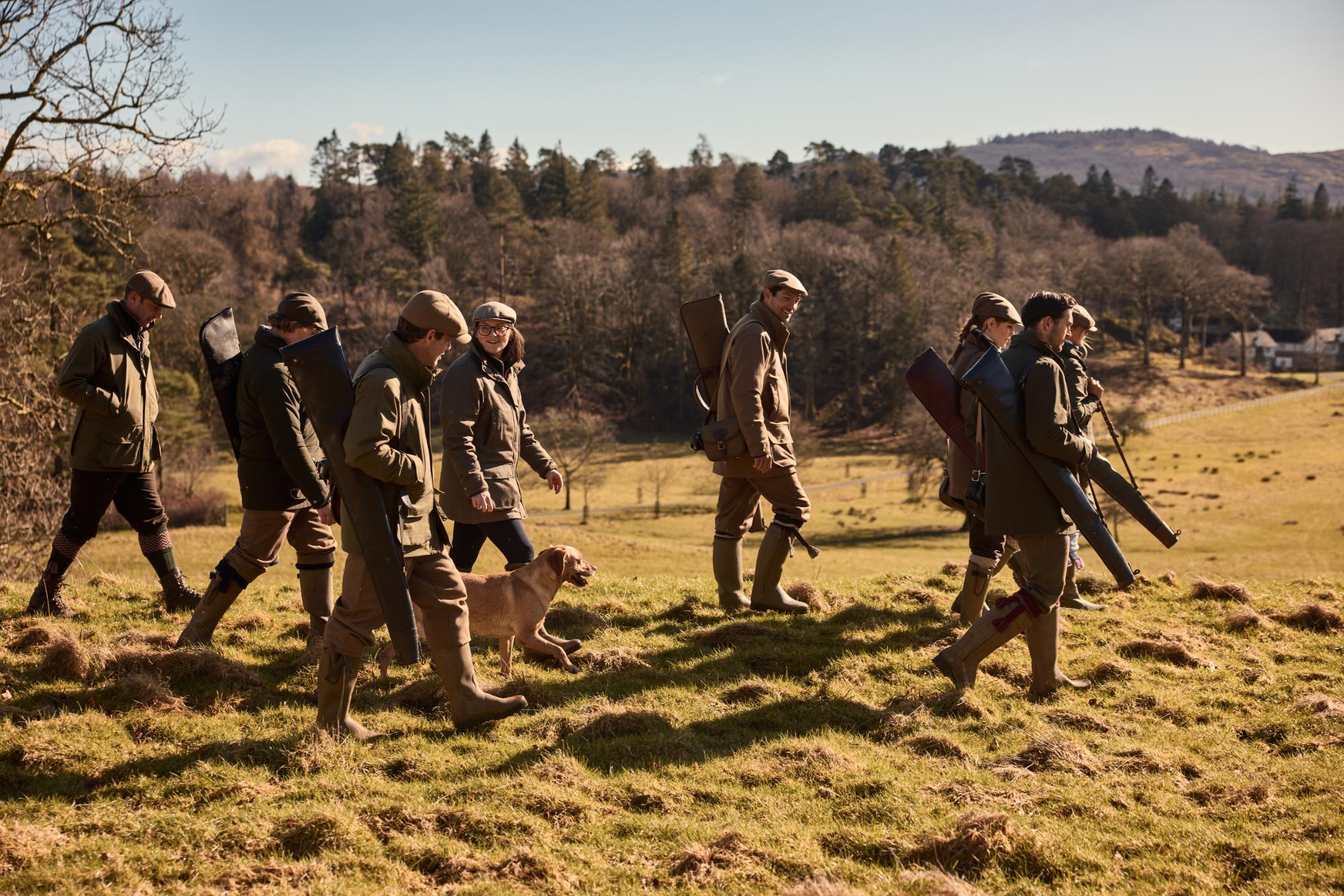

How to choose the perfect shooting jacket
Now is the time to get ready for the season ahead. From fit and fabrics to breathability ratings and features, use our guide to help you find the ultimate shooting jacket to suit your needs...
With The Game Fair behind us and the Glorious Twelfth just around the corner, it’s time to prepare for the shooting season. And that means making sure our kit and clothing is up to the task.
Of course, when it comes to kit, some things require less thought – think new batteries for your ear defenders, or another layer of wax on your trusty boots – but your choice of shooting coat warrants a little more consideration. After all, it could be the difference between a day in the field where you don’t even think about what you’re wearing, and an uncomfortable experience that hampers your enjoyment.
With this guide, we’ll help you find the perfect shooting jacket to suit your needs. Then, come the season, you can focus on the moments that matter.
What should you be thinking about when choosing a shooting jacket?
Your choice of shooting jacket will very much depend on the type of shooting you do, the time of year, your size and shape, and personal preference.
A lightweight, non-insulated jacket that offers protection from showers without making you sweat will, for example, be better suited to a day’s grouse or partridge shooting in the milder temperatures of autumn. Whereas an insulated and windproof coat will meet the demands of winter days when heavy rain is forecast or there’s a biting breeze.
Shooting coats and jackets offer varying degrees of protection from the weather. Waterproof ratings are presented in millimetres, indicating how much water pressure a fabric can withstand before water ingress. A jacket with a ‘water column’ rating of 10k mm, for example, offers a reasonable level of waterproofing but might not protect you in prolonged heavy downpours, whereas a coat with a rating of 15k mm or above is considered excellent.
Breathability – expressed as ‘MVTR’ or ‘RET’ – is the other part of the equation; a super-waterproof coat will be uncomfortable if it does not allow water vapour (perspiration) to escape.
MVTR (Moisture Vapour Transmission Rate) is measured in grams (g/m2) and indicates how much moisture can pass through a square metre of fabric in a 24-hour period. The higher the figure, the more breathable the jacket.
RET (Resistance of Evaporation of a Textile), on the other hand, measures a fabric’s resistance to passage of water vapour. The lower the RET, the greater the breathability. Jackets with an MVTR of 15k or more, or an RET of less than 10m2/Pa/W, are considered very breathable.
It naturally follows that the degree of physical activity involved in your shooting is another thing to bear in mind. A day’s rough shooting that involves a lot of walking through thick cover or over challenging terrain is, after all, quite different to standing on a peg when driven shooting.
For the former, consider the length of the coat and how easy it will be to walk in when picking your legs up in high cover. Think about how durable the fabrics are in the face of briars and thorns, and how easy the coat might be to pack away into a gamebag if you wish to take it off and carry it.
For driven shooting, freedom of movement when mounting and swinging your gun is paramount, as is the design and placement of cartridge pockets, allowing you to load quickly and smoothly. A non-bulky waterproof shooting jacket that doesn’t become heavy as it gets wet is a wise starting point.
Giving thought to how you will wear your shooting jacket or coat is also important. Do you like to wear layers underneath your jacket? Maybe you’re looking for a coat that you can wear in the field but also around town, to the office, the races, or for rainy school runs?
Versatility is a key factor that many people place great value on today, which is where shape and fit come into play; the very finest shooting jackets not only protect you from the elements and allow you to move freely, but they also look great – technical performance and style needn’t be mutually exclusive.
Finally, consider how easy your jacket is to care for, and any warranty periods. All of our shooting jackets at Schöffel Country come with a two-year manufacturing warranty, and the majority of styles are machine washable. Some of our shooting coats even have stain-resistant finishes.
What is the best material for a shooting jacket?
There are numerous materials and technologies to choose from when searching for your ideal shooting coat. Each has its own merits, though performance should always be the priority.
Indeed, ‘performance’ is central to the origins of Schöffel Country – the very start of our brand story... The idea for the UK’s first 100% waterproof and windproof, breathable and machine-washable coat for the country market – the original Ptarmigan Shooting Coat – was conceived by our founder Corry Cavell-Taylor on a cold and wet day’s shooting in Northamptonshire, just a week after he'd managed to stay warm and dry skiing in minus 31 degrees wearing clothing from the Schöffel Ski range. Corry saw a need for such technical performance in the shooting field.
That was in 1992. Ever since, Schöffel Country has continued to draw on the two centuries of expertise and experience of Schöffel, and we now use several fabric technologies:
Toray Dermizax uses a poreless, hydrophilic membrane system to keep you dry in the harshest of weather, increasing in breathability as you become warmer during activity. Extremely lightweight and featuring multi-directional stretch, it is very well-suited to high-performing shooting jackets.
Venturi is the weatherproof clothing technology system available exclusively from Schöffel. It combines different membranes and outer fabrics for maximum performance. Garments that utilise Venturi are windproof, waterproof, highly breathable, fast-drying, and soft to the touch.
Perhaps the best-known fabric technology that is often used in shooting jackets is GORE-TEX, which excels in blocking liquid water while allowing water vapour to pass through its pores, keeping you dry and comfortable at all times.
And we can’t forget our British-milled tweed. A product of sustainably sourced wool and age-old skills, tweed is the original performance fabric that fuses tradition with breathable warmth, boasting an array of natural characteristics that provide practical comfort and refined style. Featuring technical liners, membranes and water- and stain-resistant finishes, our tweed shooting coats will protect you from the very worst weather.
What features should I be looking for in a shooting jacket?
We’re firm believers that every feature on a shooting jacket should earn its place – a feature is only added if it genuinely makes a positive difference and improves functionality. No gimmicks.
If we start from the top and work our way down, hoods are first up. The hoods on our shooting jackets are detachable and/or easily stowed away if not in use. Crucially, they are adjustable too, allowing you to find the perfect fit even when you’re wearing a peaked flat cap and ear defenders.
Next up: collars. On our shooting coats they’re designed to offer protection from the weather without interfering with gun mount. Quality two-way YKK zips, meanwhile, translate to reliability and accessibility. These small details matter.
The cut and shape of our coats is a real point of distinction. Designed with added stretch in all the right places or underarm gussets, our shooting jackets fit well and look smart but do not hinder movement. Available in ‘classic’ or ‘sporting’ fits to suit different body shapes, often with adjustable drawcords at the waist, there really is something for everyone.
A coat would be nothing without pockets. And yet, pockets are only worth having if they’re well placed. Many of our shooting coats at Schöffel Country feature large bellows cartridge pockets, with retainer straps to keep them open for easy access and smooth loading, microfleece-lined hand-warming pockets, and internal pockets for valuables like car keys.
Designed to stop water running down your wrist and forearm when shooting in wet weather, elasticated storm cuffs are another welcome feature that help to keep the rain at bay.
How should I layer for a shoot day?
Layers give you options when shooting, allowing you to more easily regulate your temperature and transition from one setting to the next in comfort and confidence.
Versatility is the name of the game. In the same day, you might be standing by the peg, moving and mounting your gun, walking to help pick birds, and sitting indoors for a hot meal. So you need a layering system that will keep you warm when inactive, won’t restrict your movement or gun mount when it comes to shooting, and can be adapted easily through the day as you remove, swap and change layers to suit the situation.
For shooting, avoid thick and bulky layers. Investing in quality fabrics that have a high warmth to weight ratio and are naturally moisture wicking will also pay dividends. Merino wool blend and lambswool jumpers make ideal mid layers for shooting, as they are smart when worn on their own, too. Our fleece gilets are also popular, as they add warmth without restricting movement. On an early season day, you might even opt to shoot in your gilet and shirt sleeves – or a Schöffel shooting waistcoat.
The options are many and varied – but it’s always worth taking the time to get it right...
You can also read our guide on what to wear grouse shooting and what to wear pheasant shooting.
